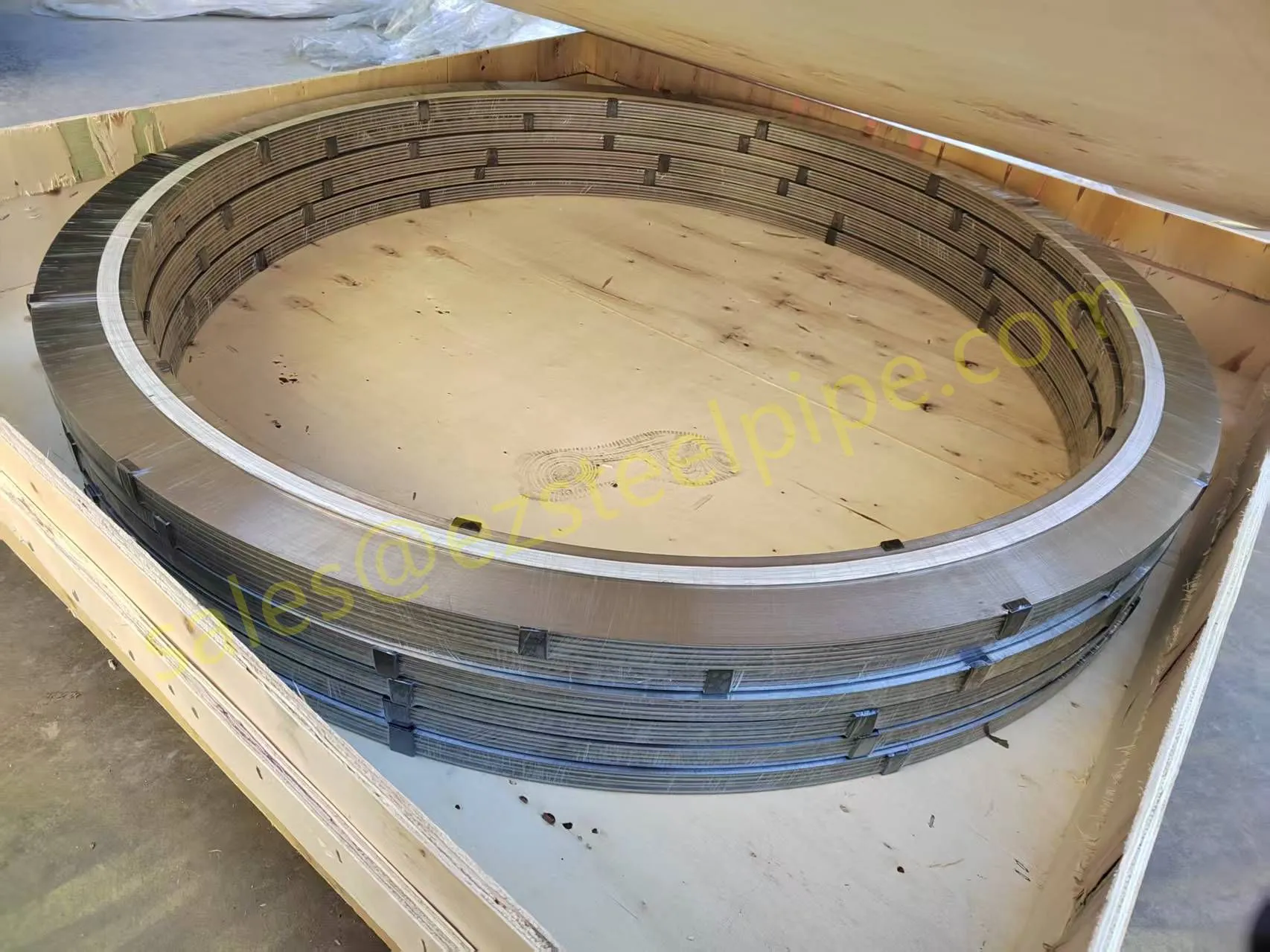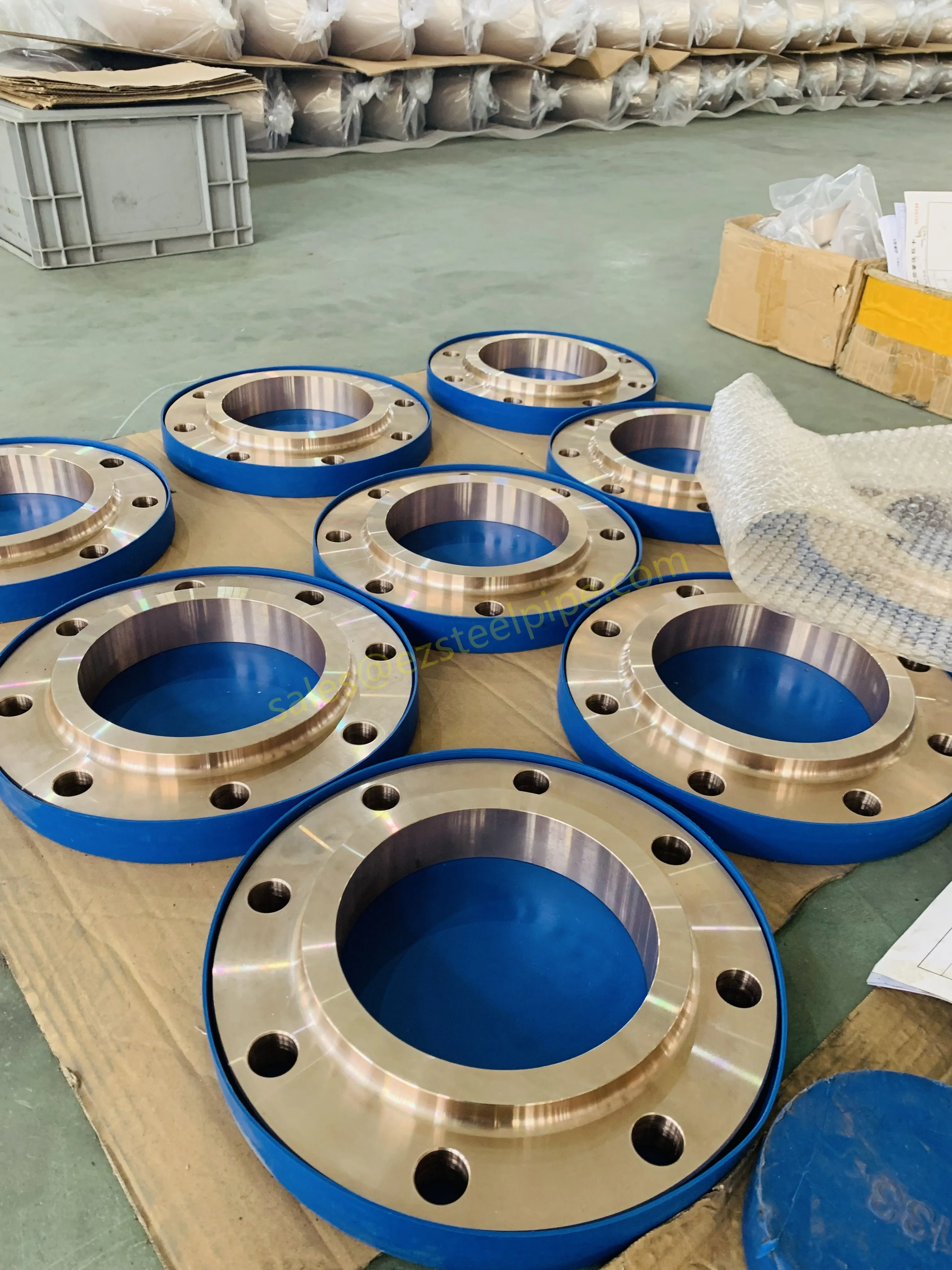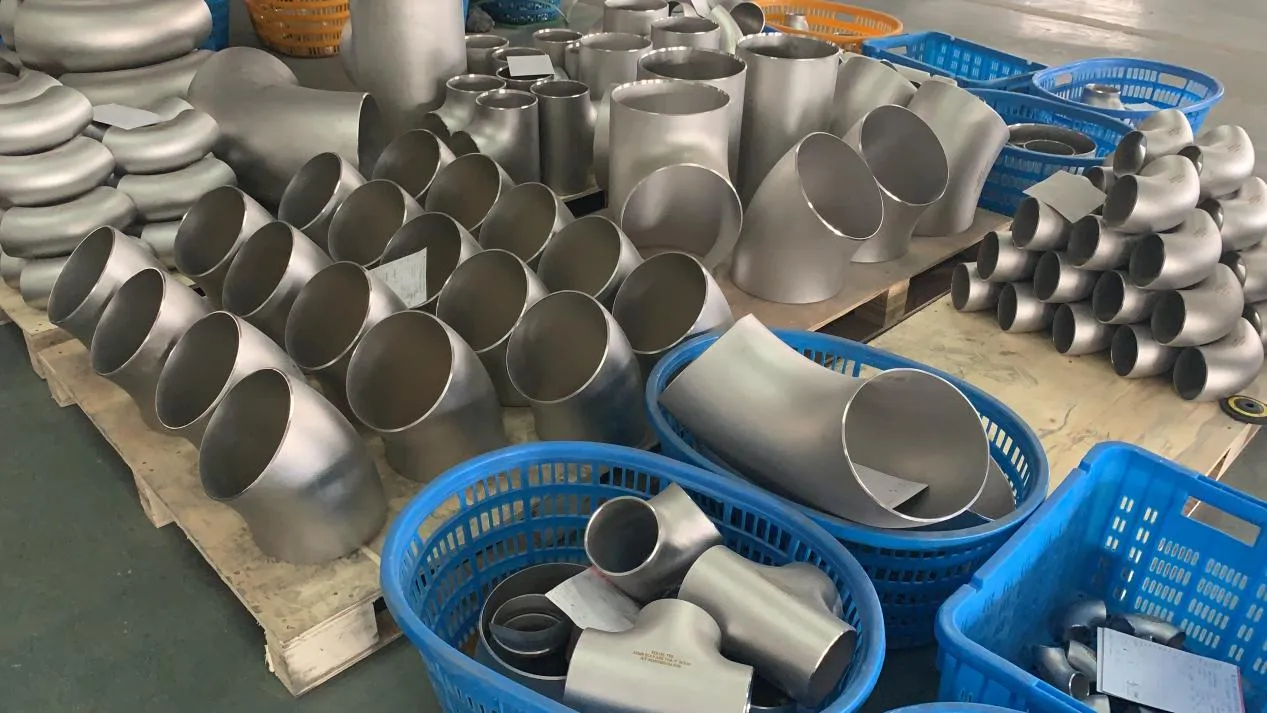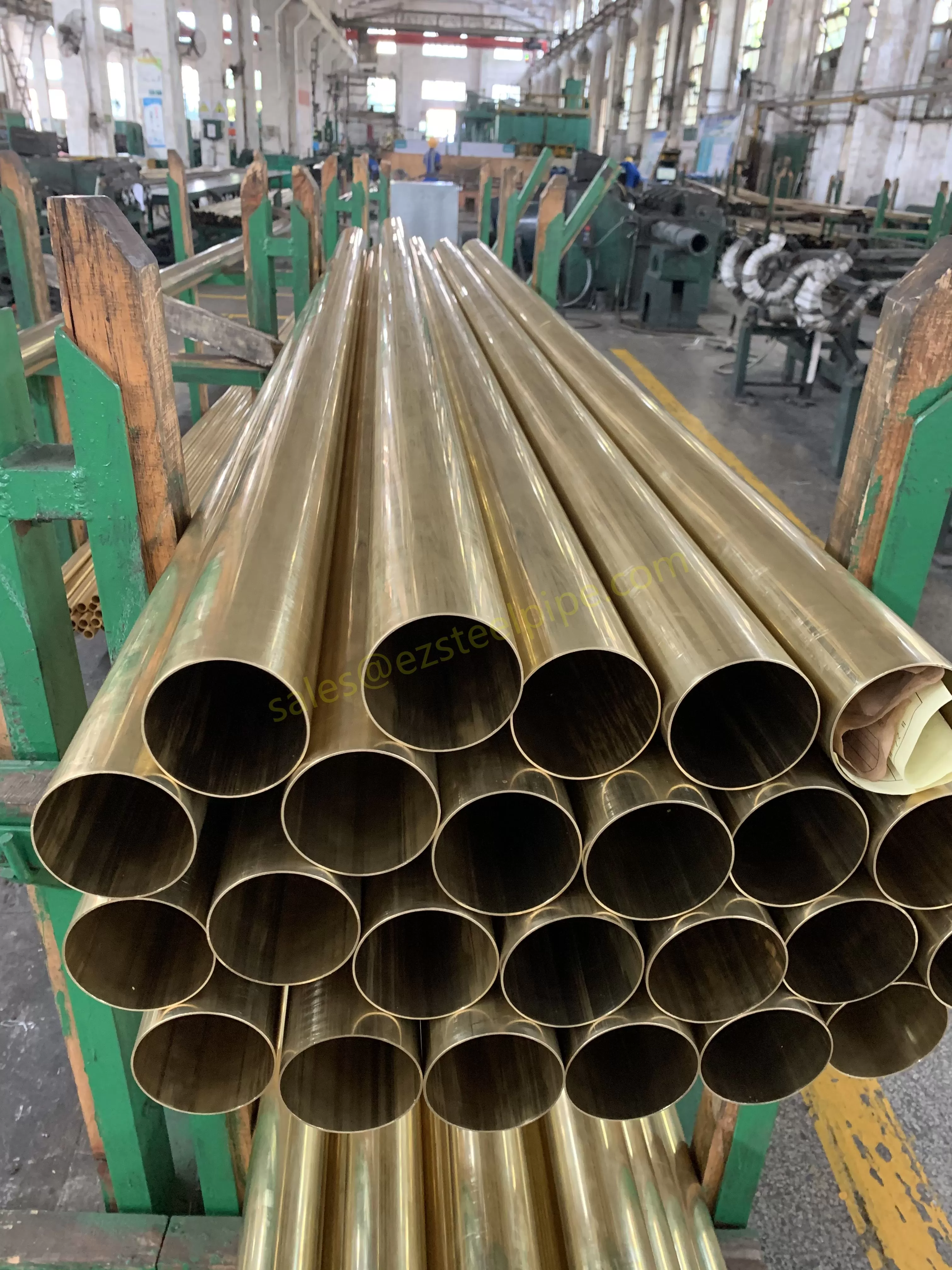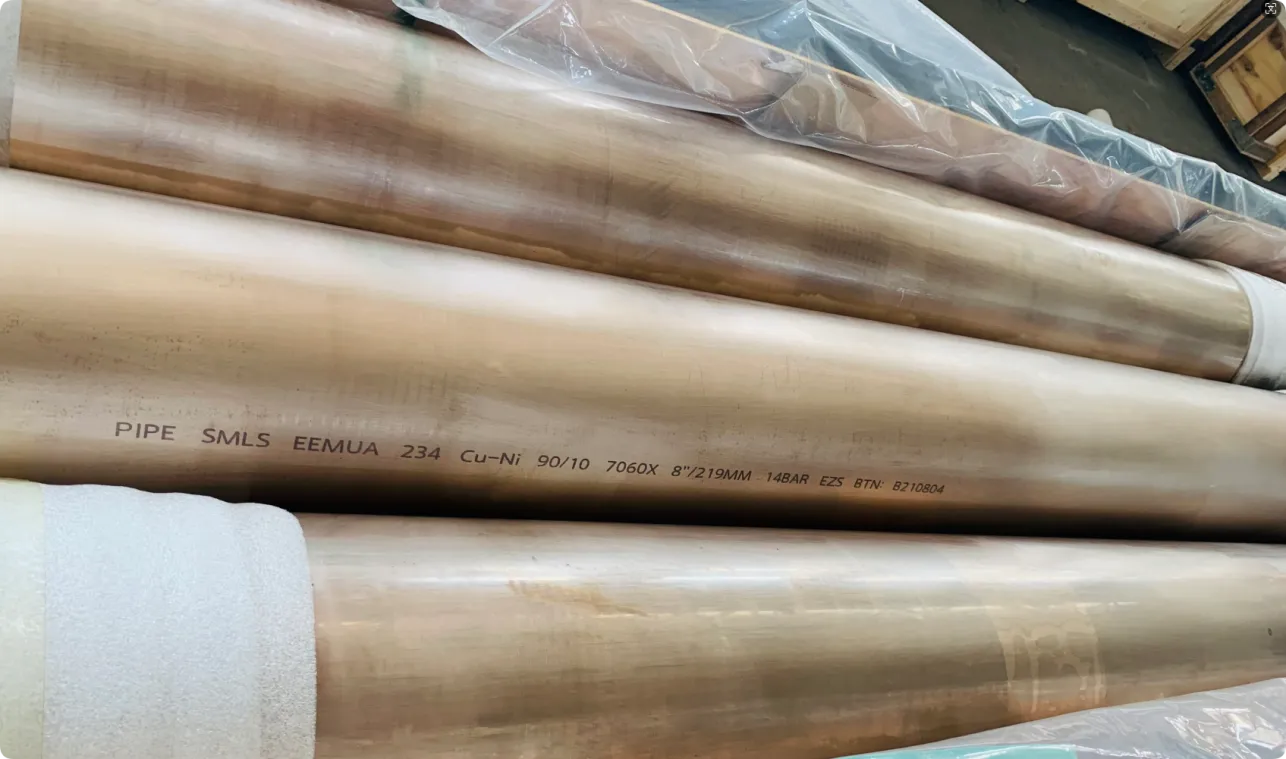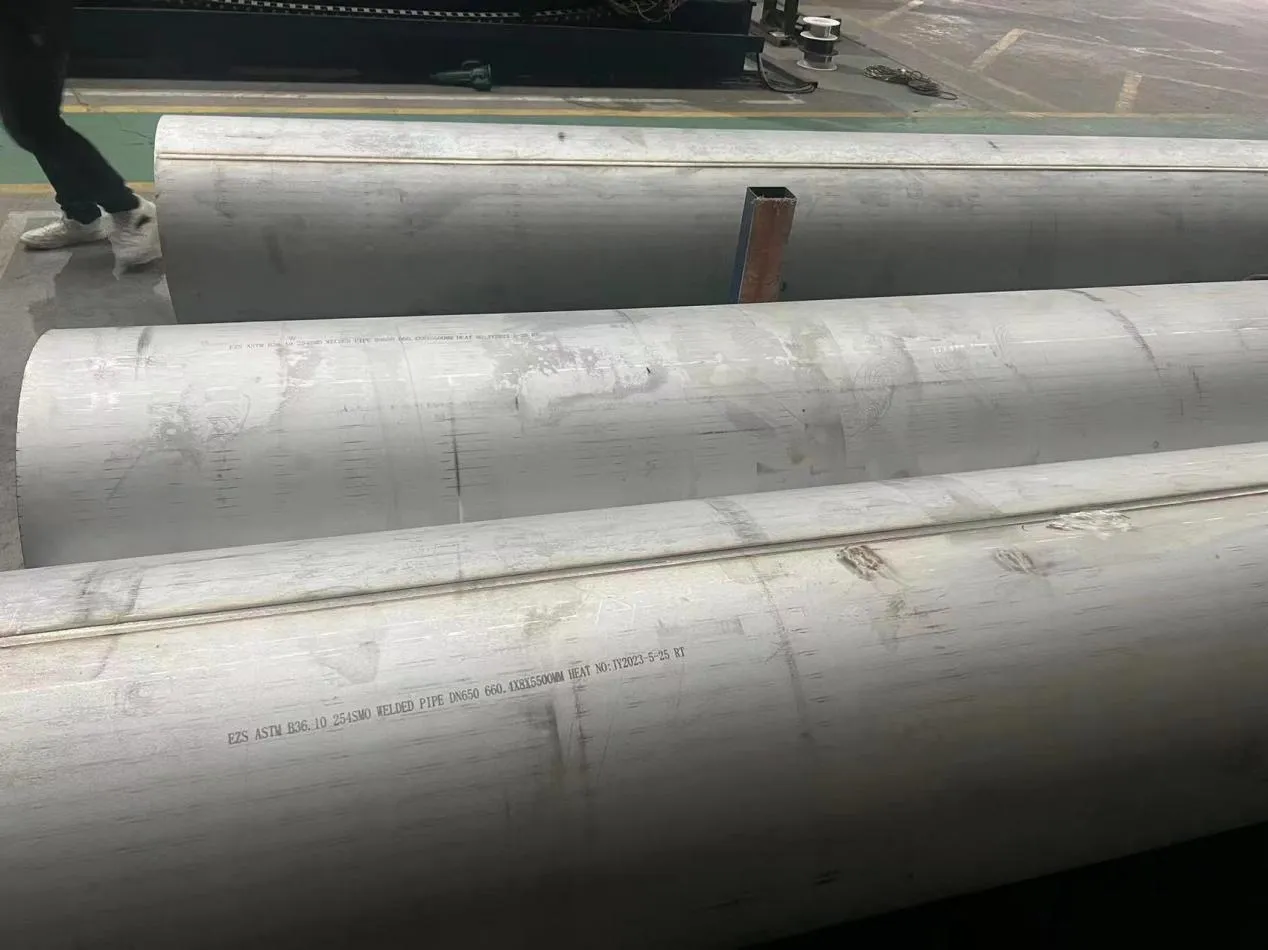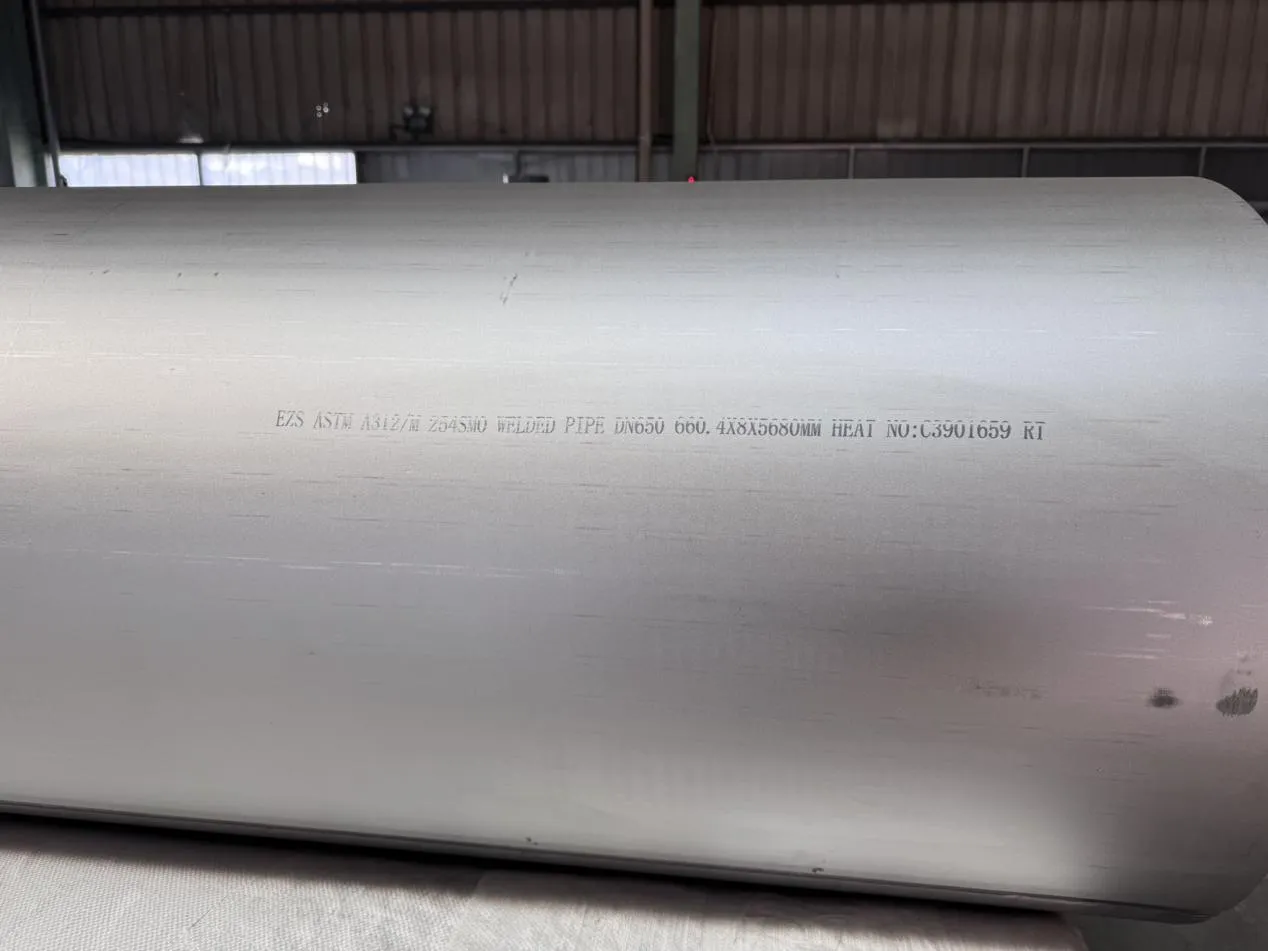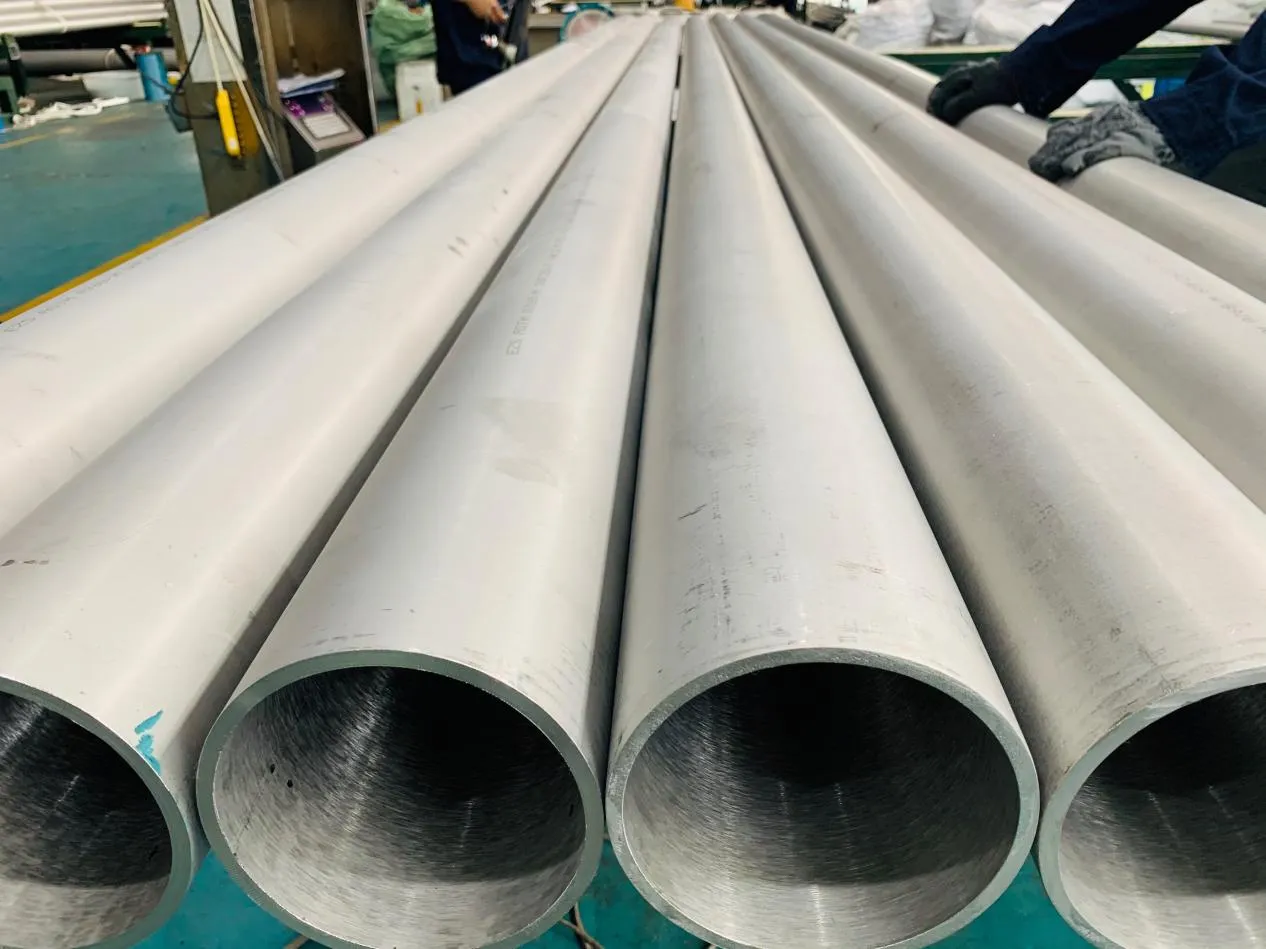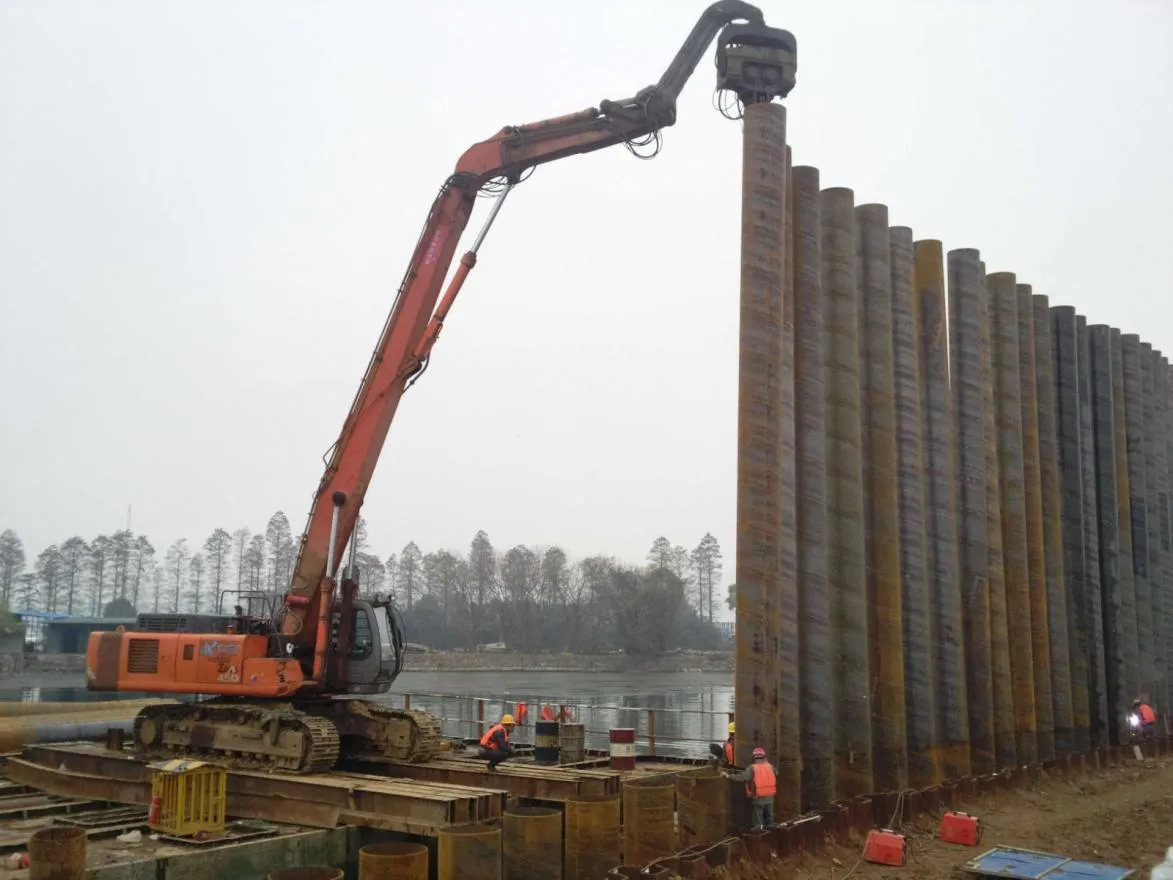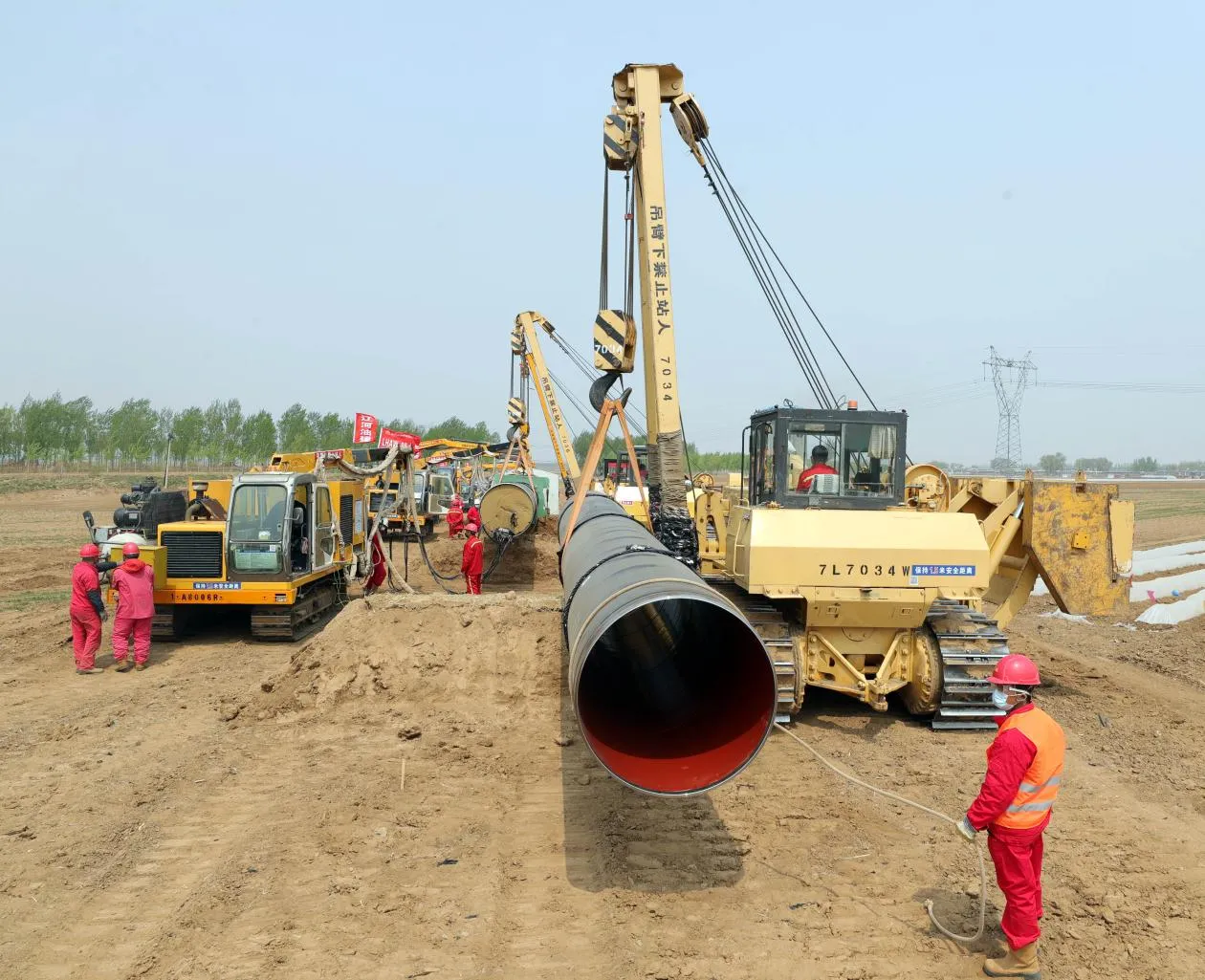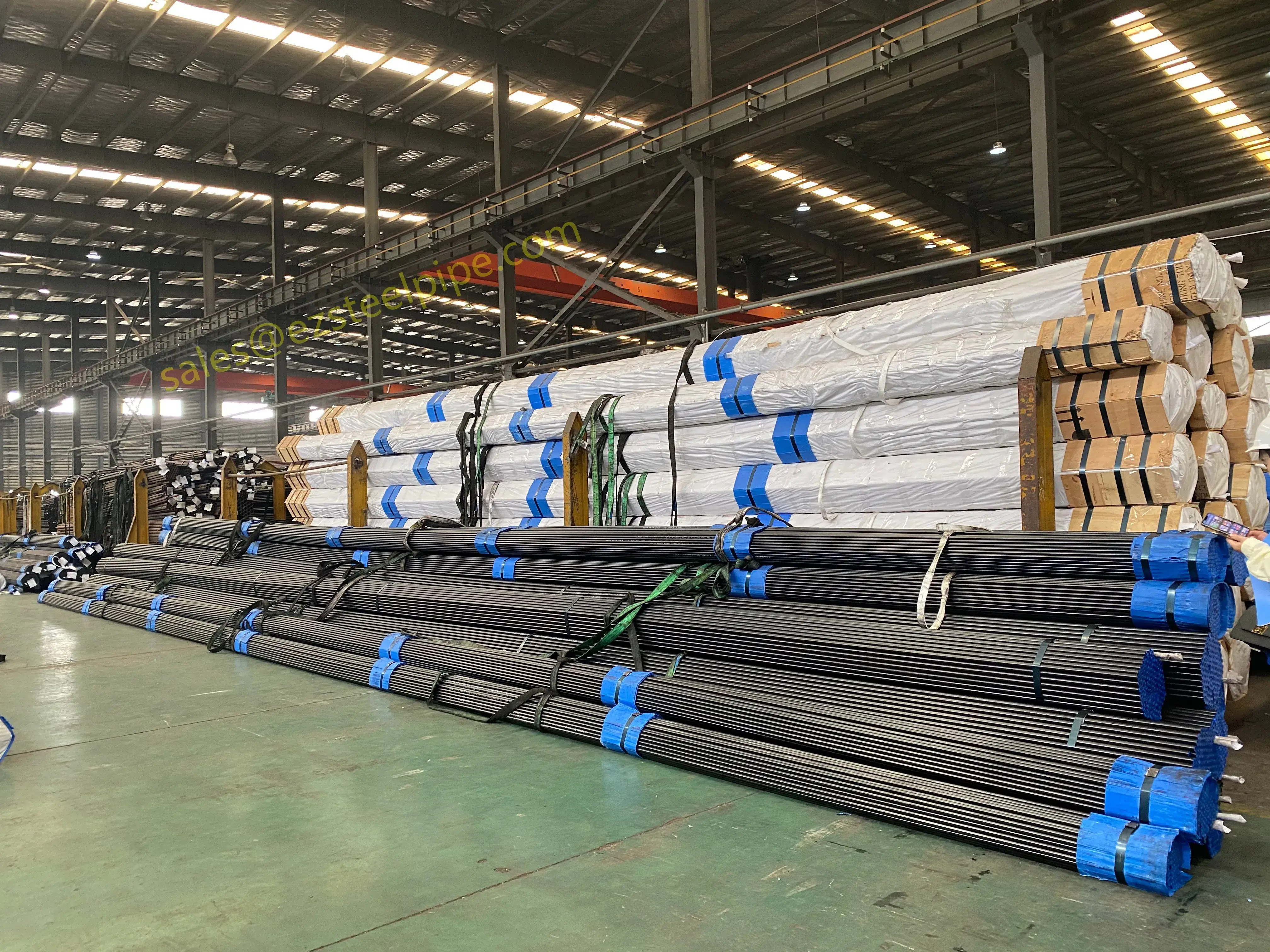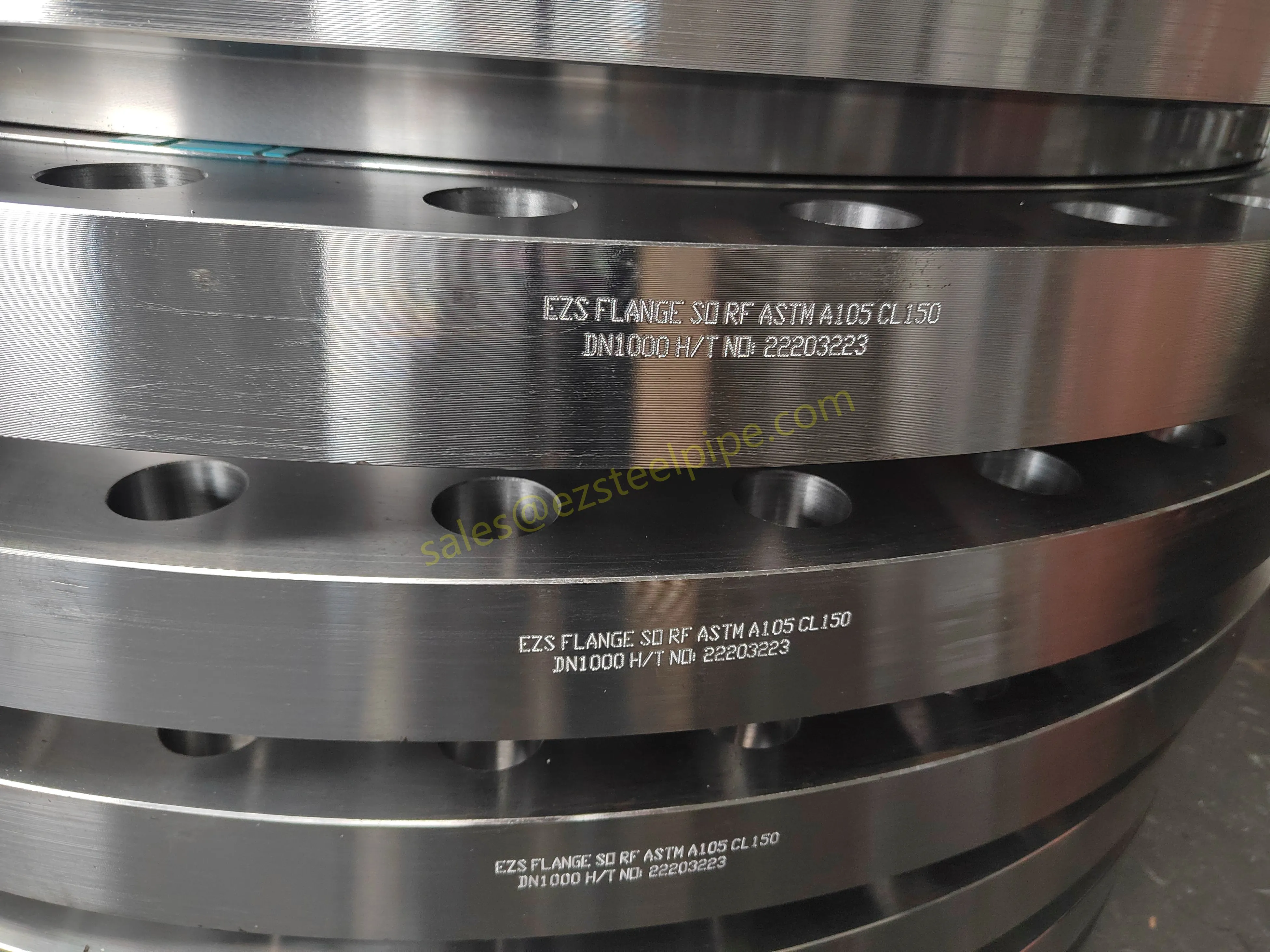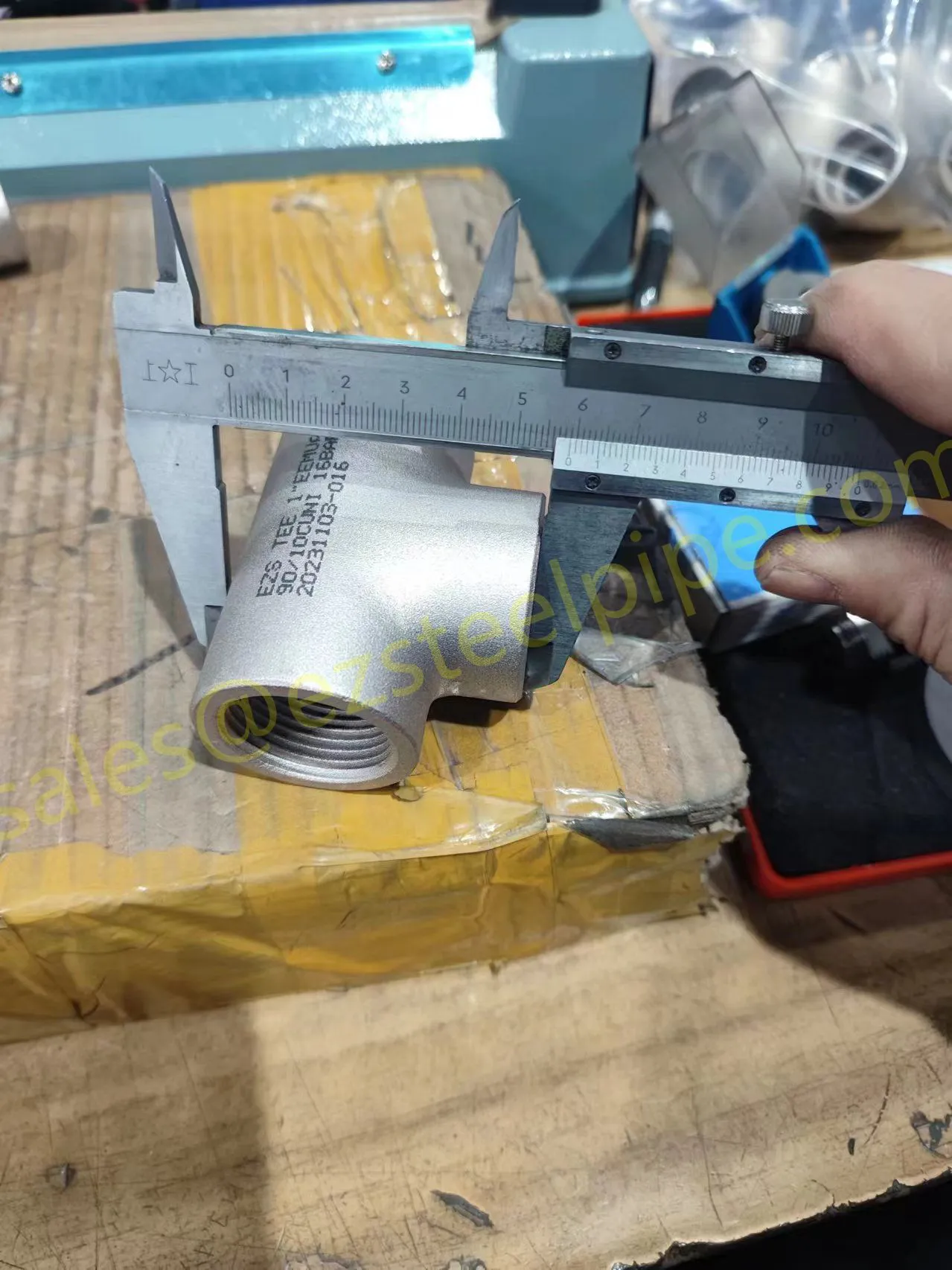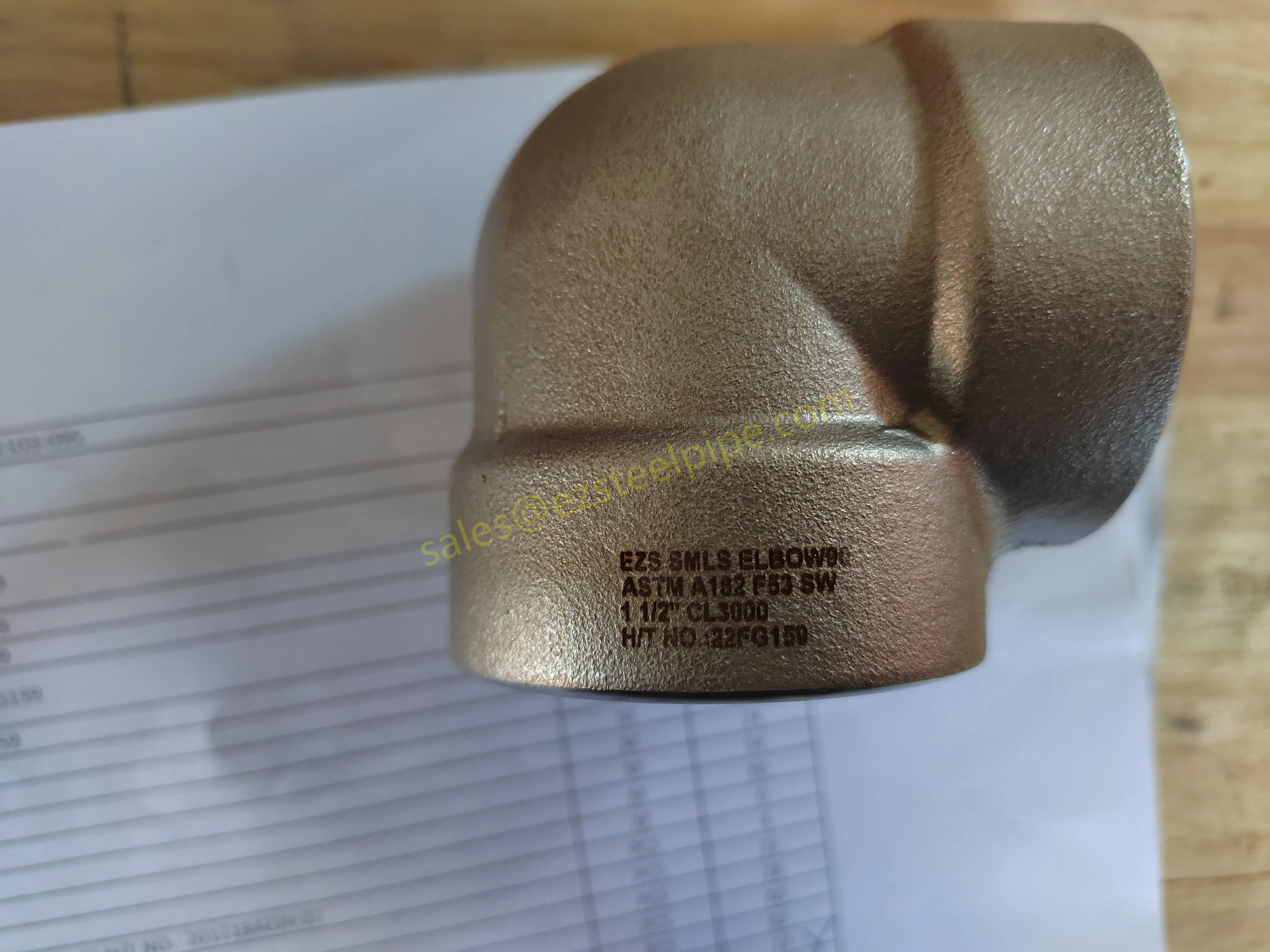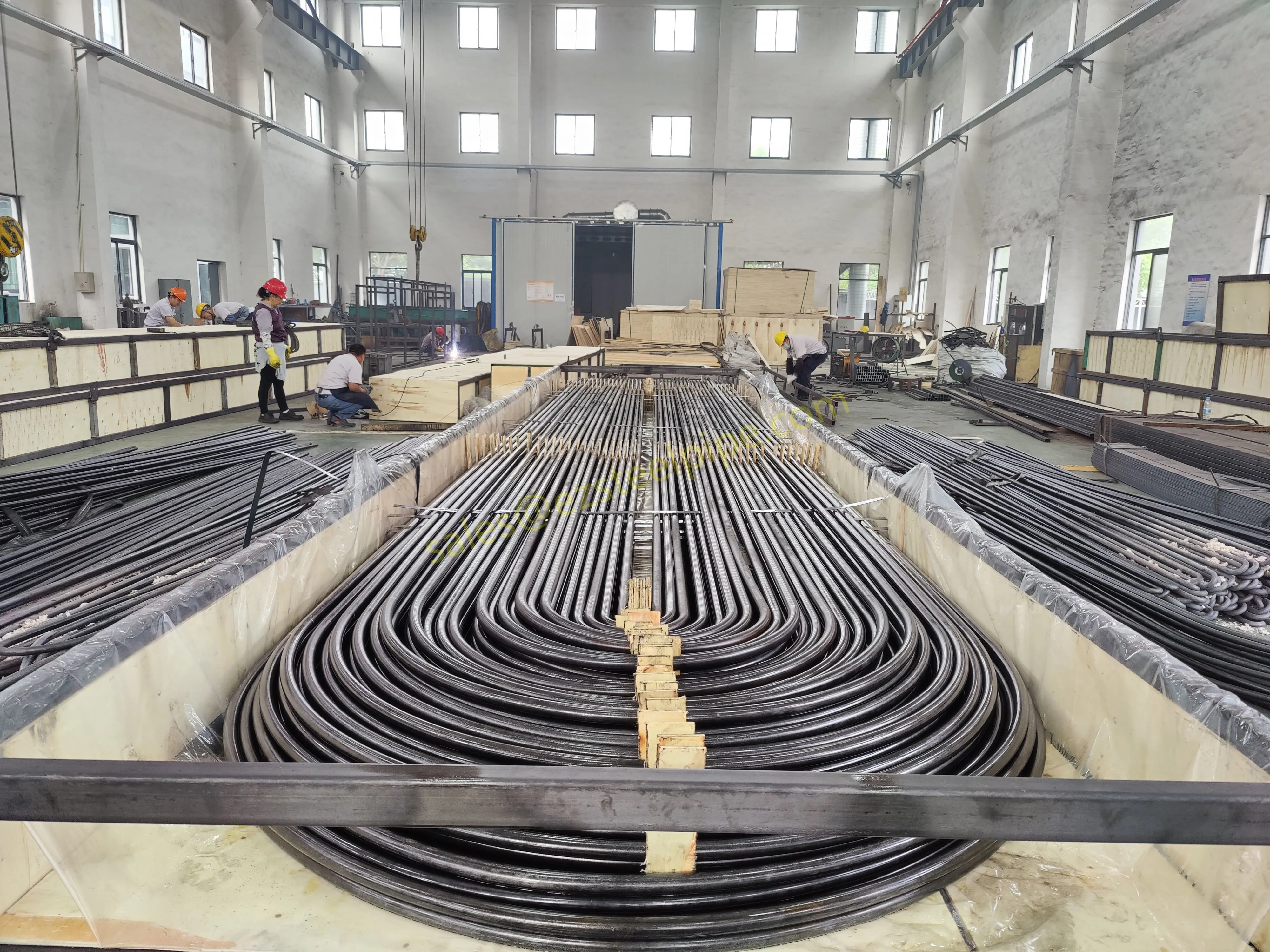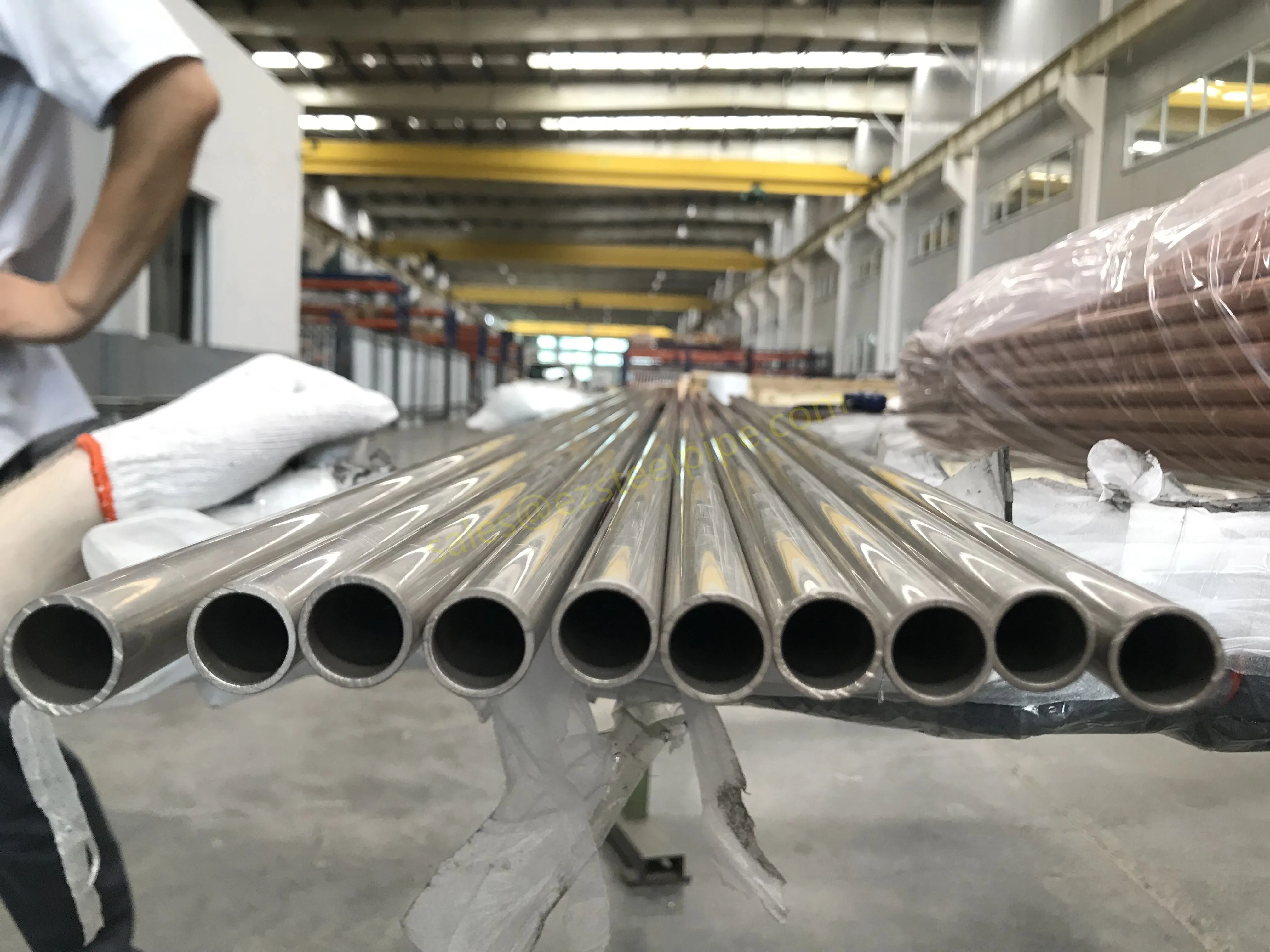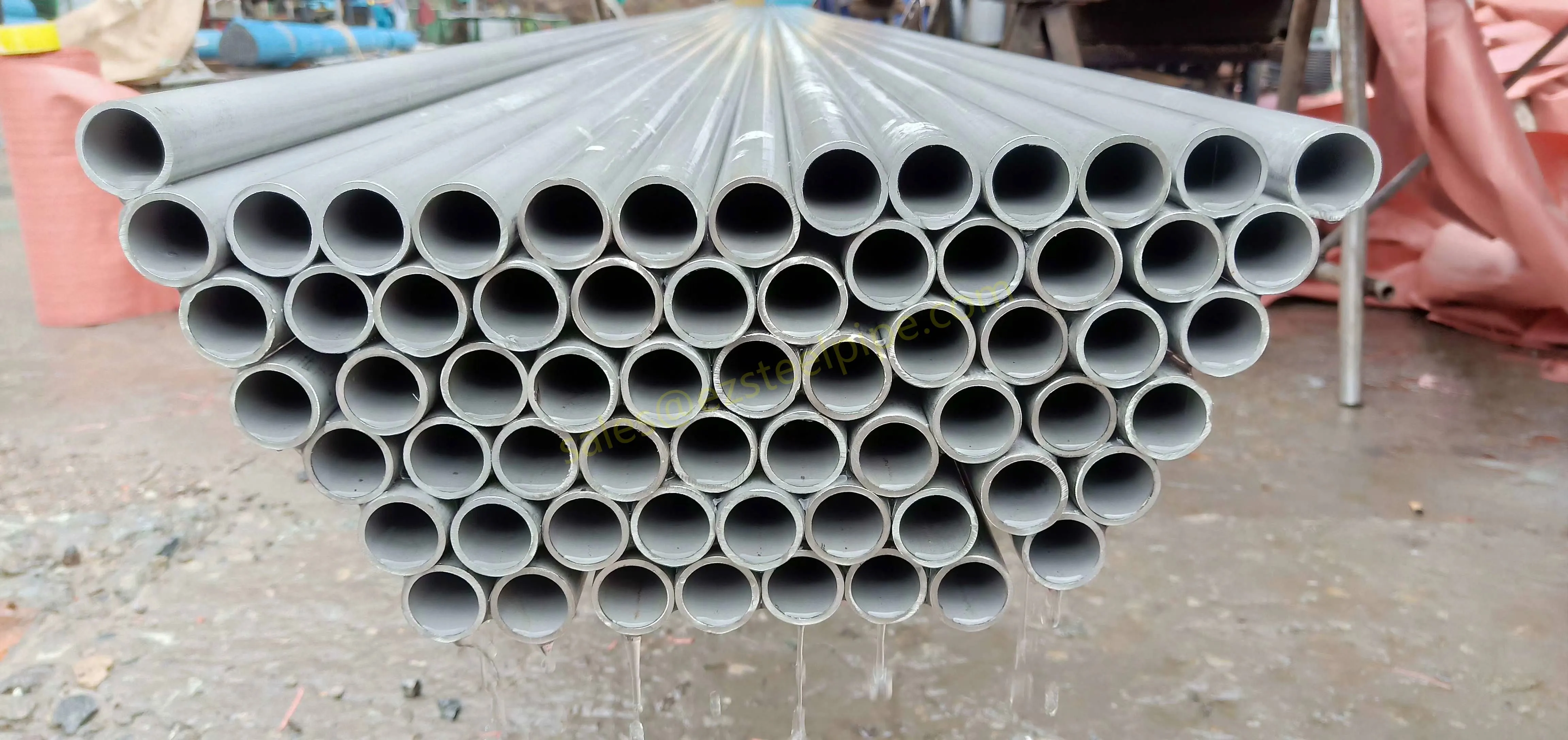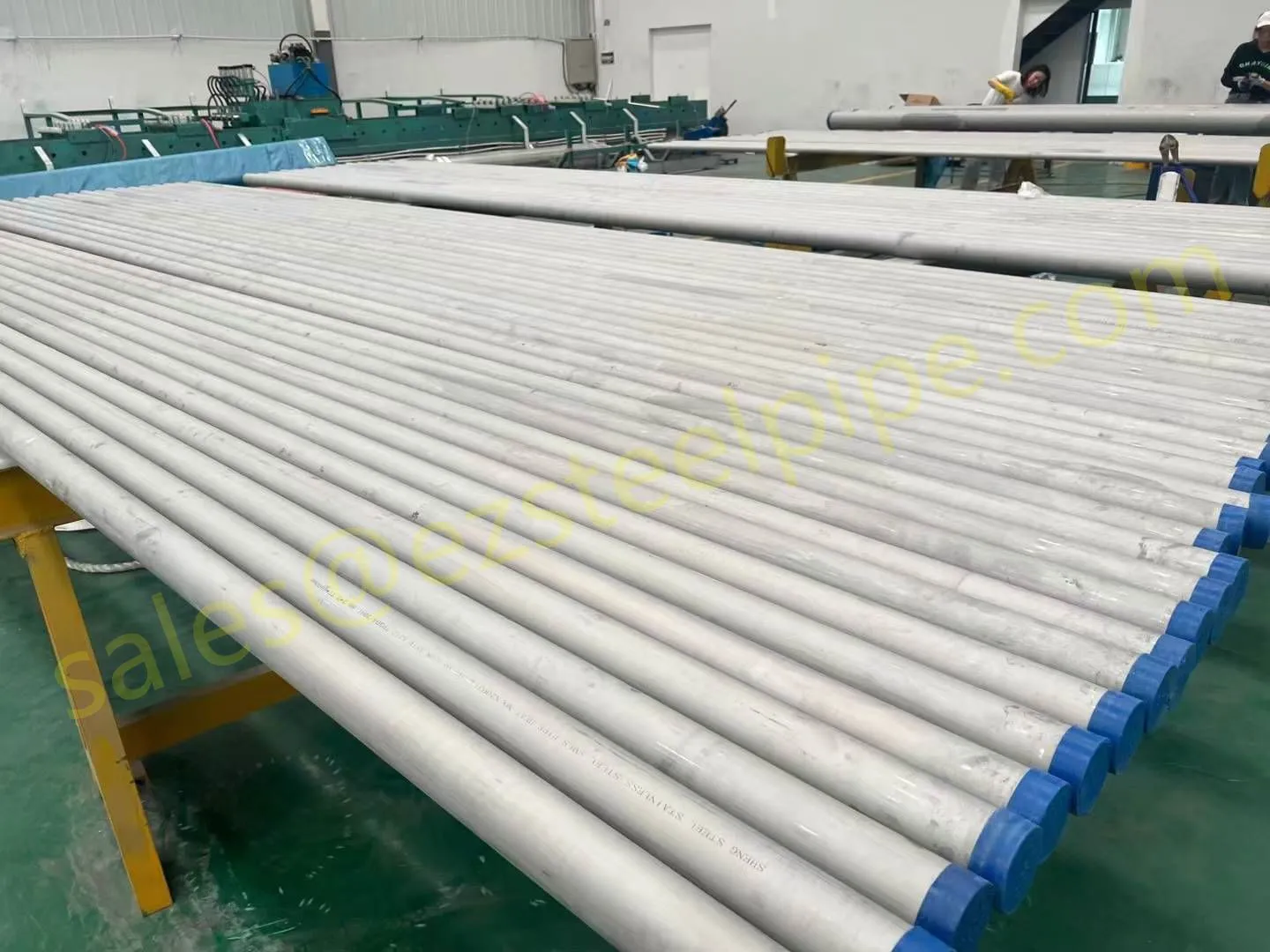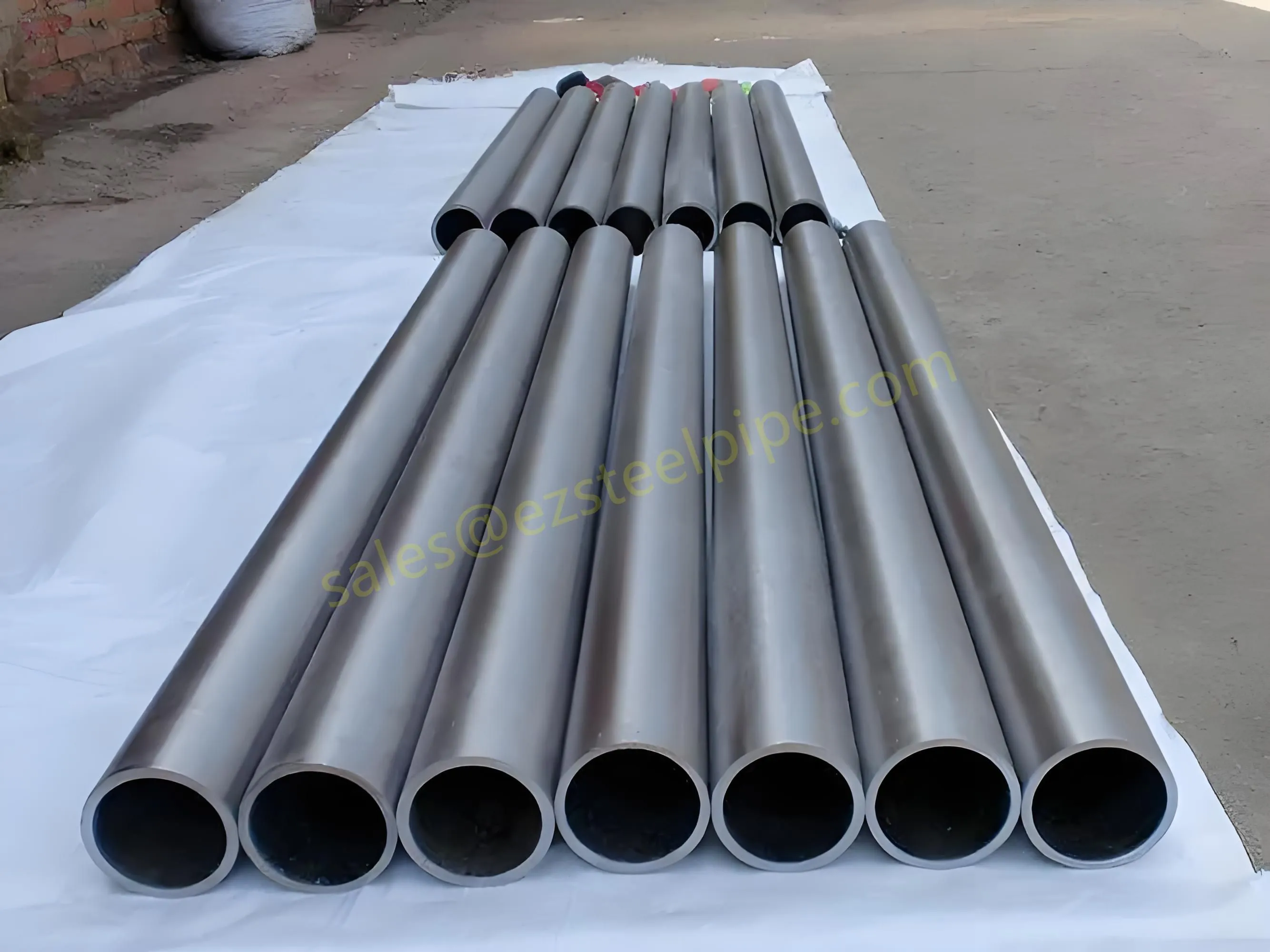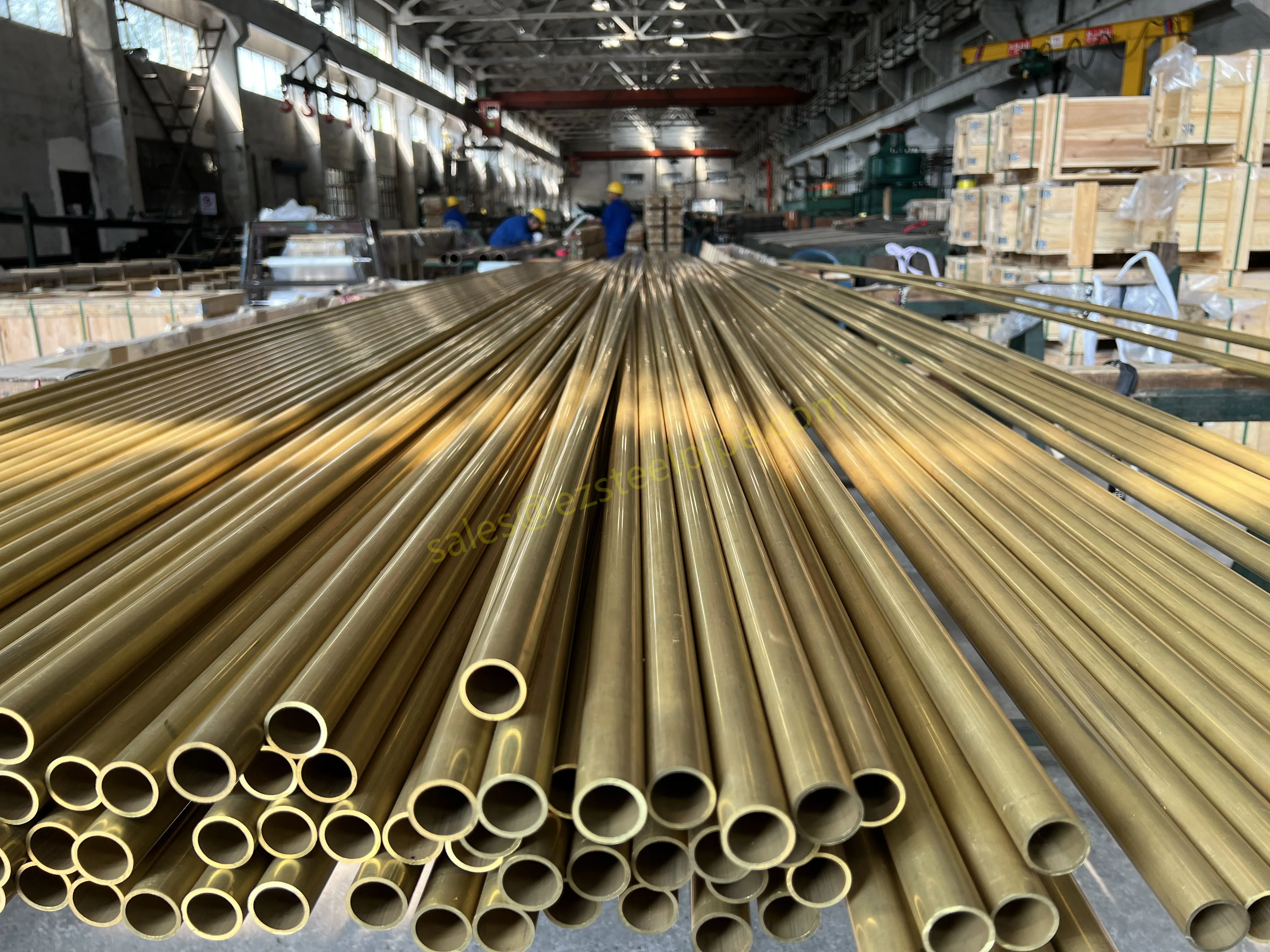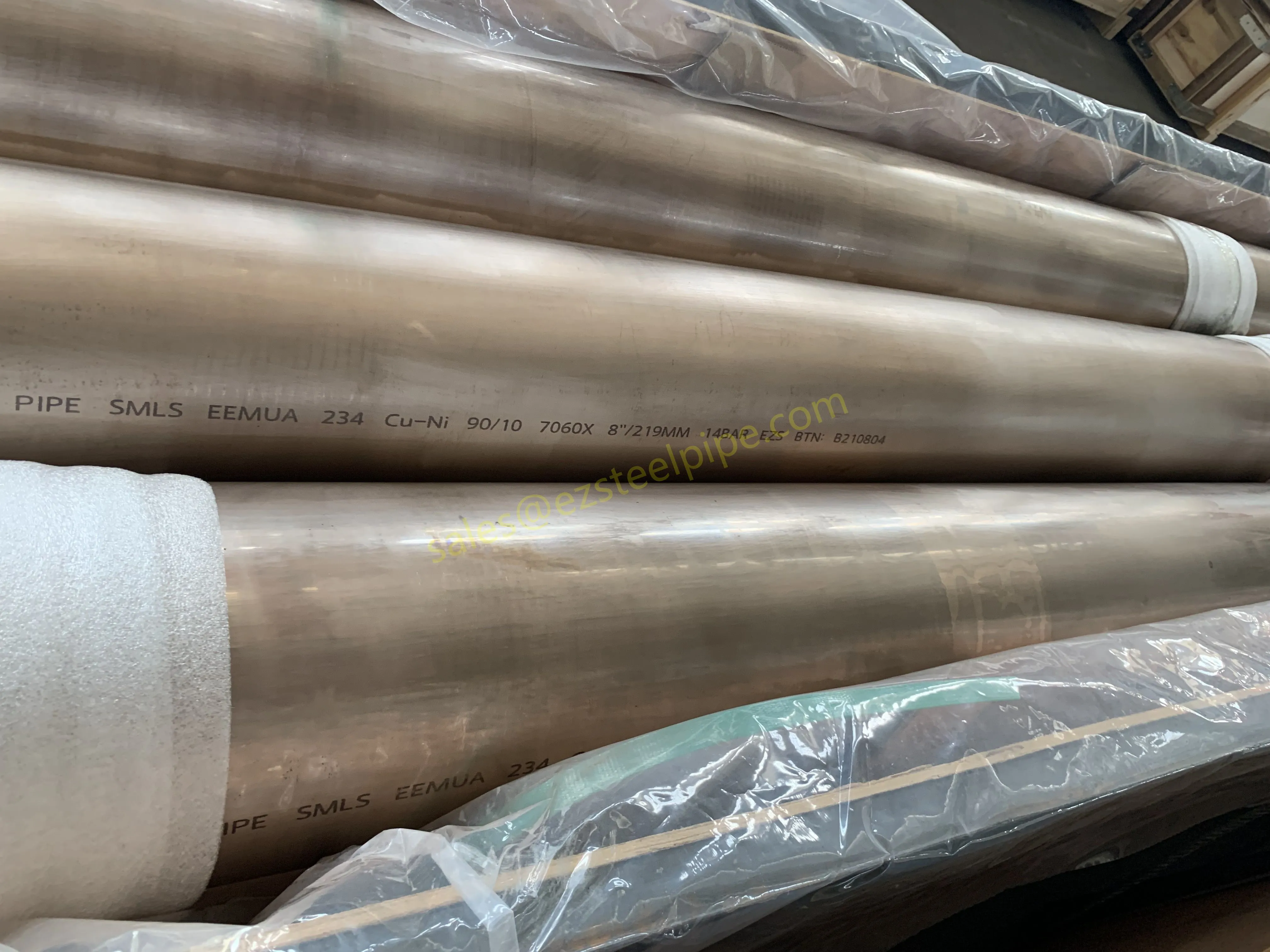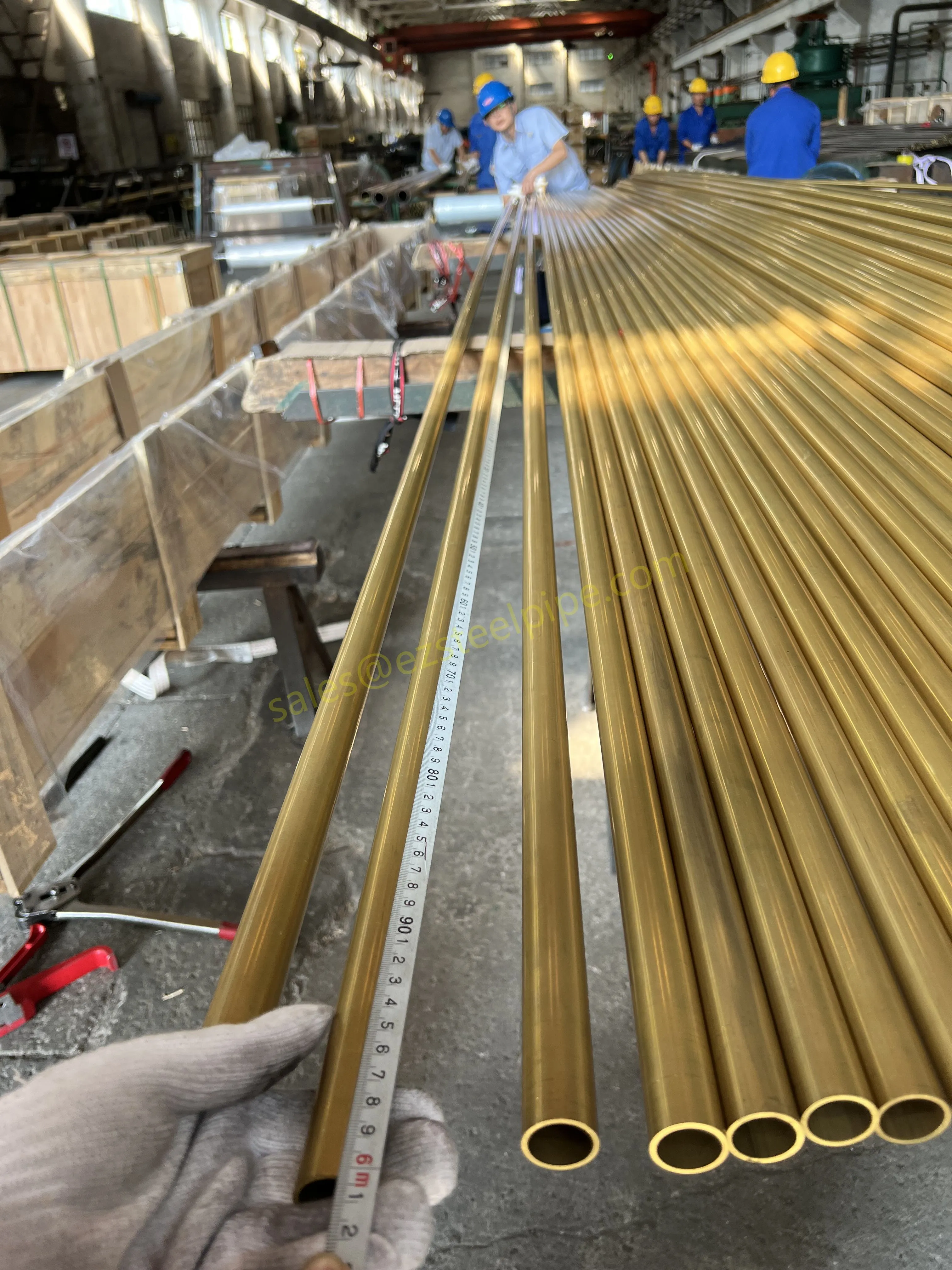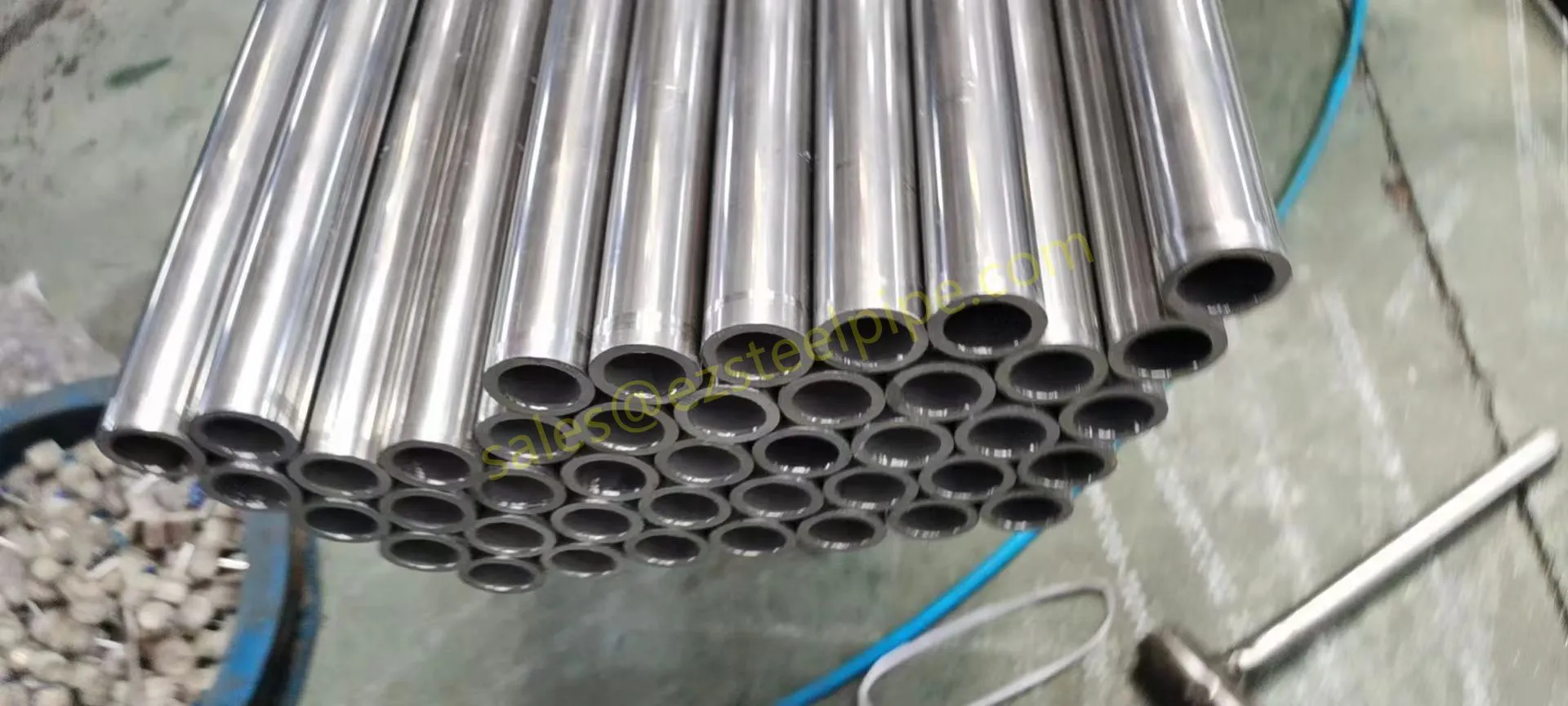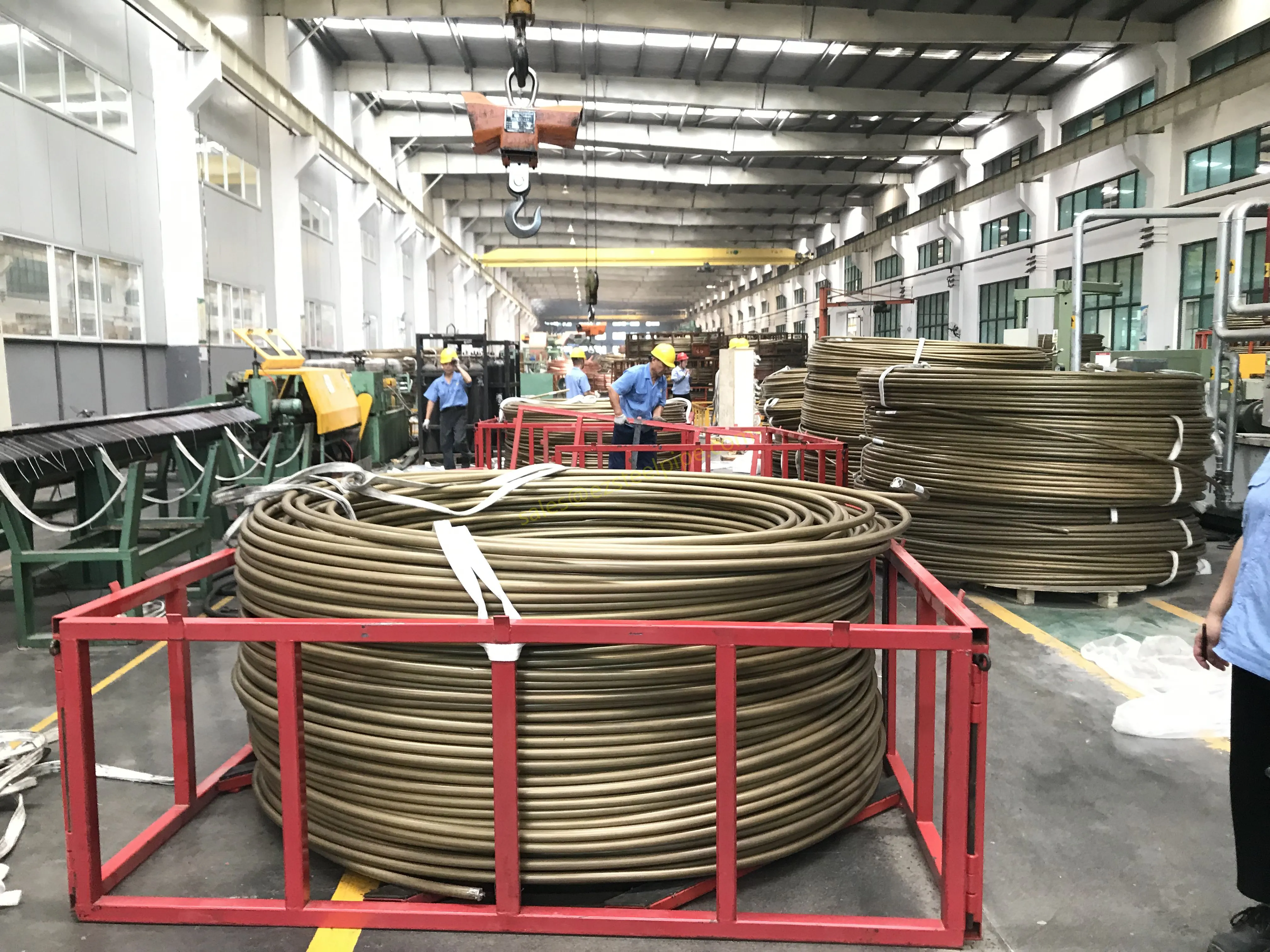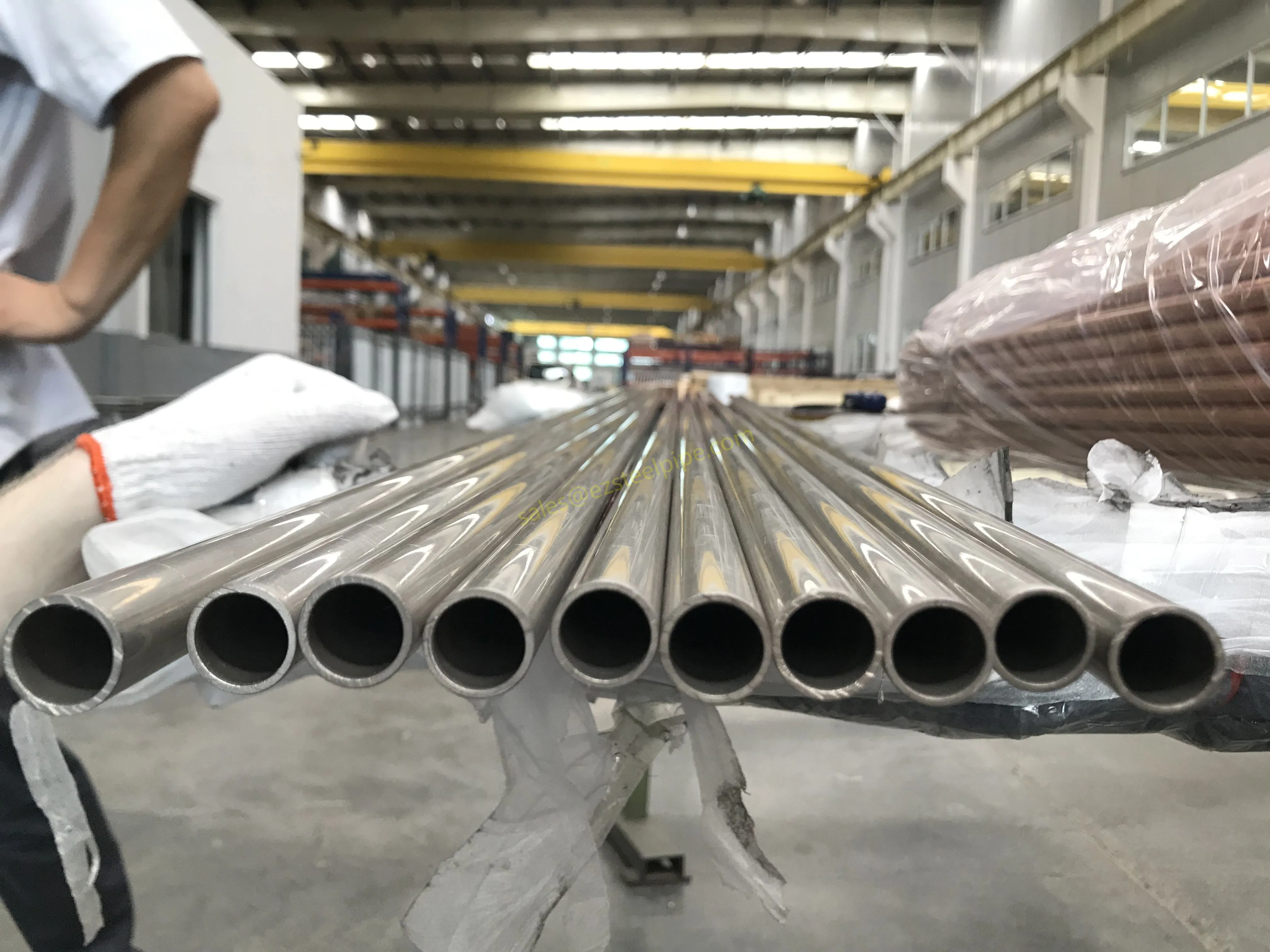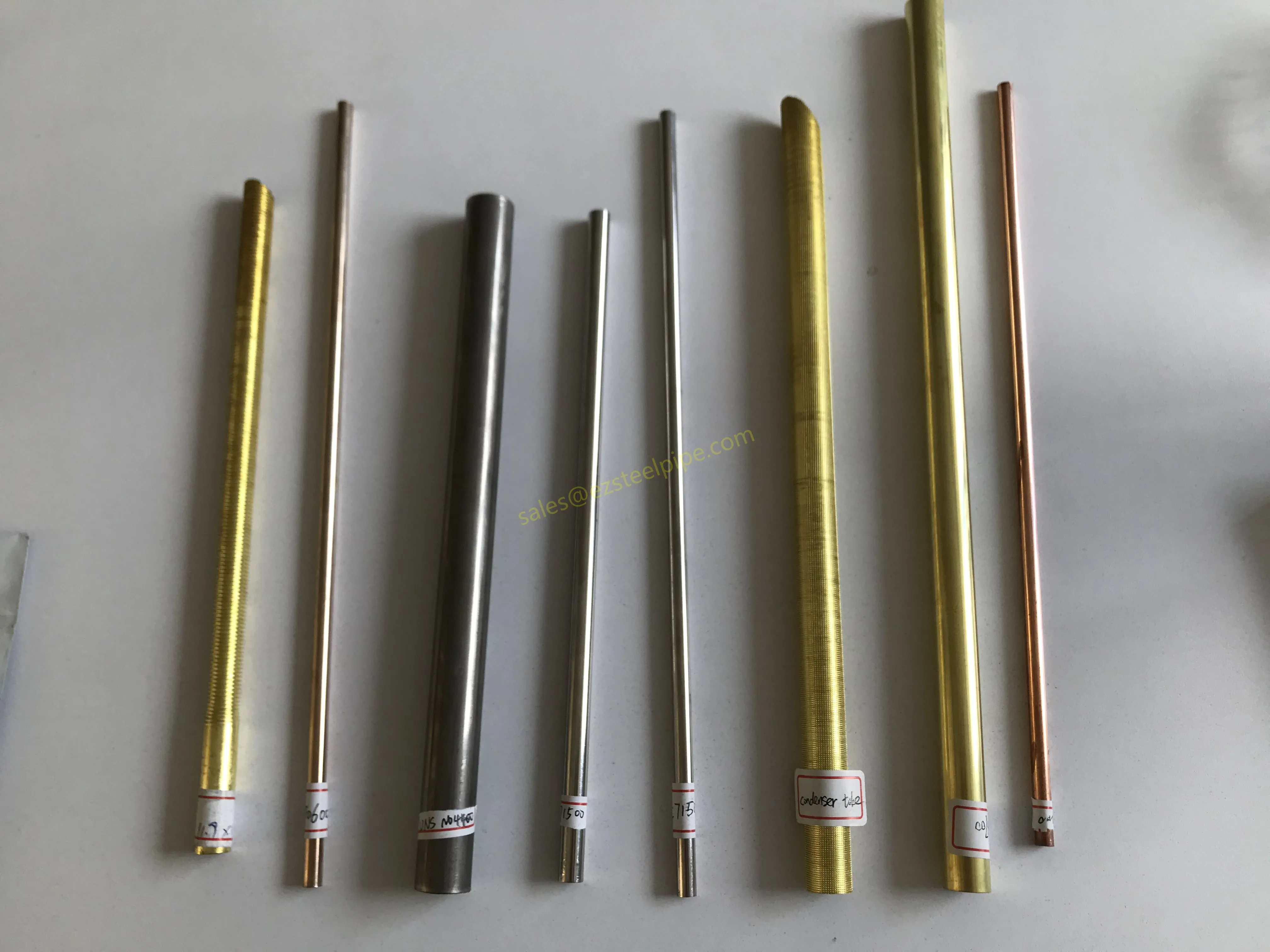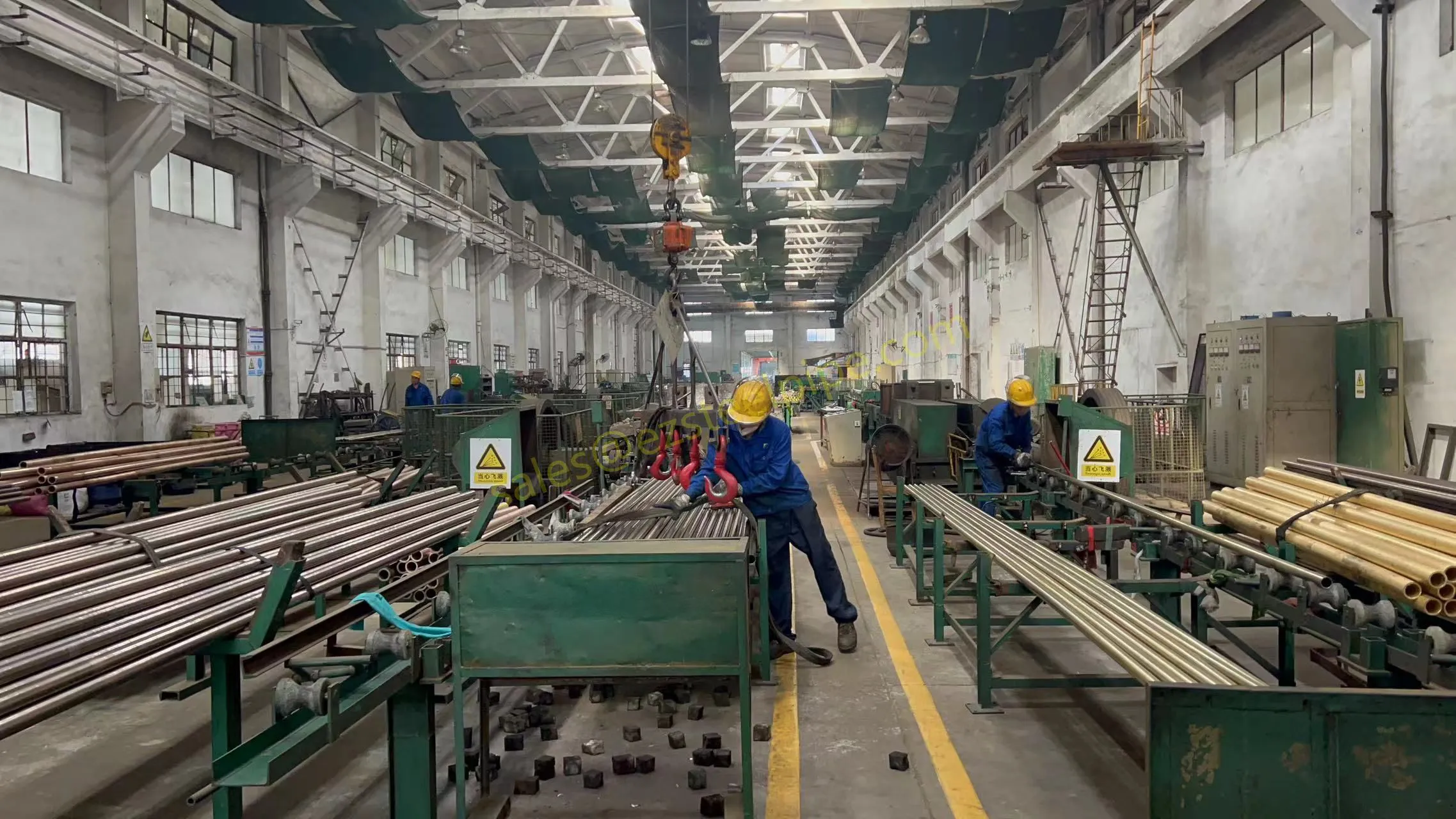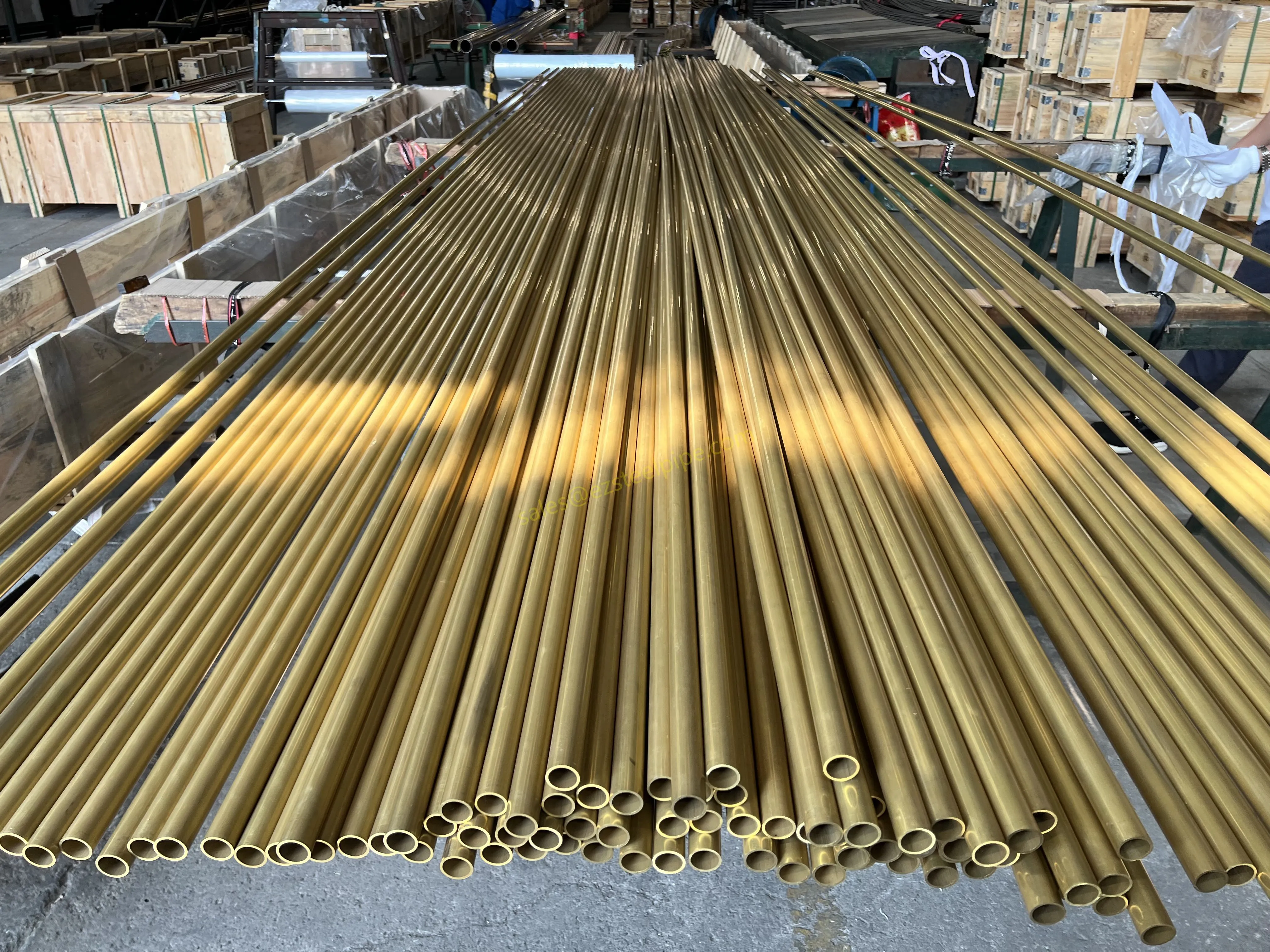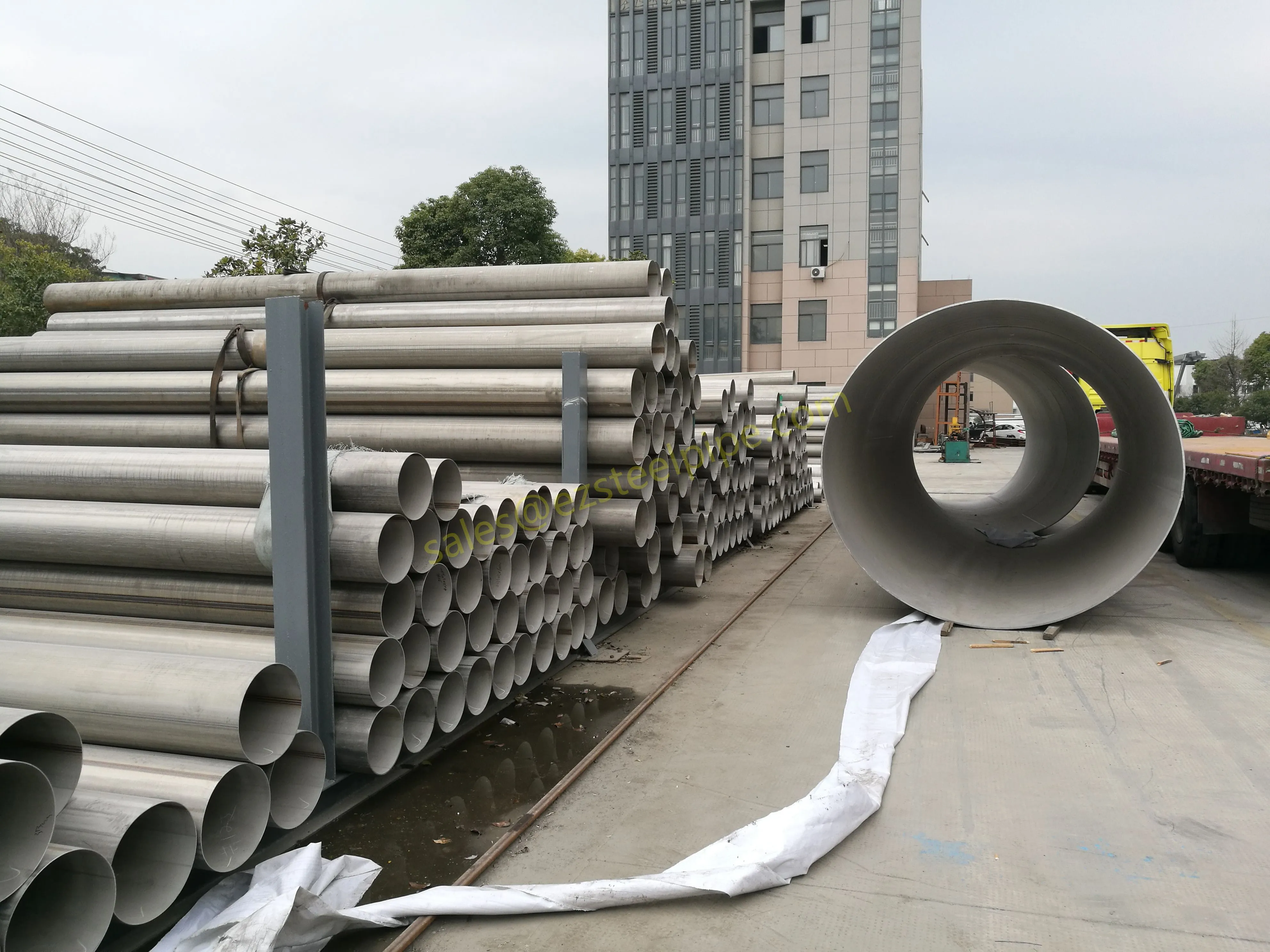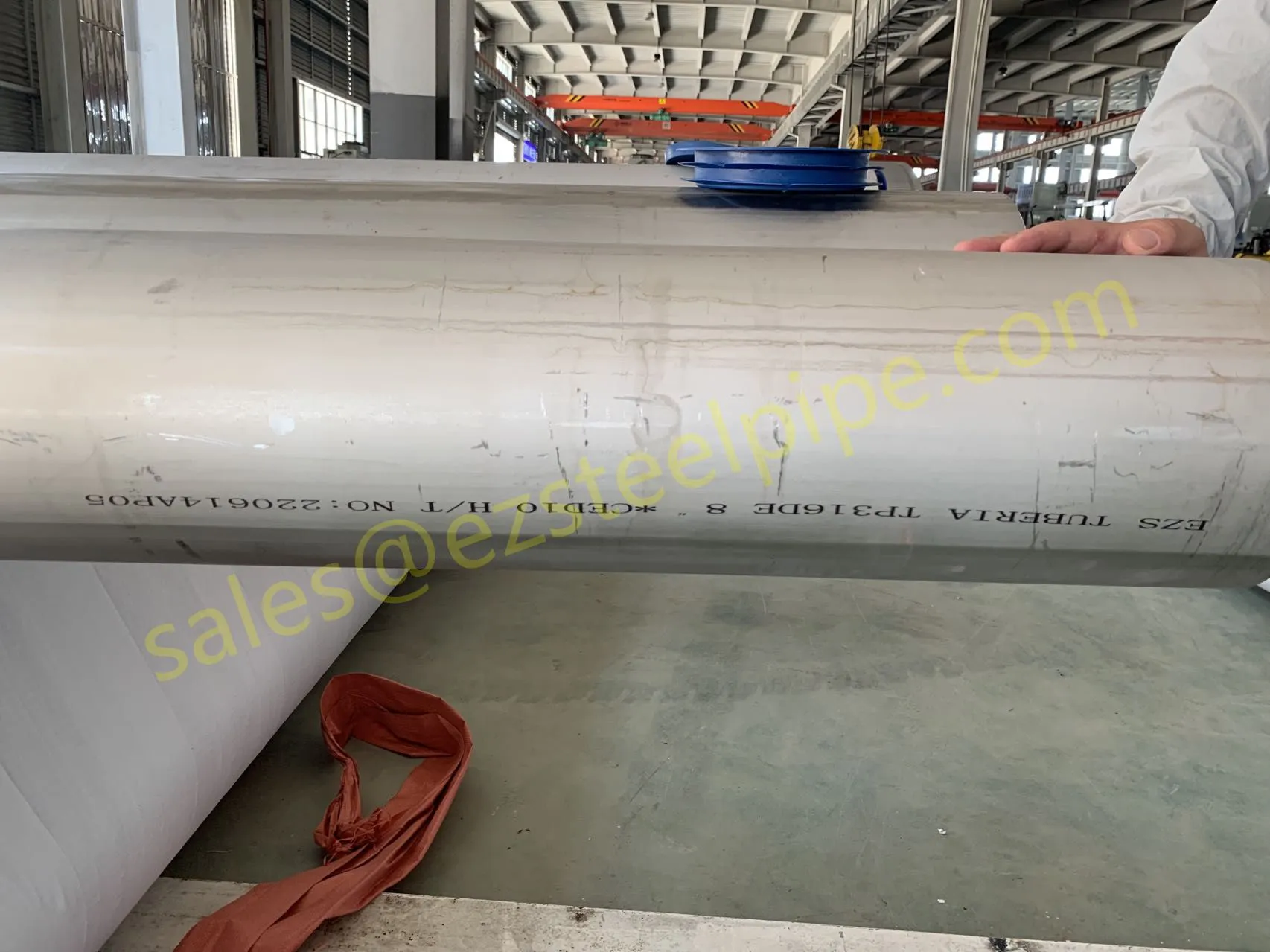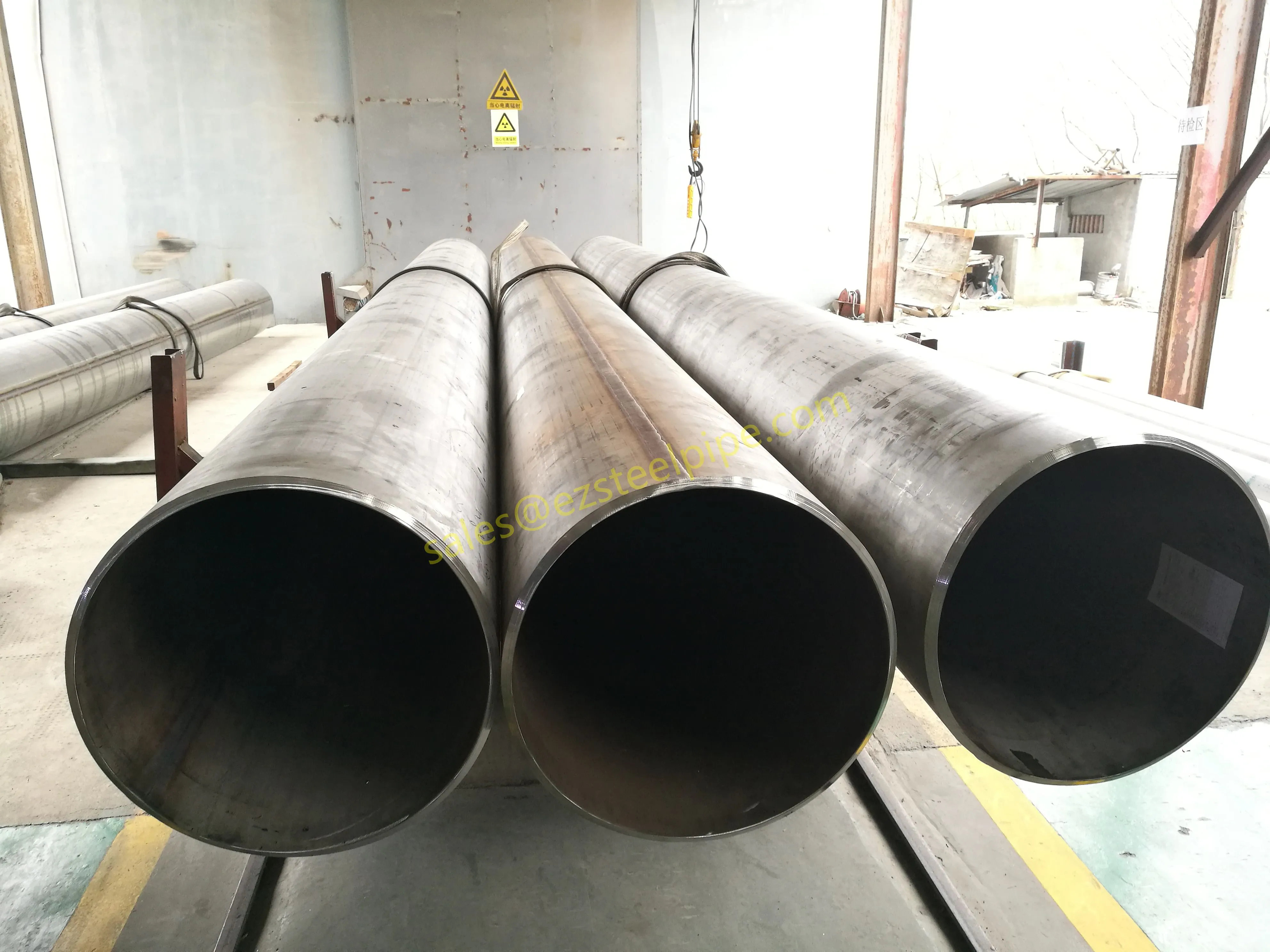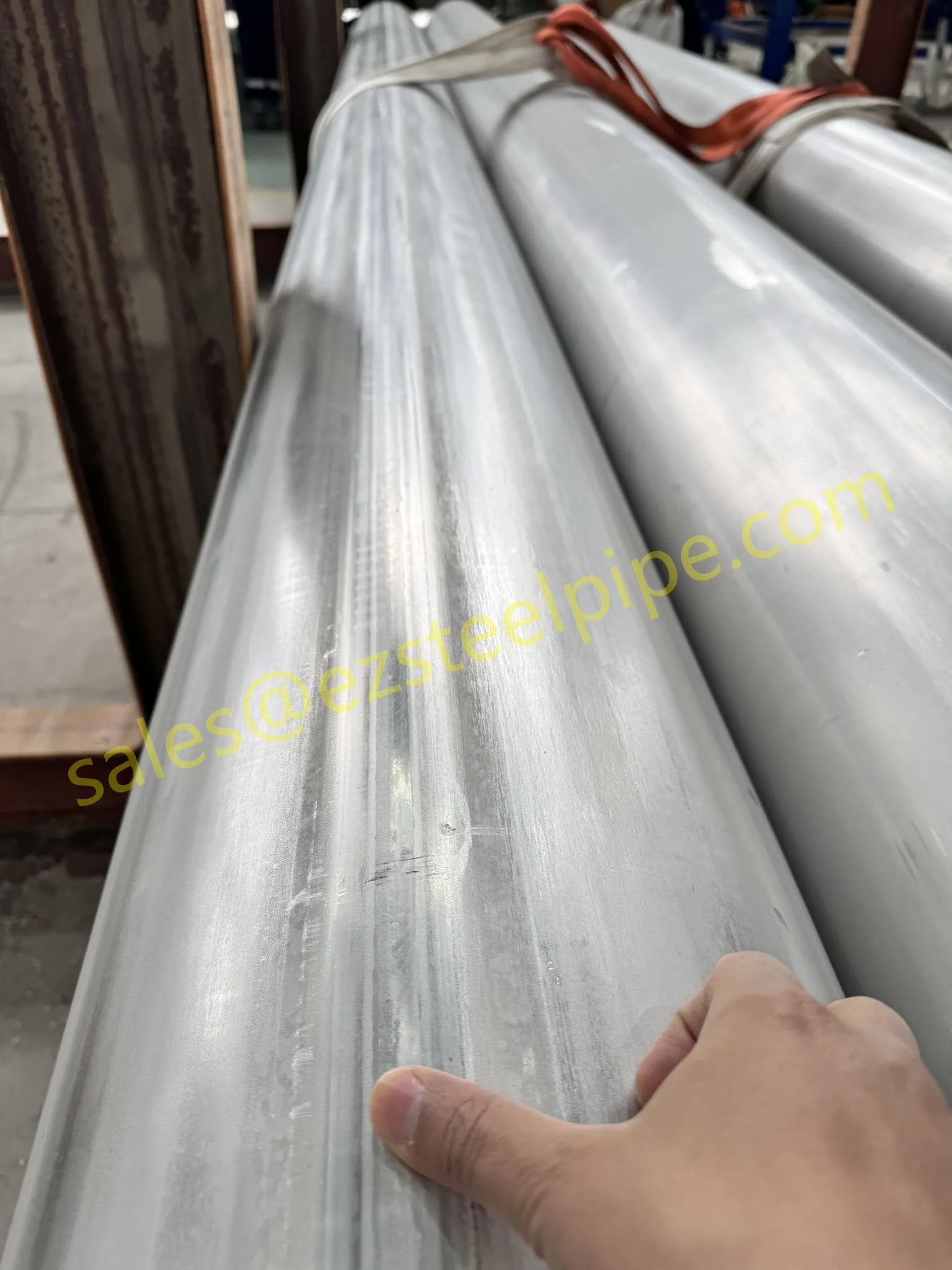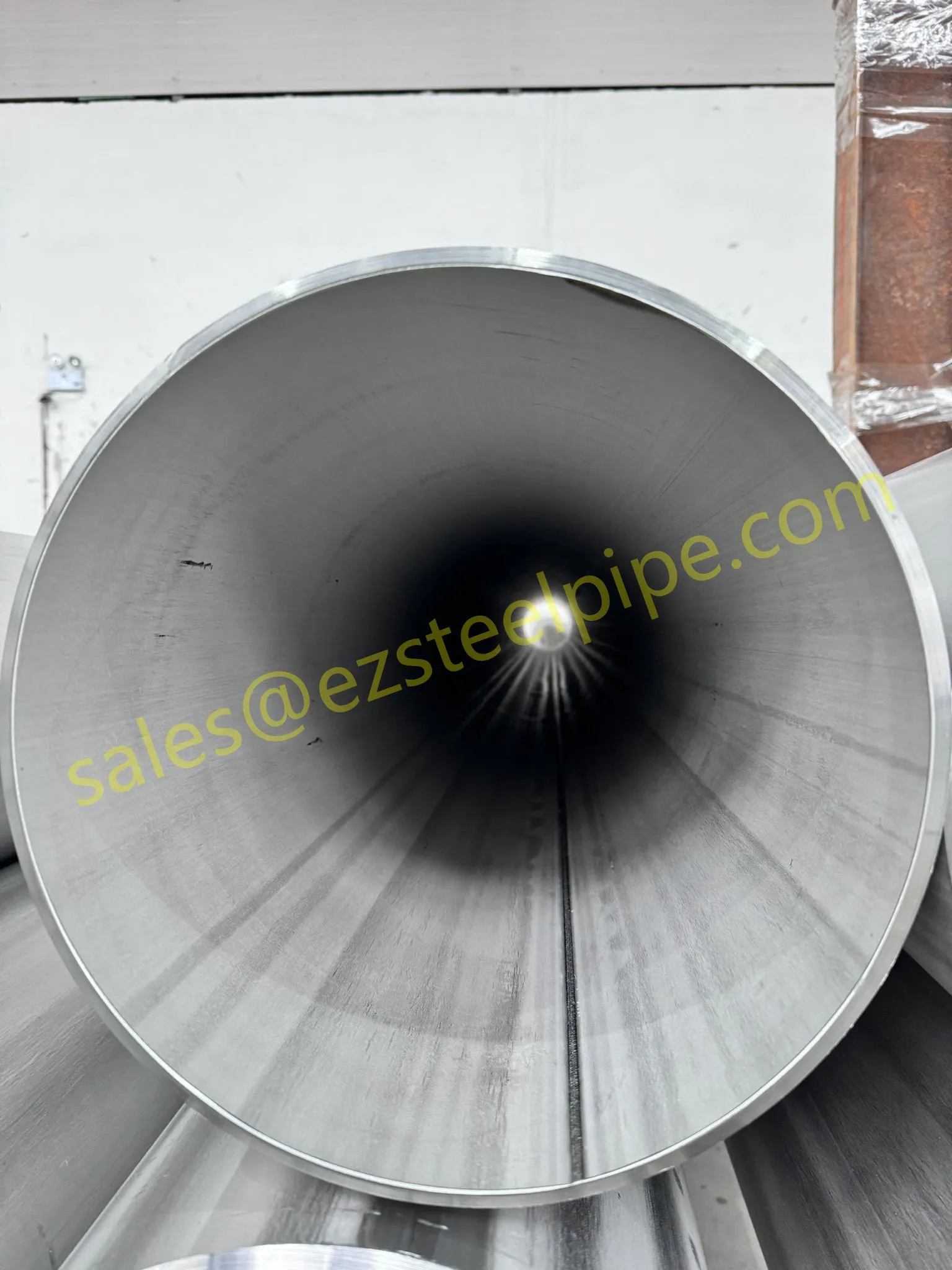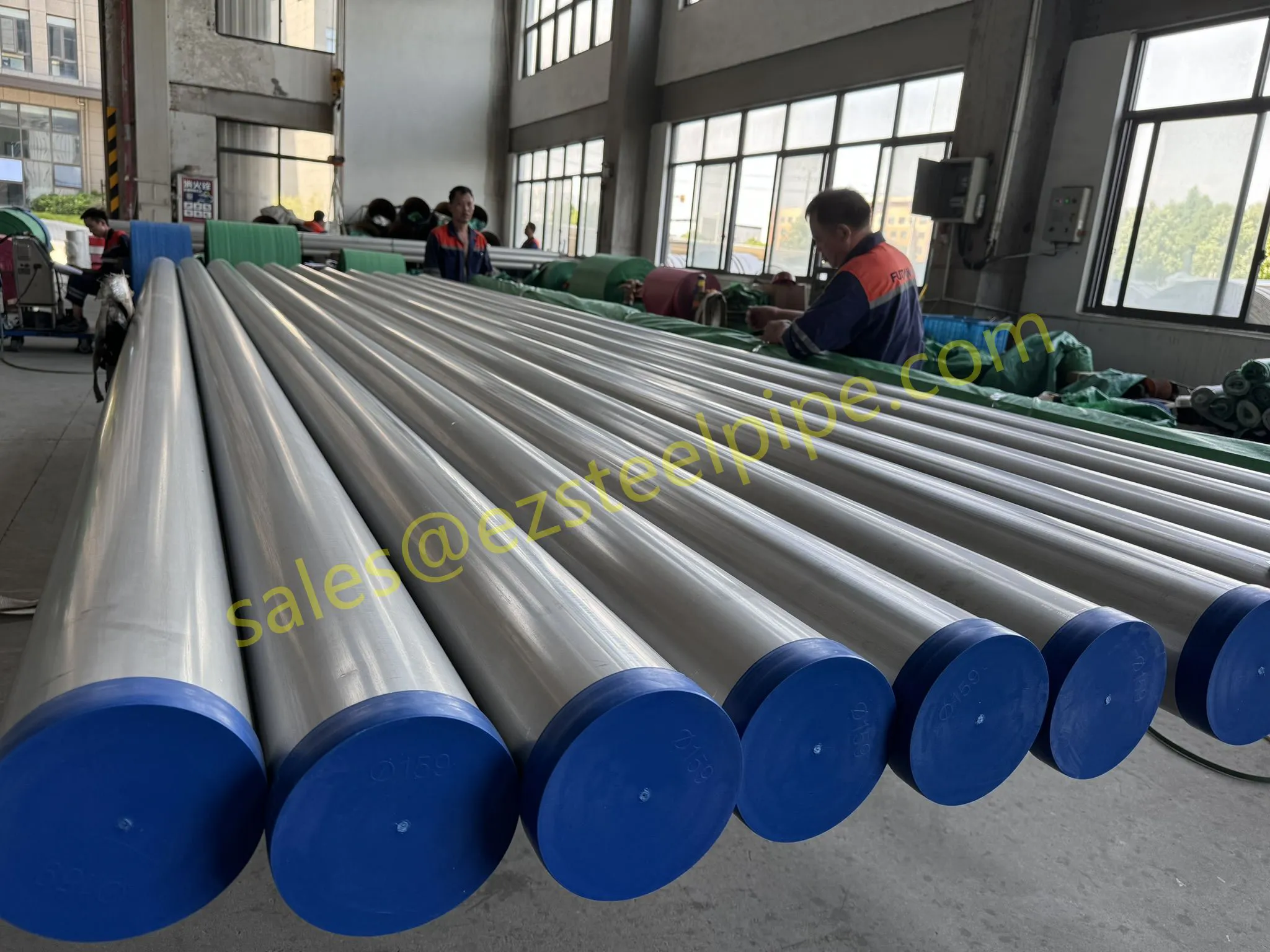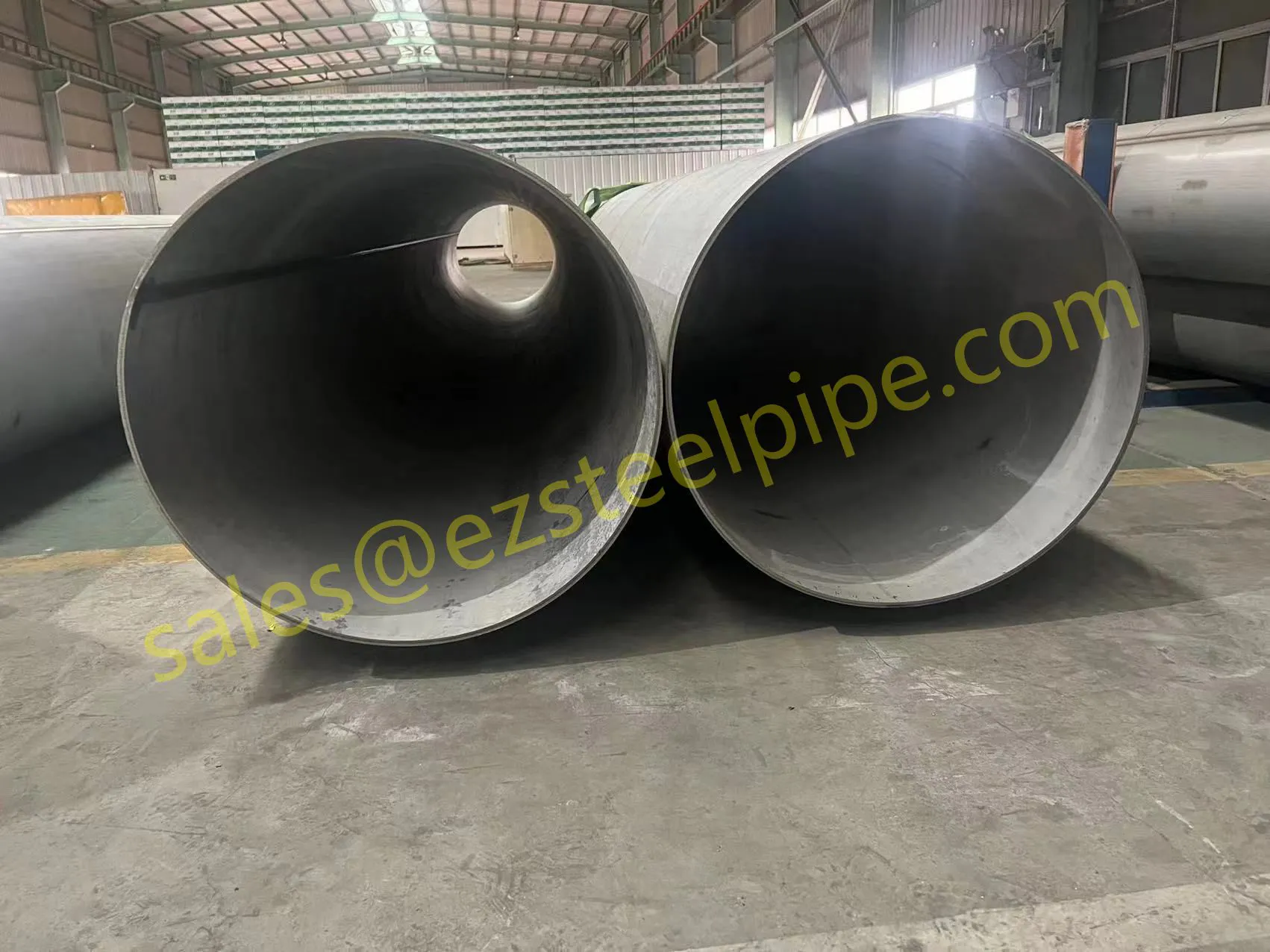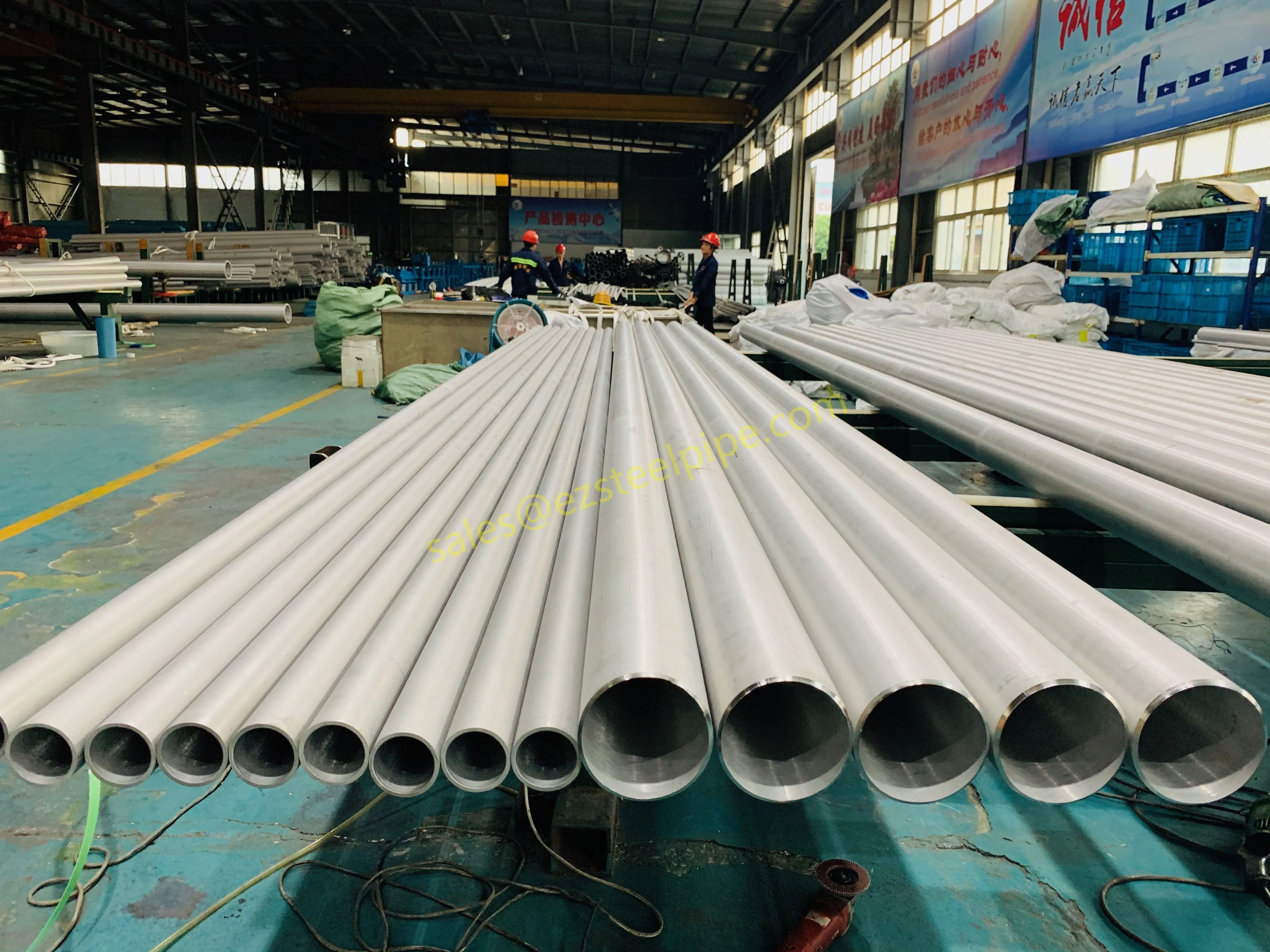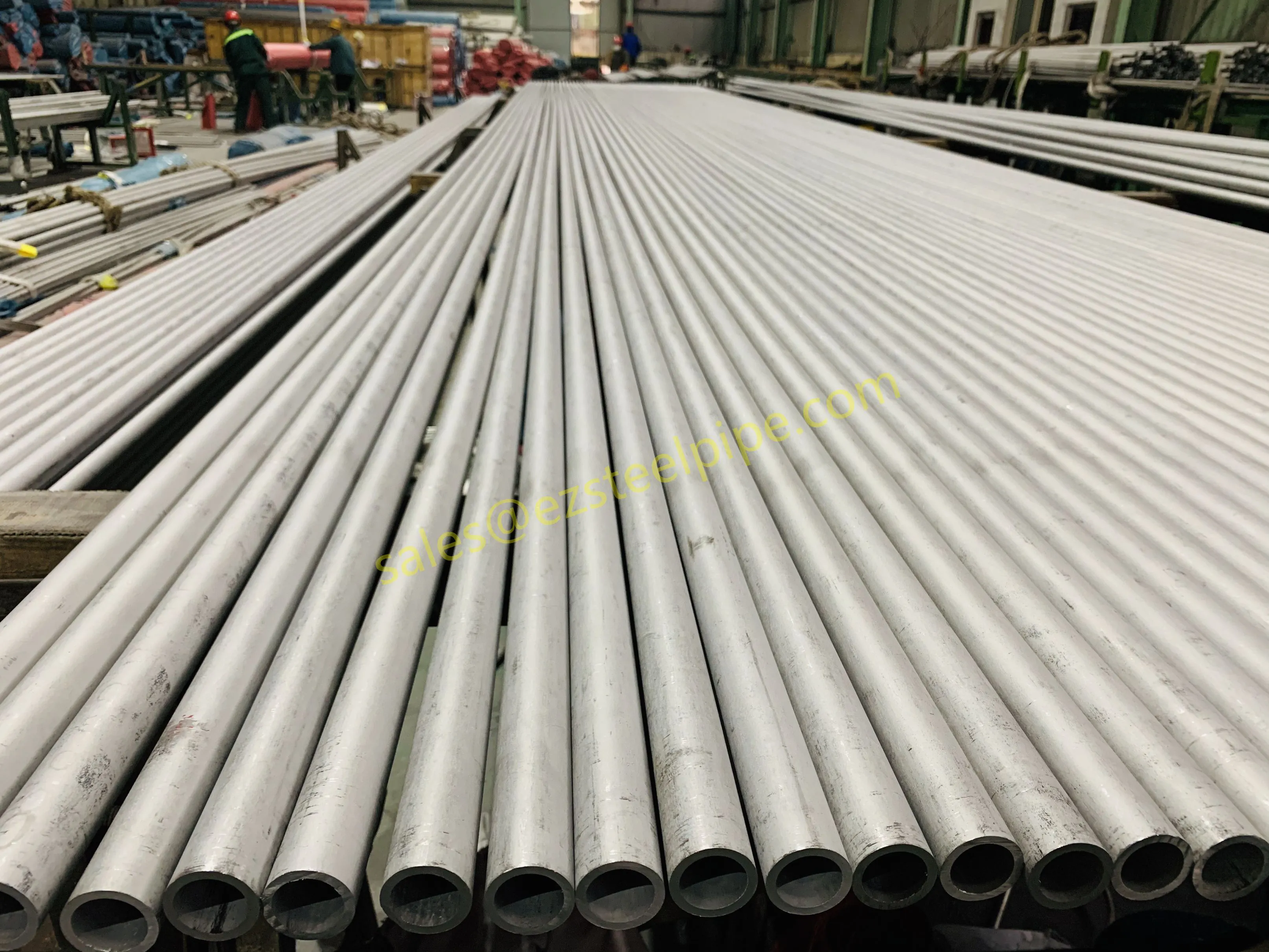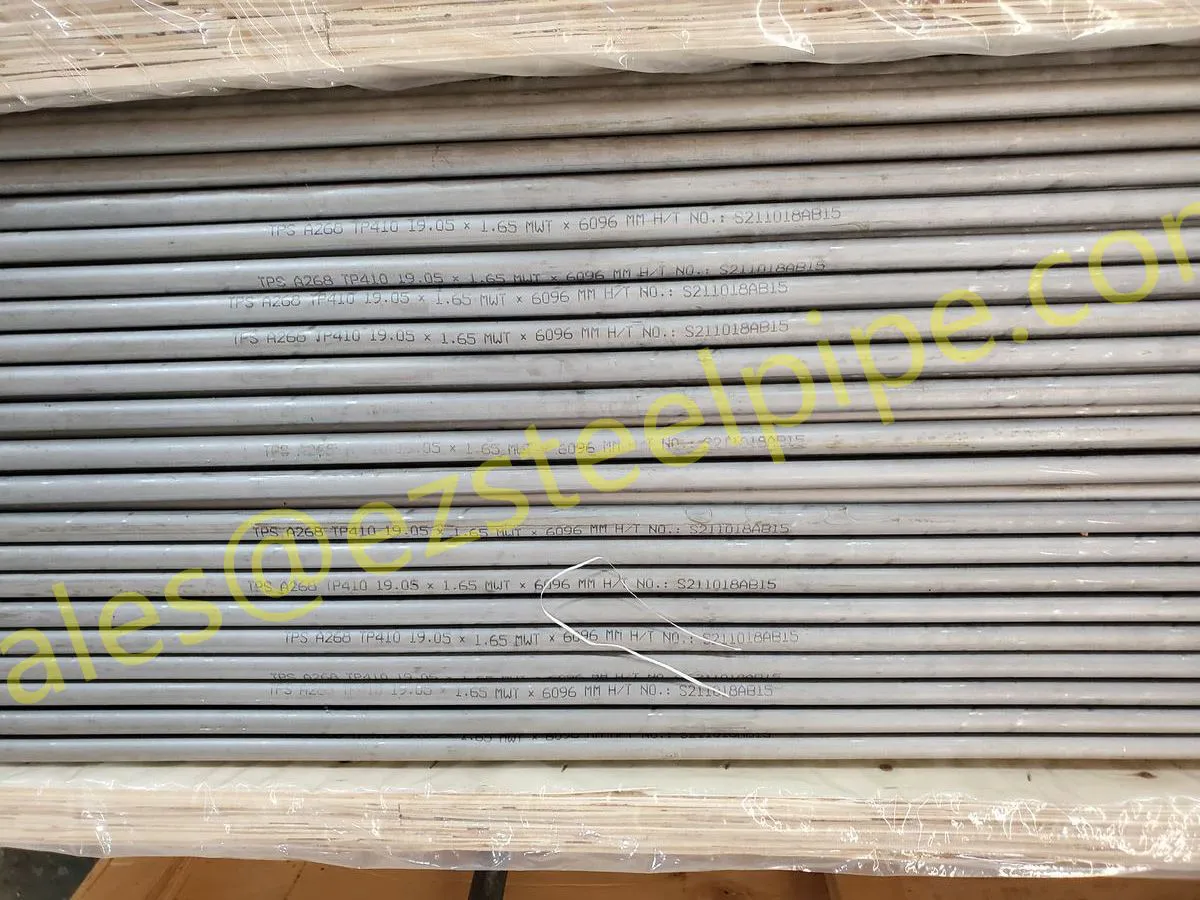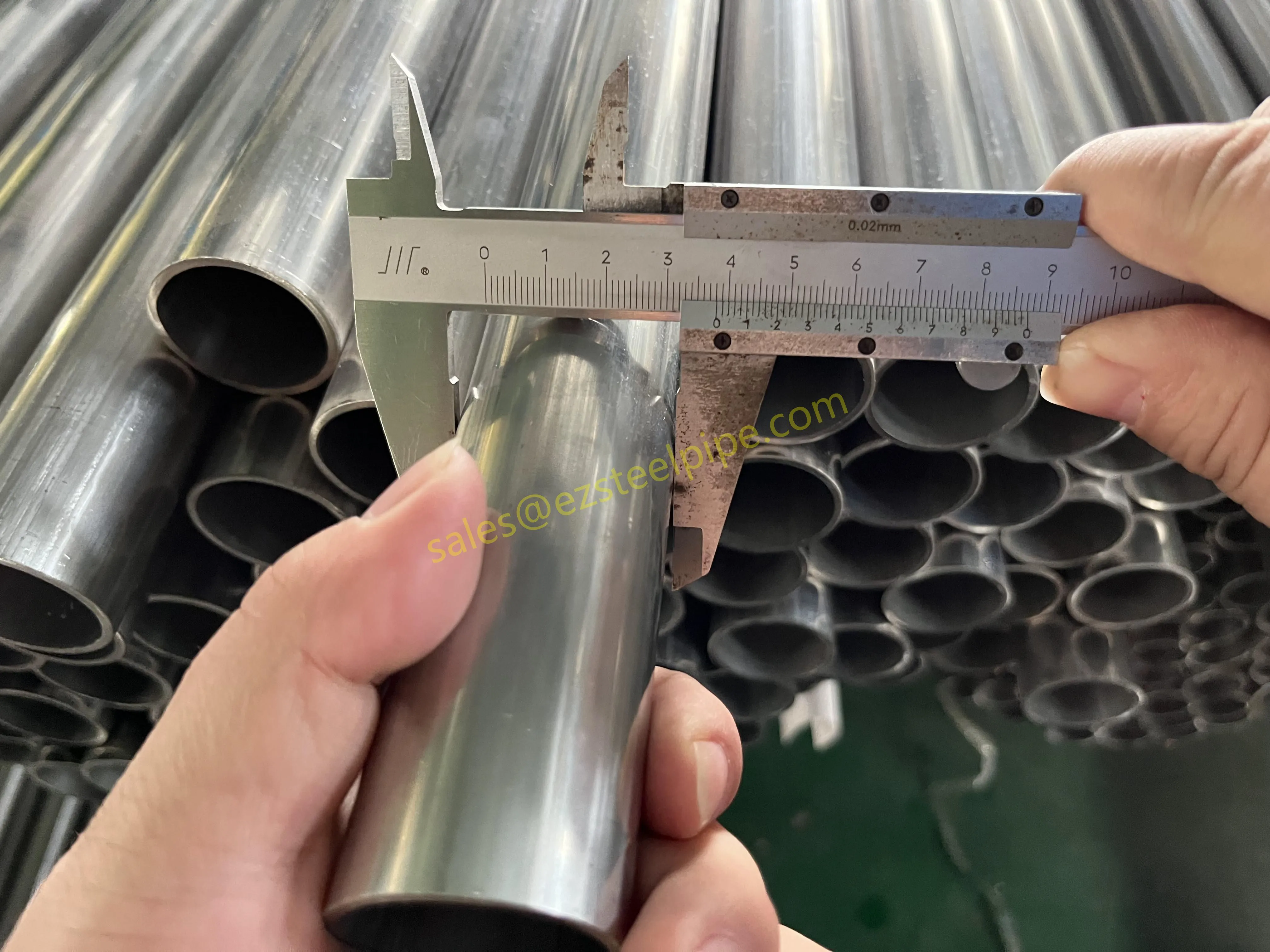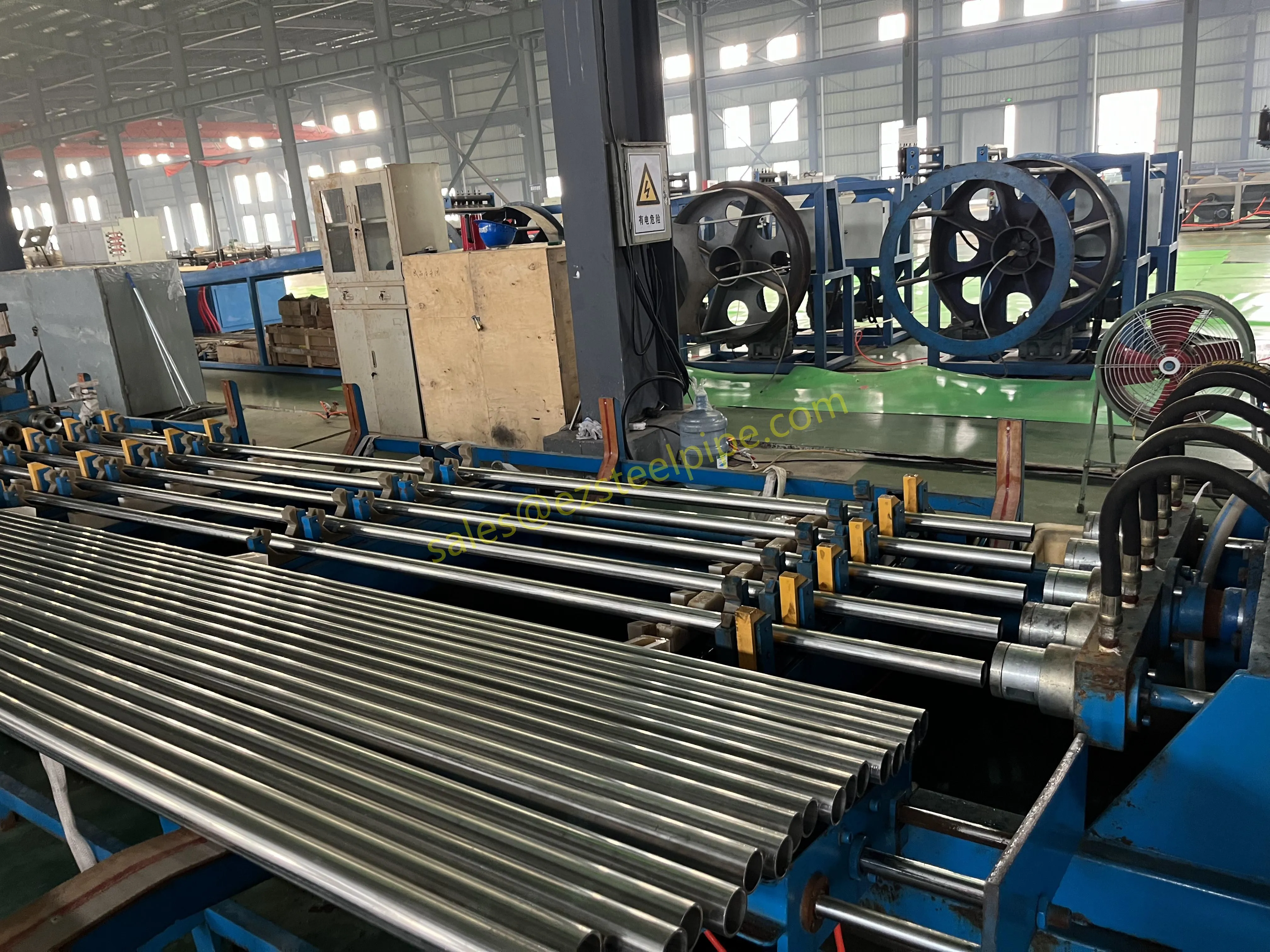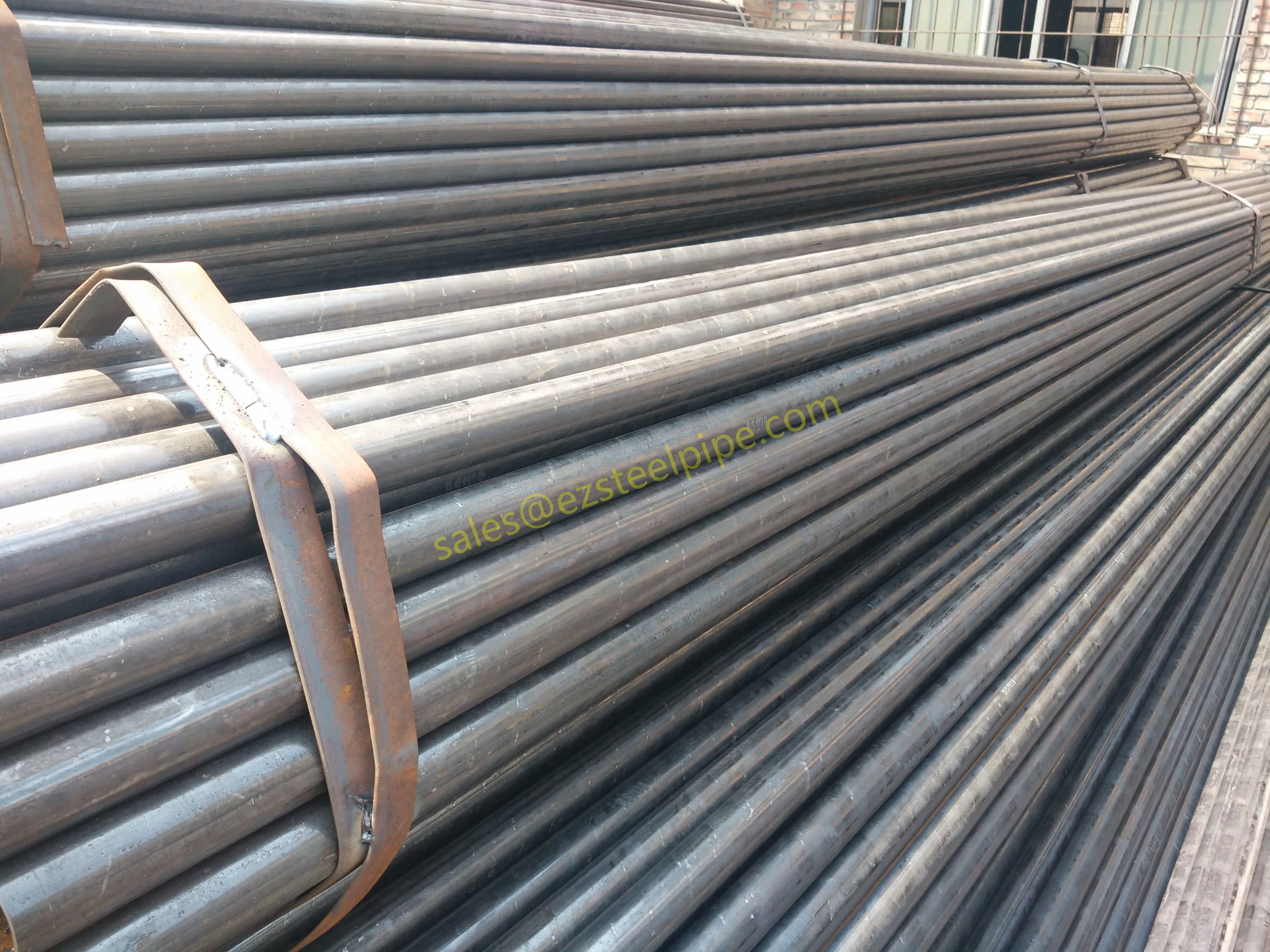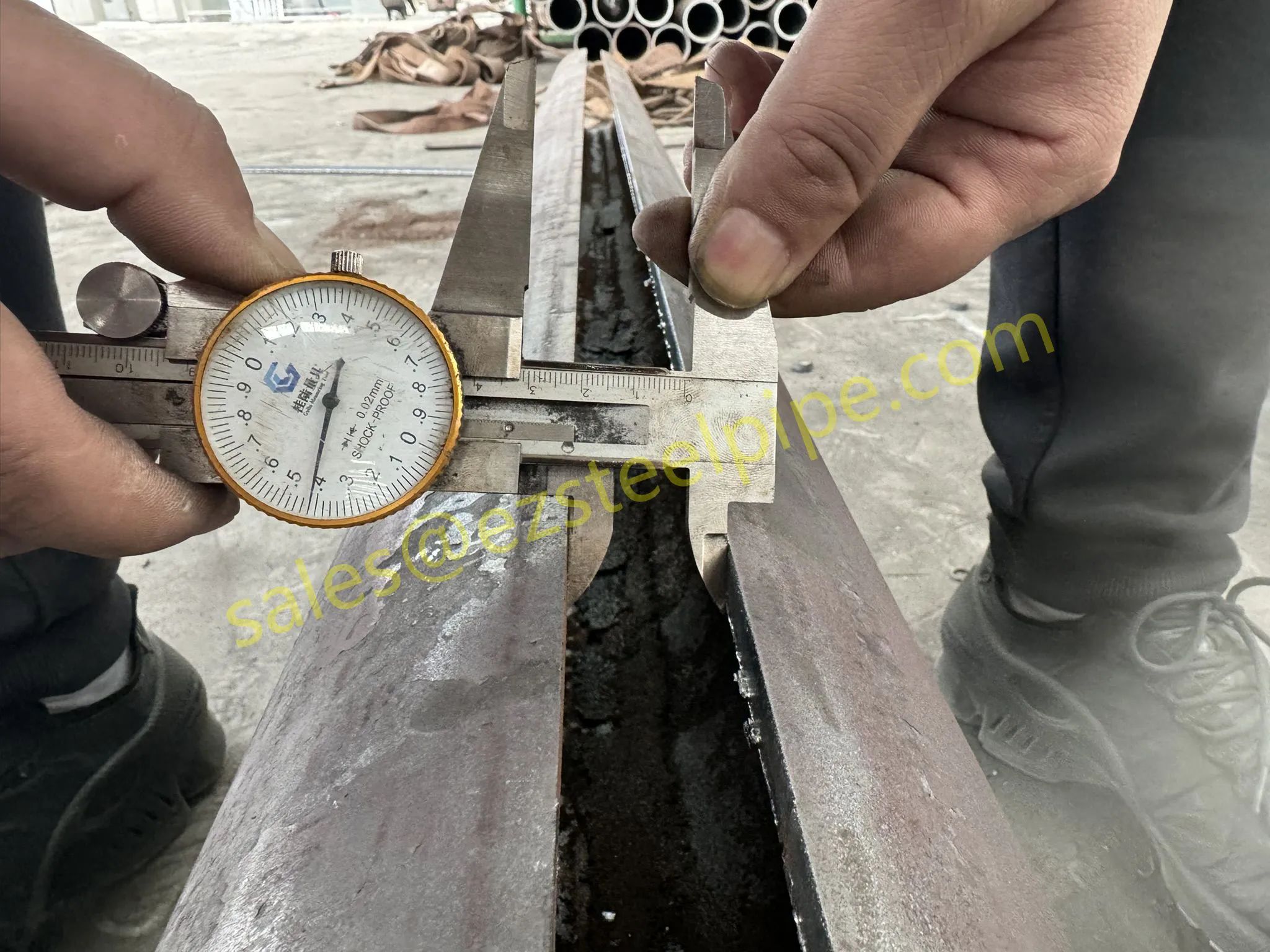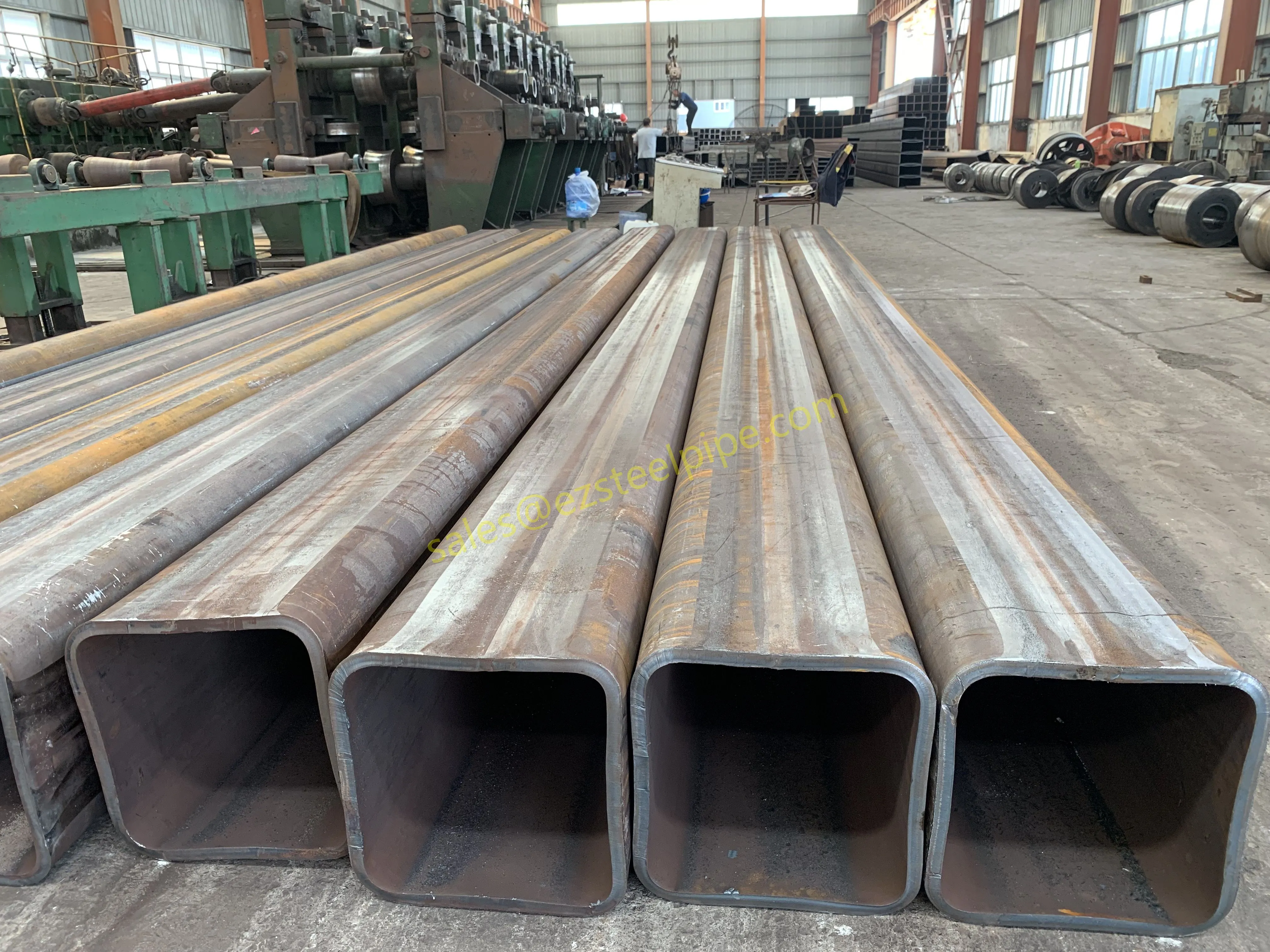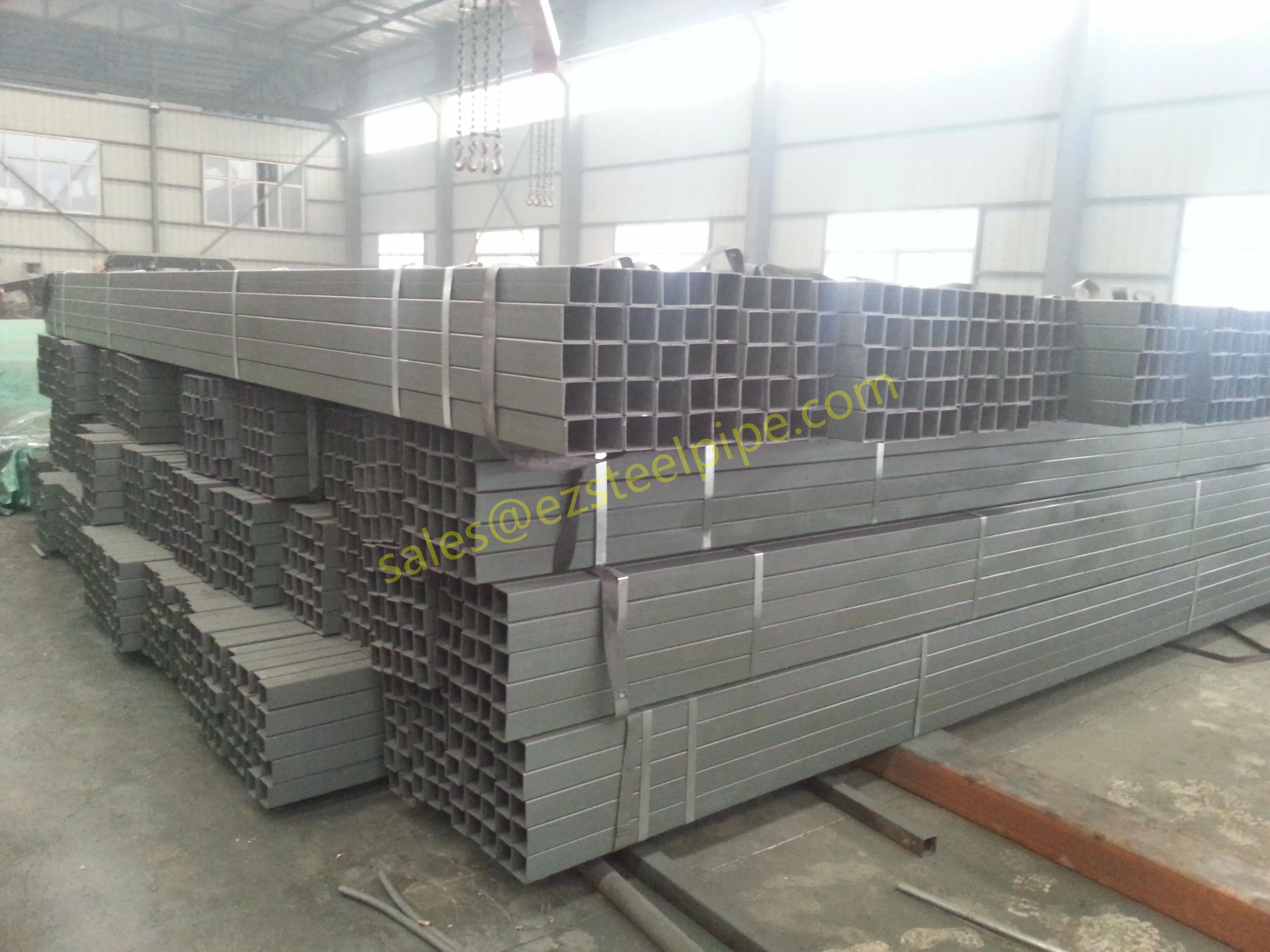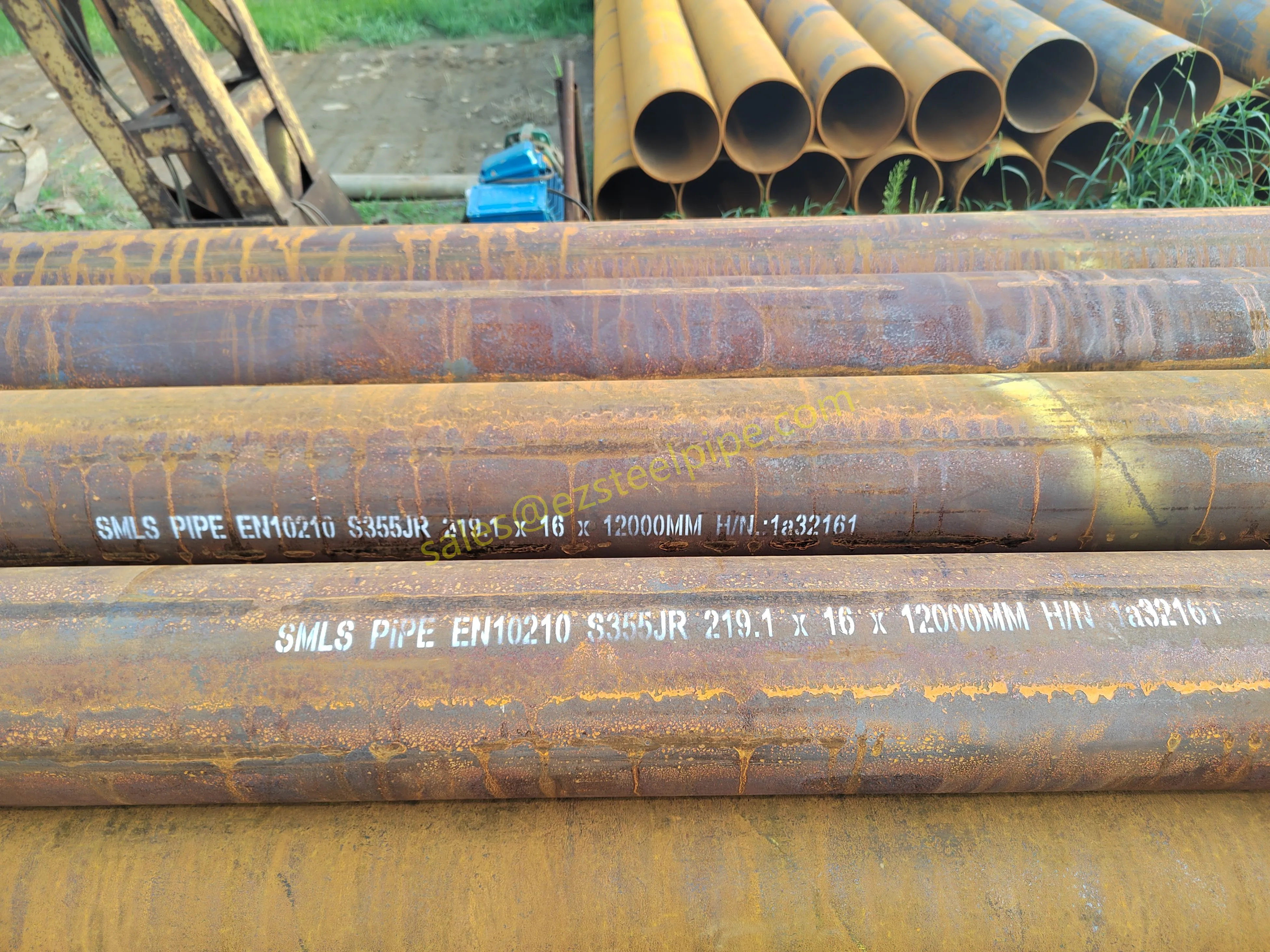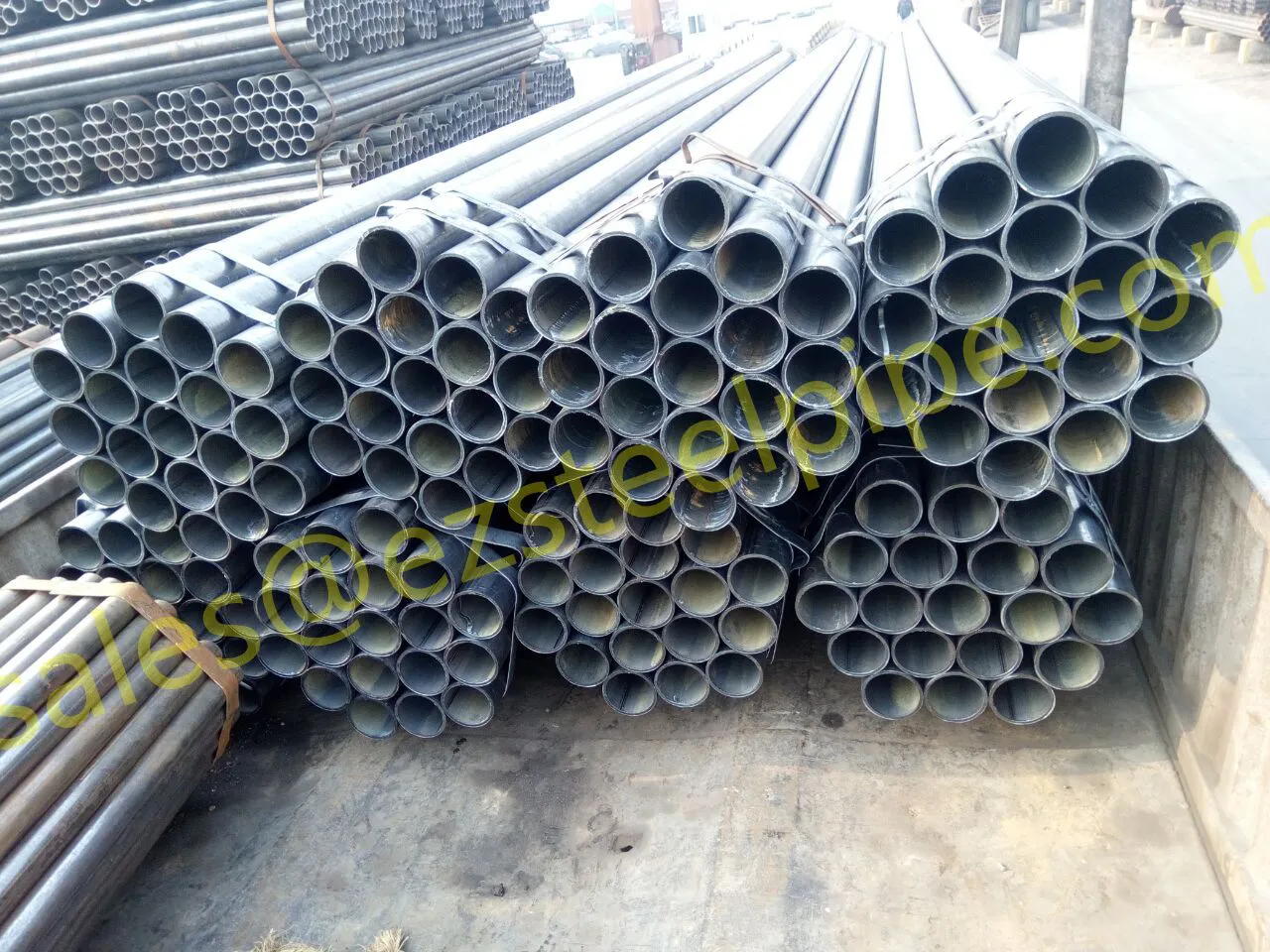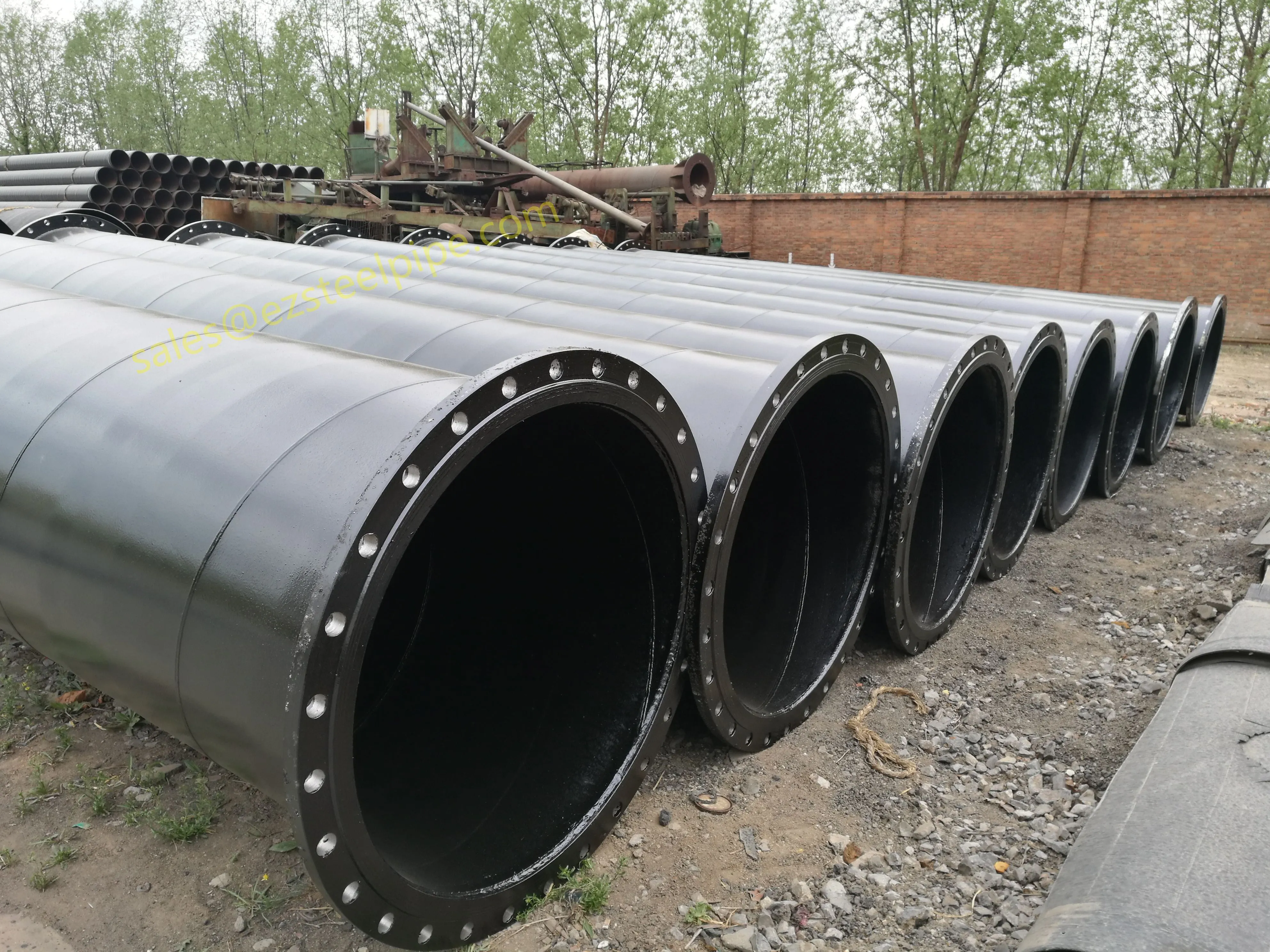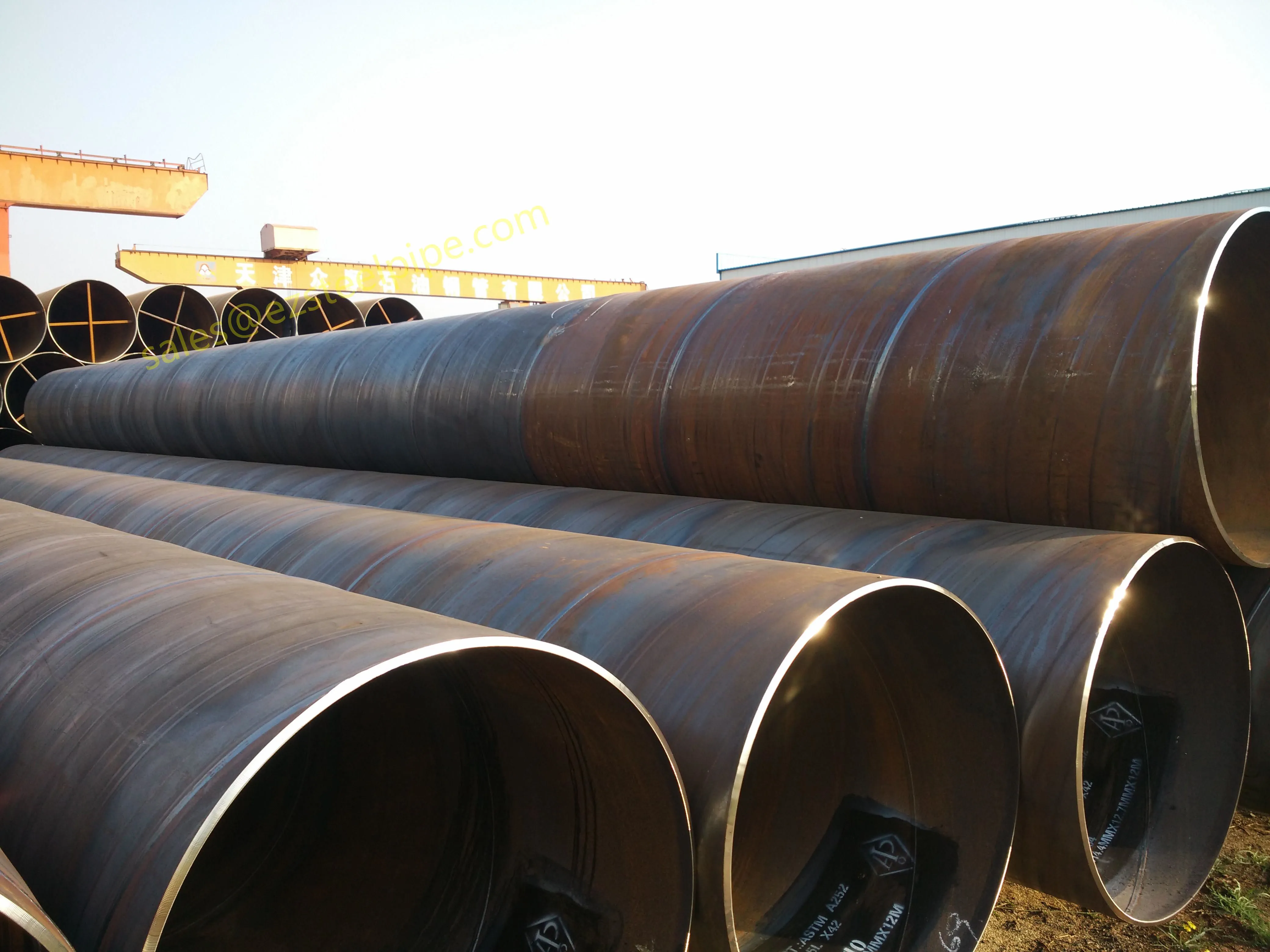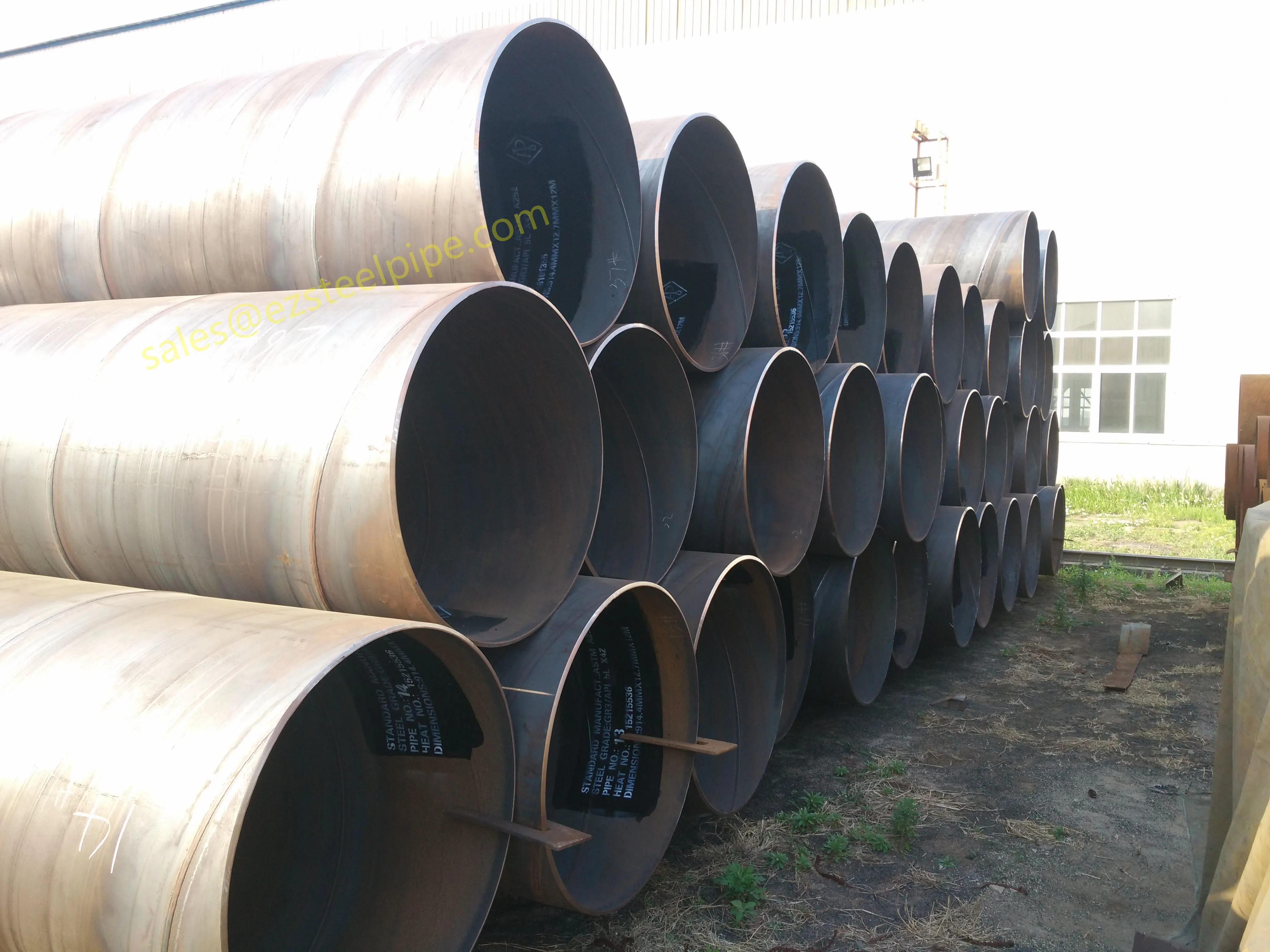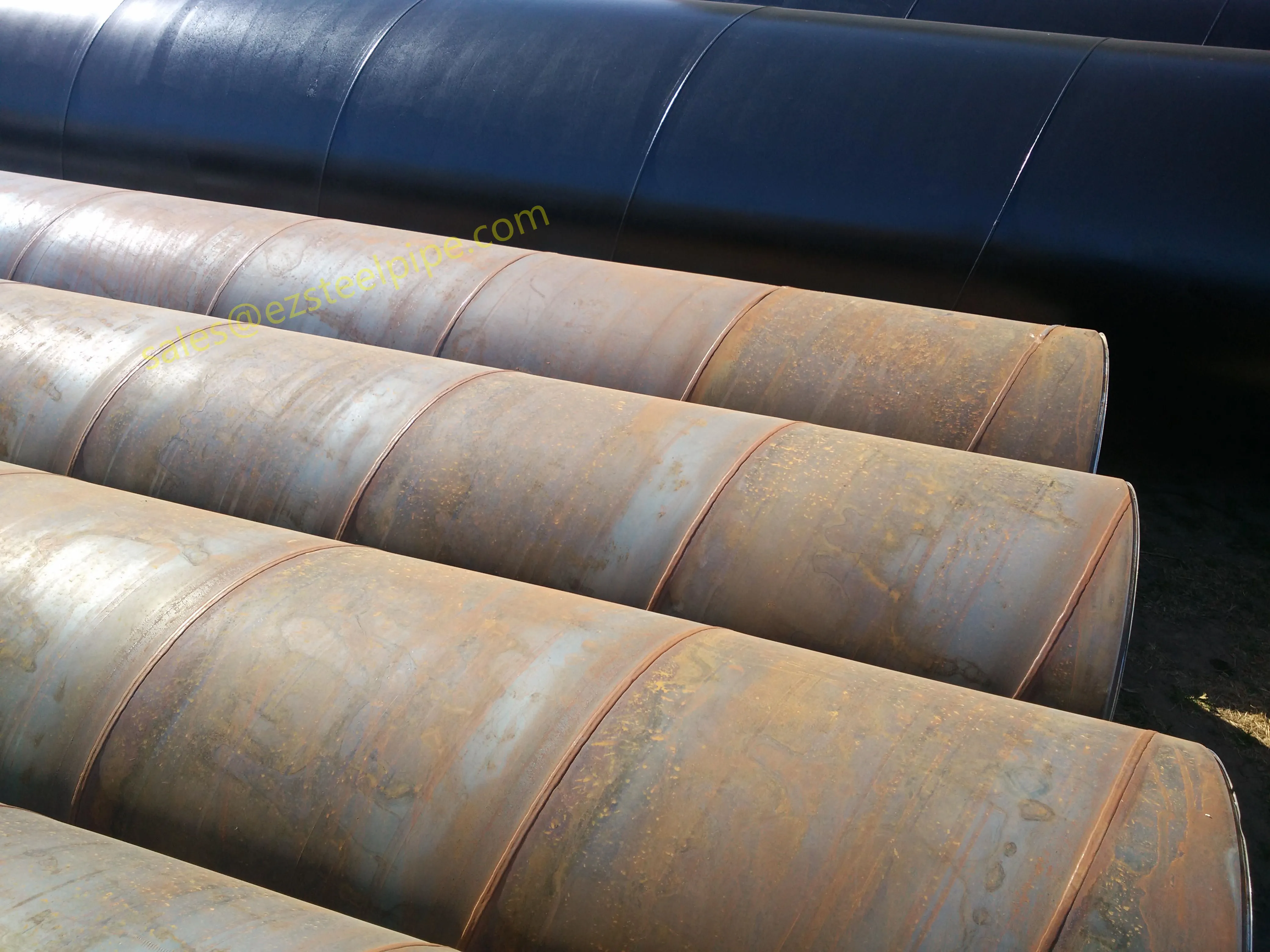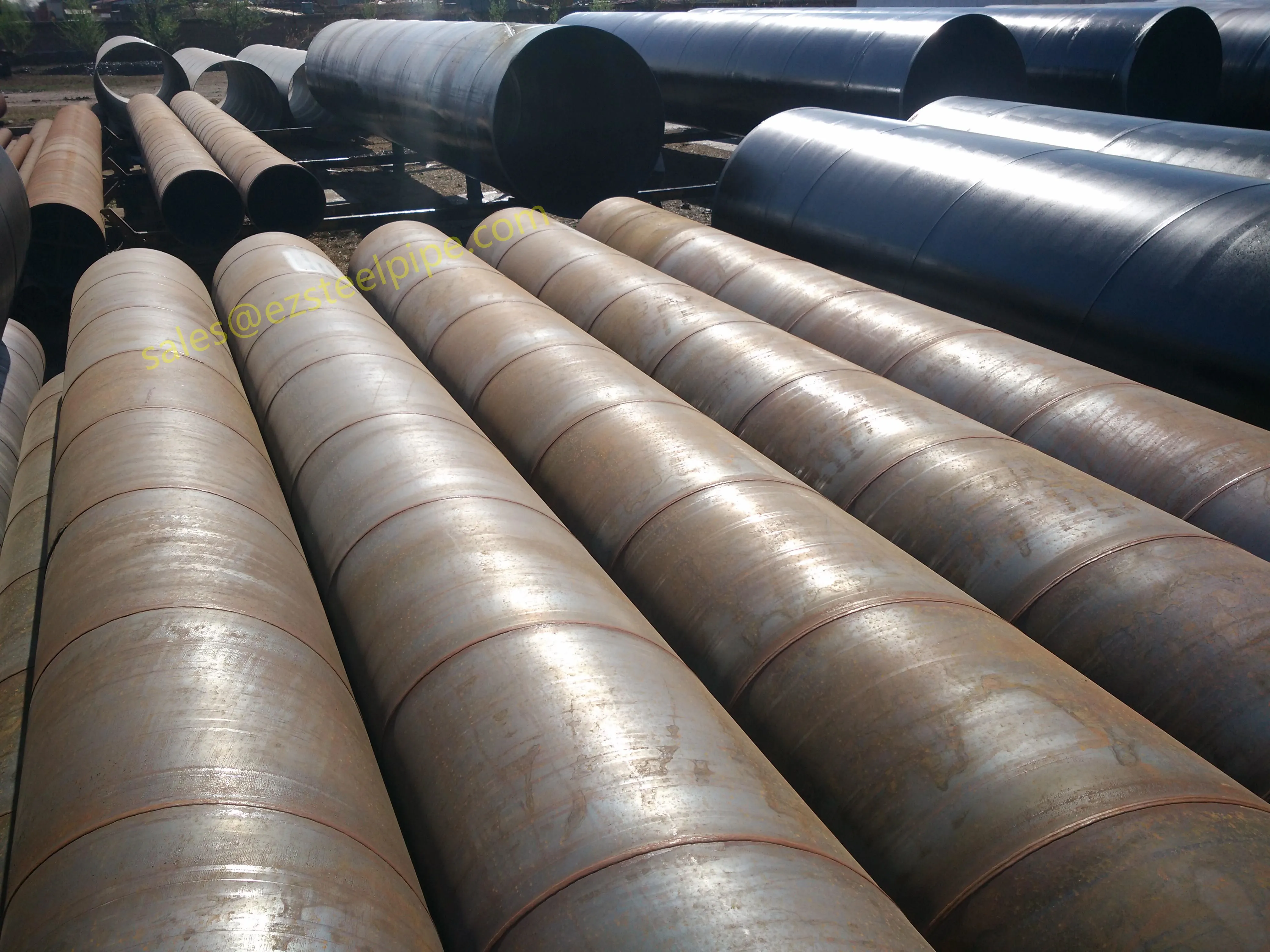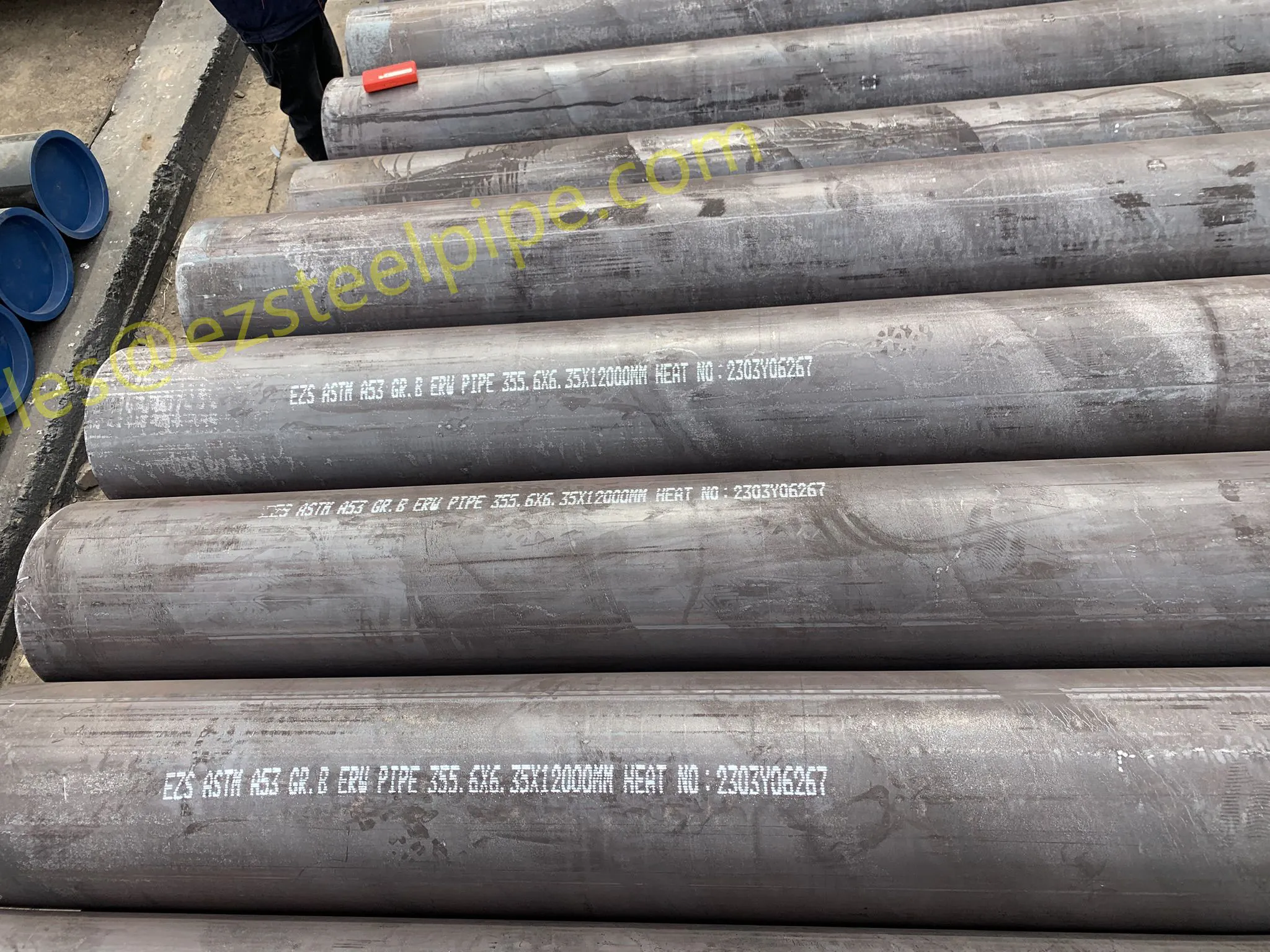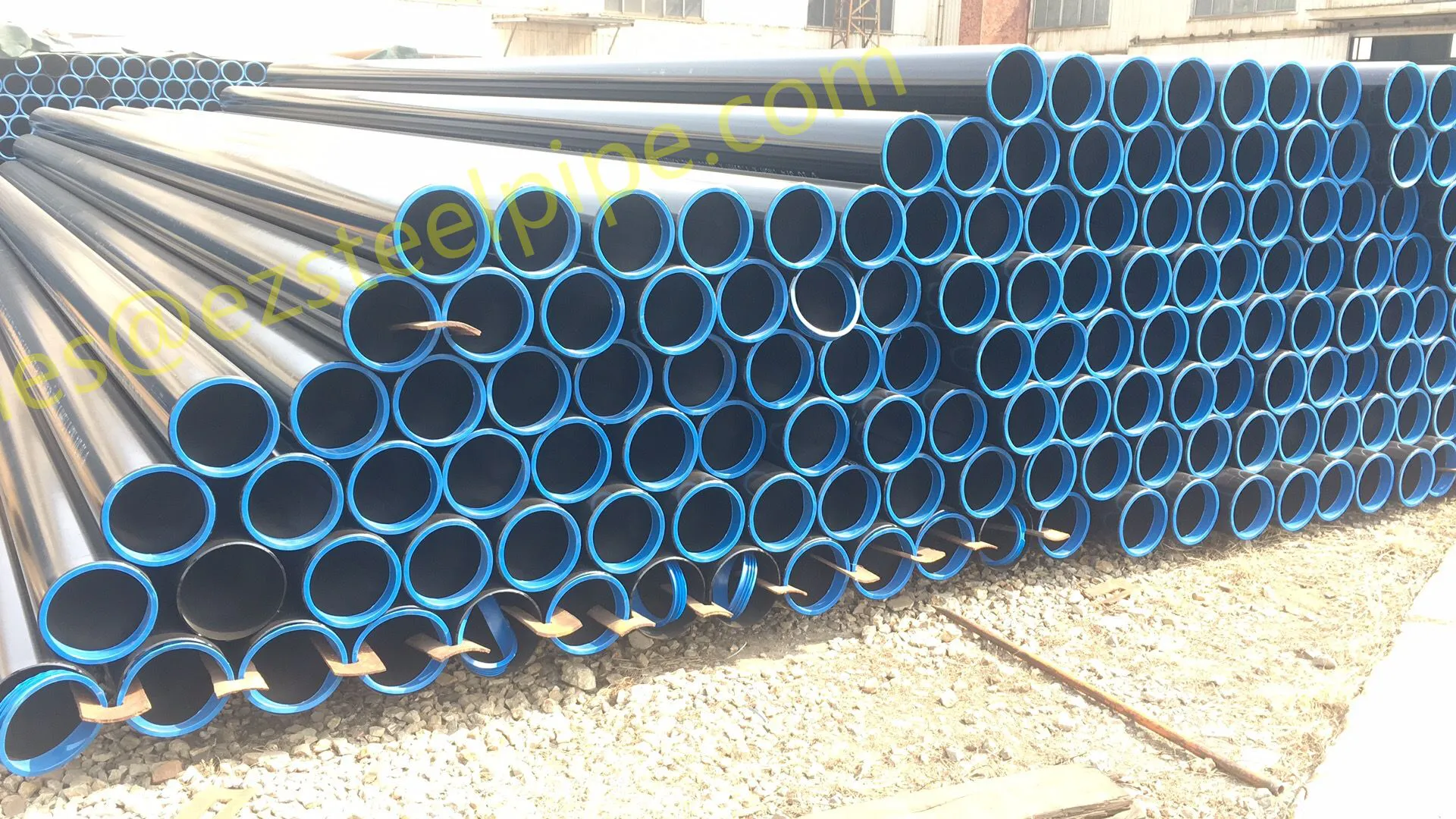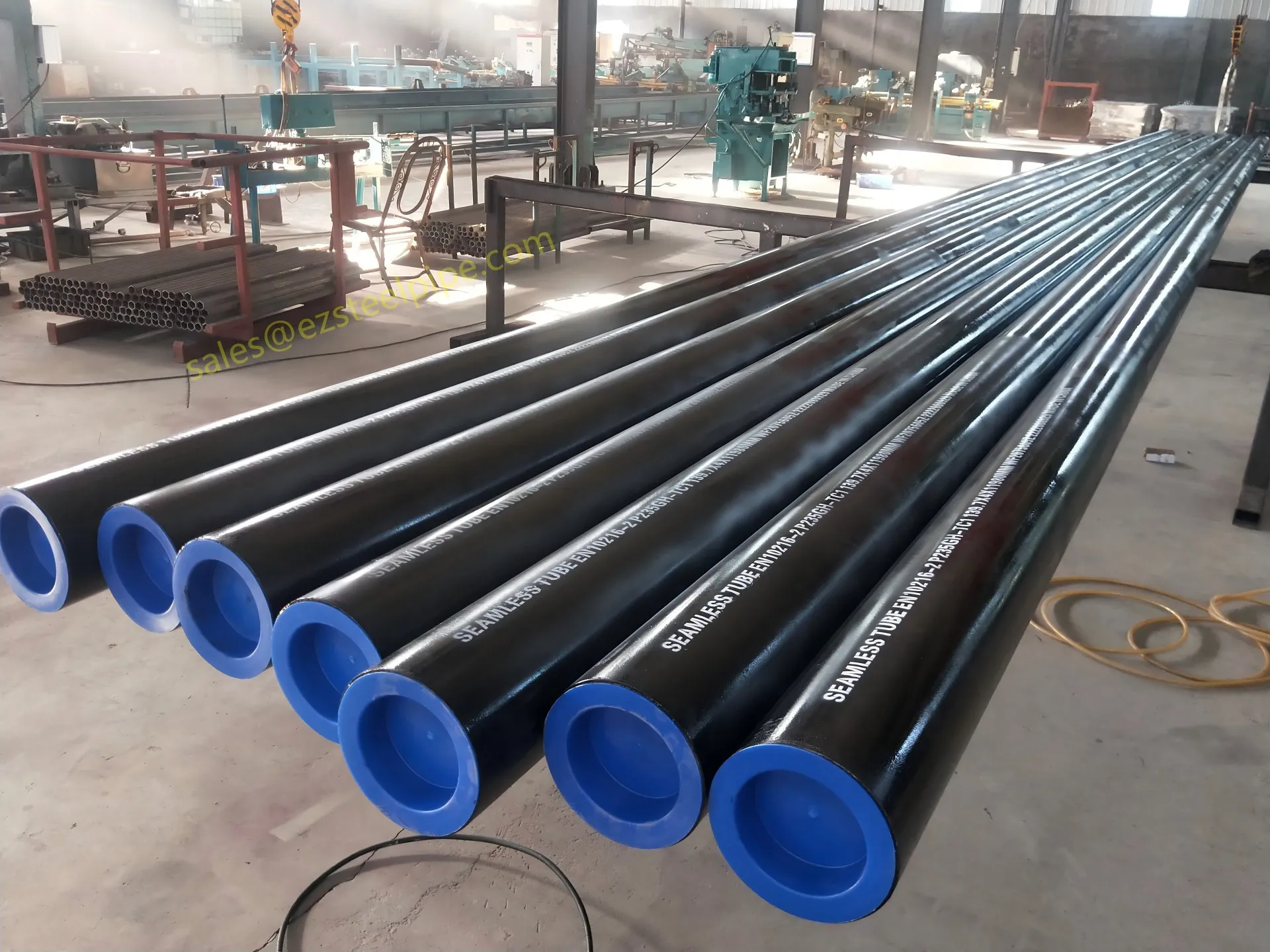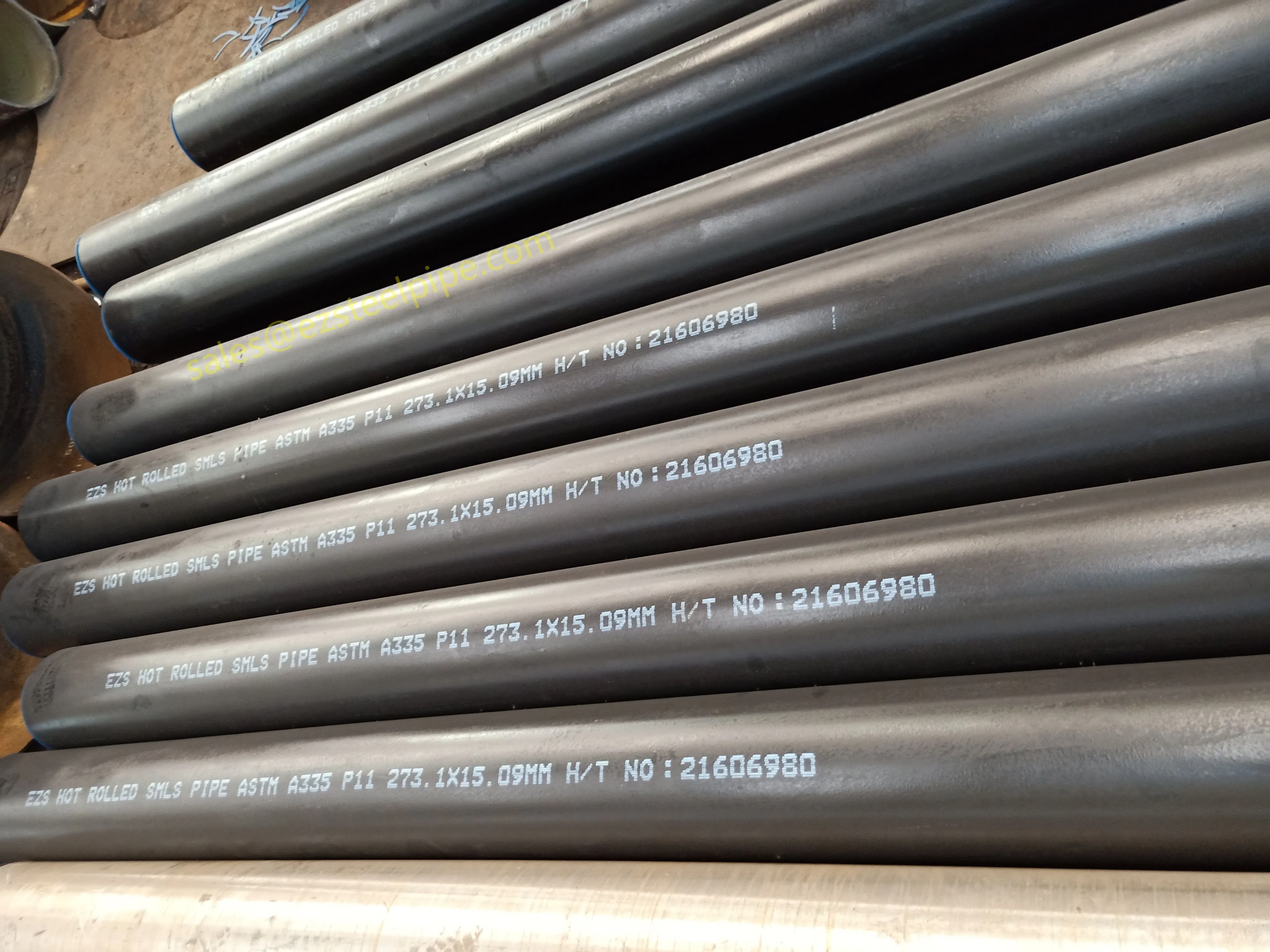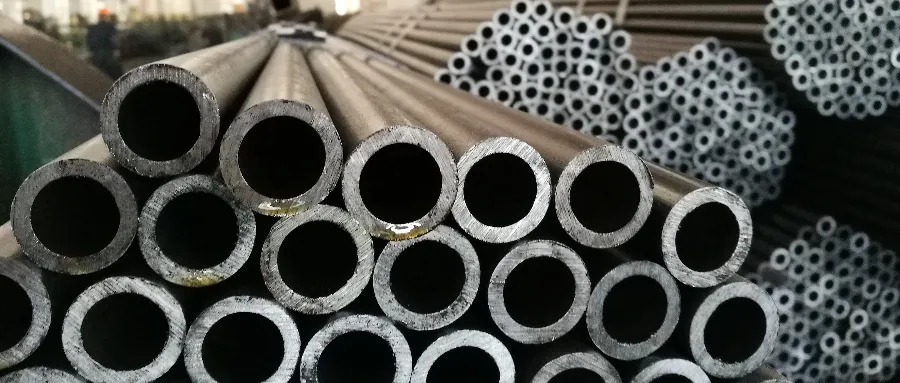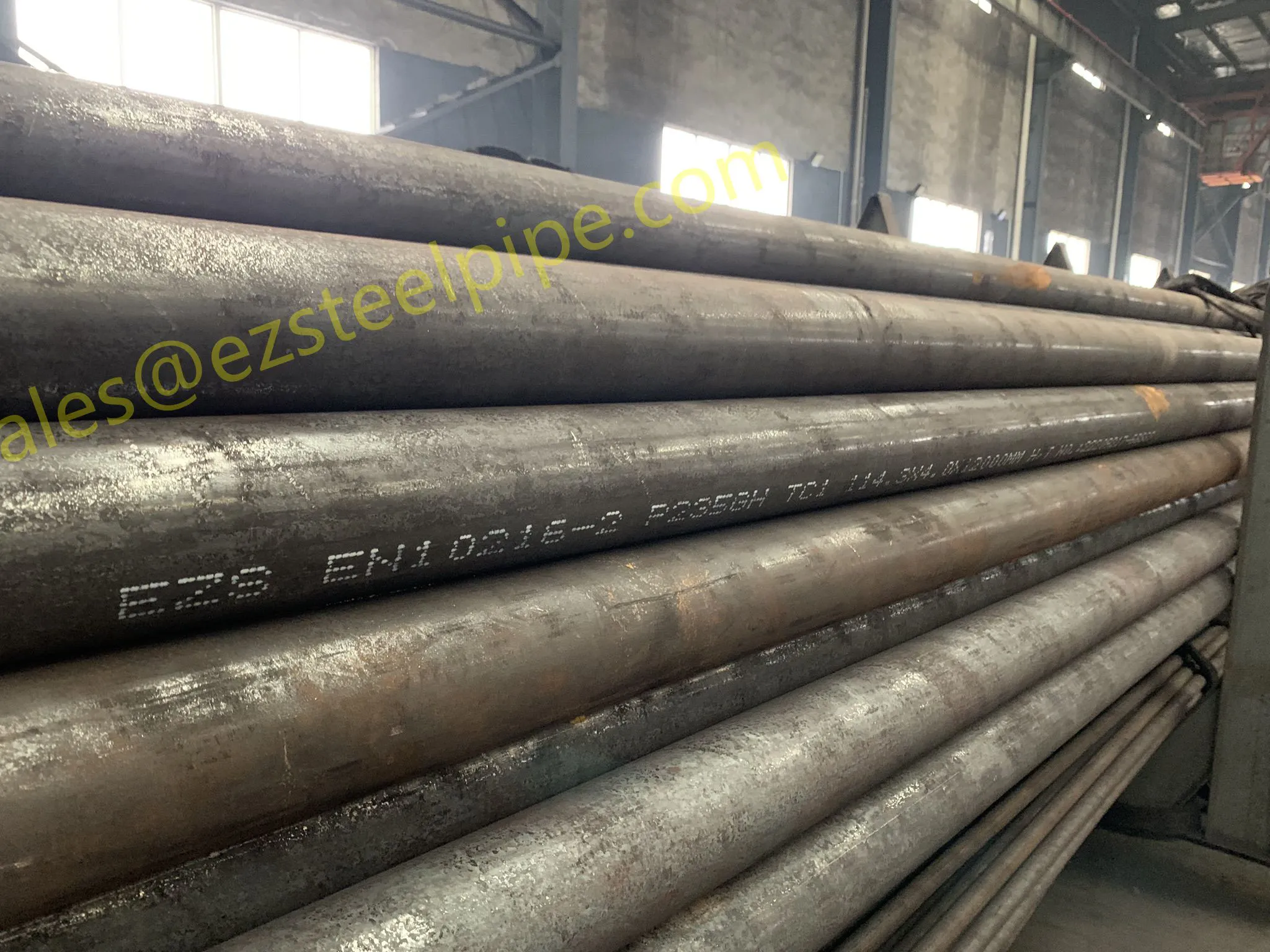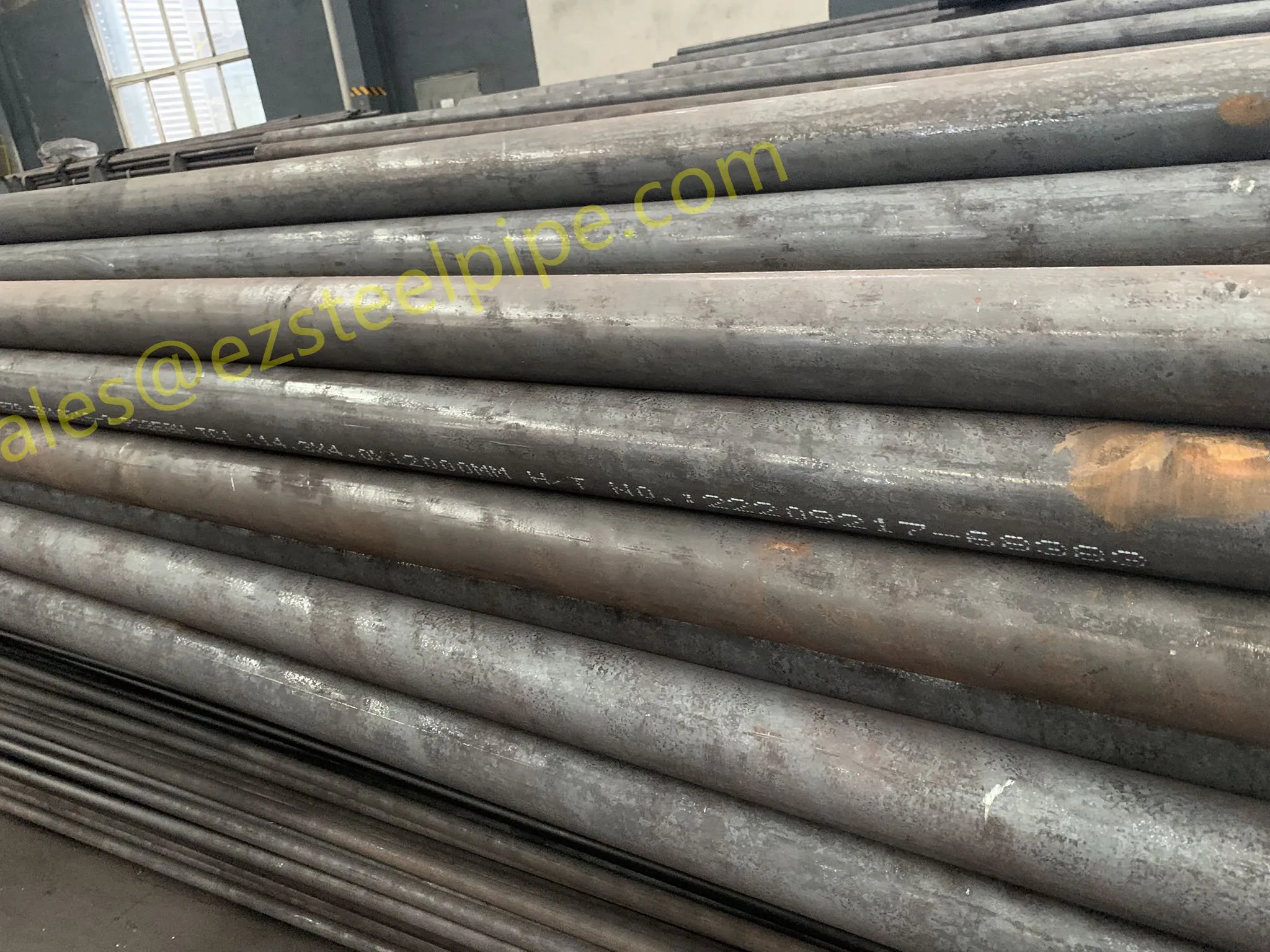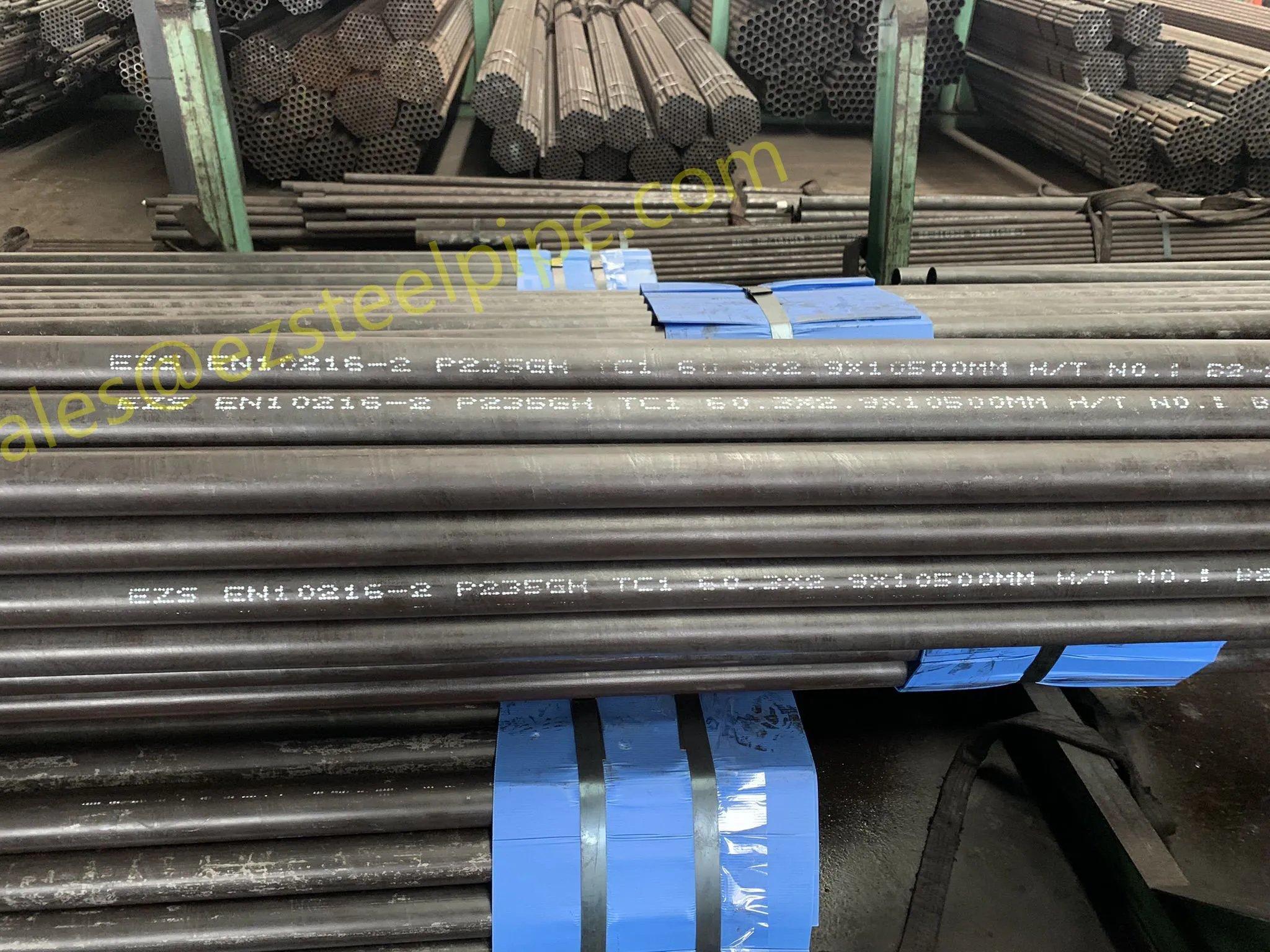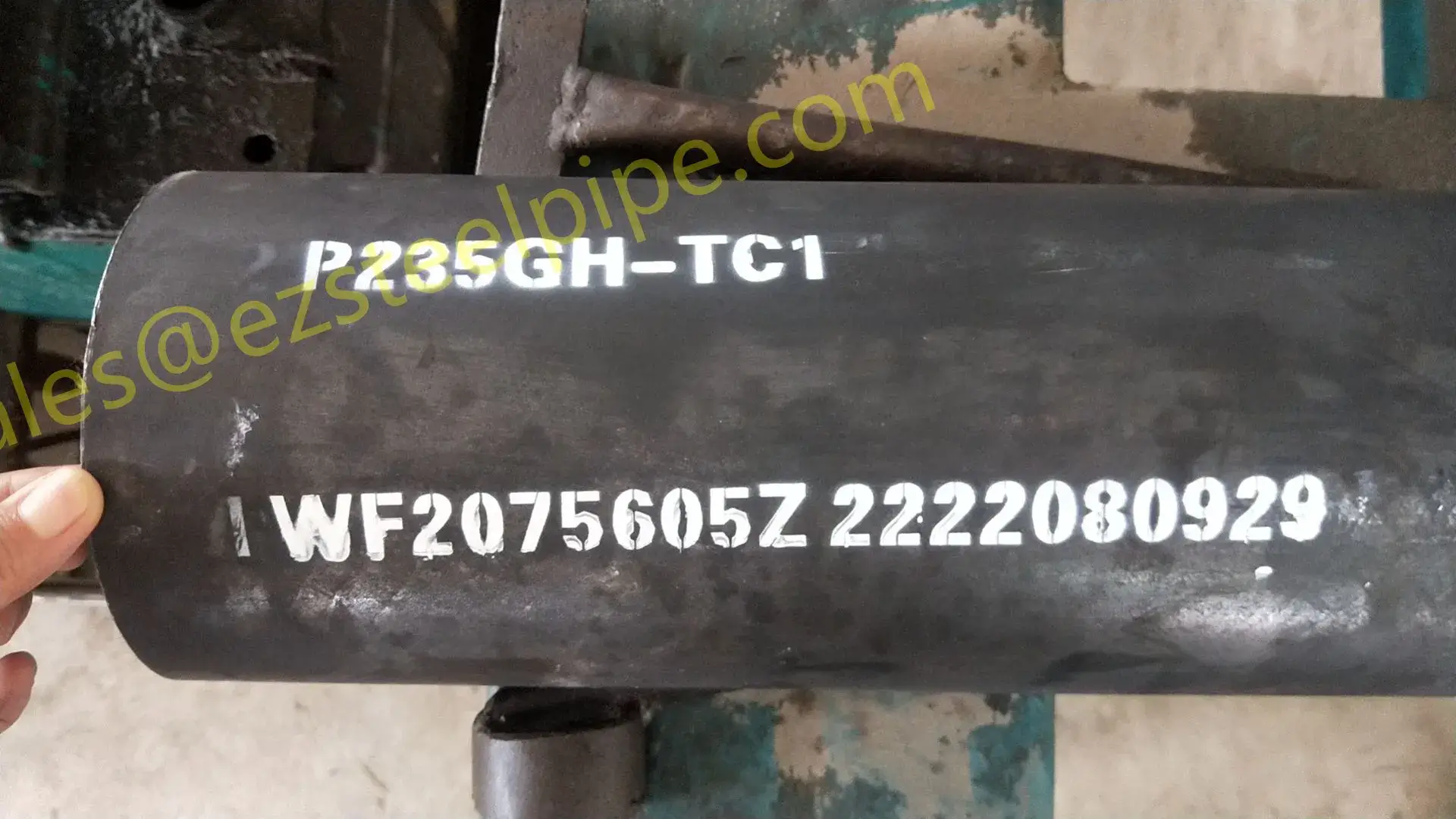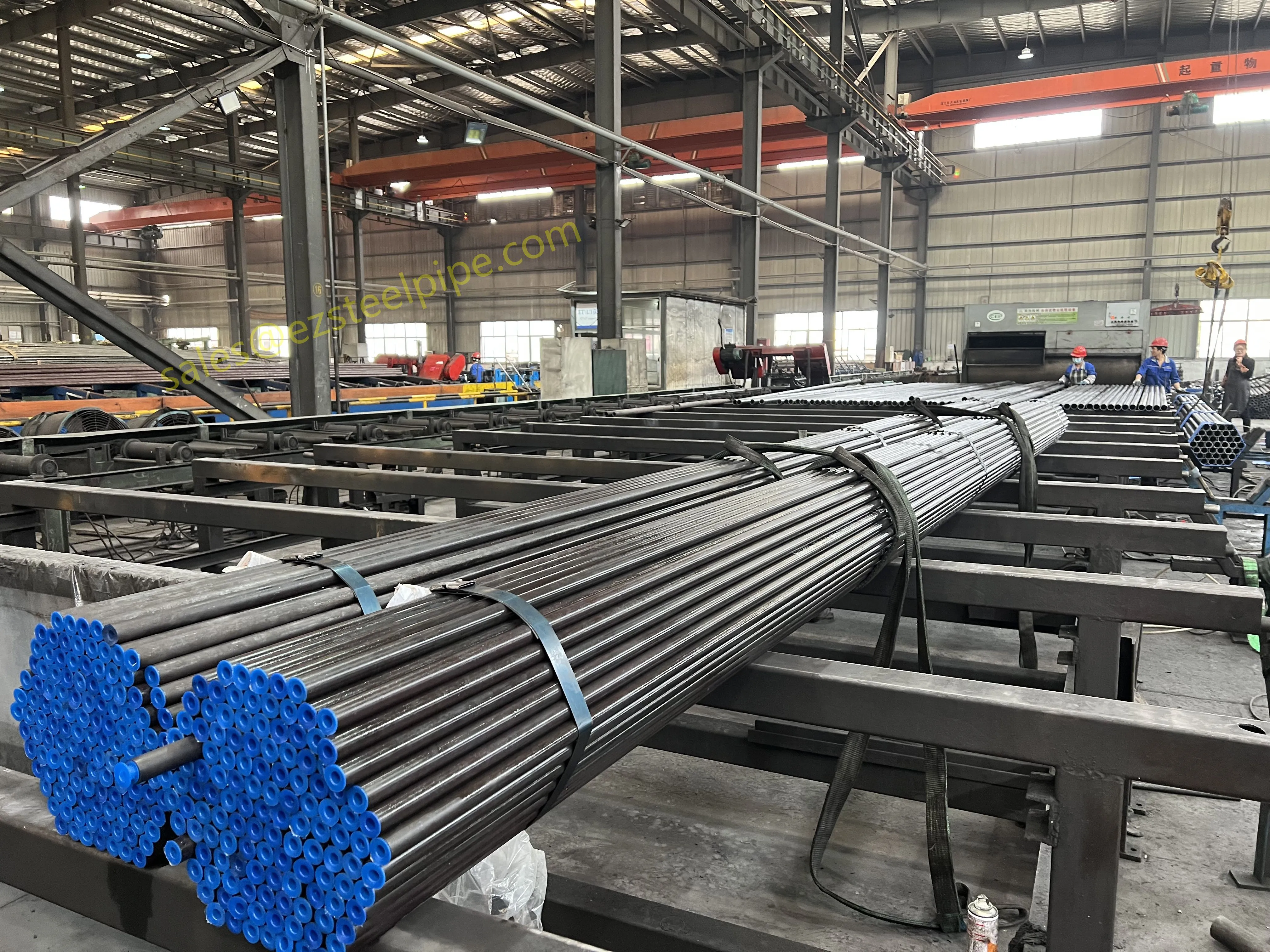In the bustling world of industrial operations—where power plants hum, petrochemical facilities process raw materials, and marine vessels traverse oceans—there's a quiet workhorse that often goes unnoticed: the condensation thermal efficiency tube. These slender, often unassuming components are the backbone of heat transfer systems, ensuring that energy is used efficiently, processes run smoothly, and industries can meet the demands of a modern world. Whether you're flipping a light switch, filling a car with gasoline, or relying on heating in your home, chances are these tubes played a role in making it all possible.
What Are Condensation Thermal Efficiency Tubes, Anyway?
At their core, condensation thermal efficiency tubes are specialized components designed to optimize the process of condensation —the transformation of a vapor (like steam) into a liquid. This might sound simple, but in industrial settings, where every degree of temperature and every drop of energy counts, efficiency here is everything. These tubes are typically part of larger systems like heat exchangers or condensers , where they act as the interface between hot and cold fluids, facilitating the transfer of heat with minimal waste.
Think of it this way: when steam from a power plant turbine needs to be converted back into water (to be reused in the boiler), it flows through these tubes. As the steam comes into contact with the cooler tube walls, it condenses, releasing latent heat. The tube's design—its material, shape, and surface—determines how quickly and effectively this heat is transferred, which directly impacts how much energy the plant can recover and reuse. In short, better tubes mean less energy wasted, lower operational costs, and a smaller environmental footprint.
Design That Drives Efficiency: U Bend and Finned Tubes
Not all thermal efficiency tubes are created equal. Over decades of innovation, engineers have developed designs that tackle specific challenges, from space constraints to extreme operating conditions. Two of the most common—and effective—designs are U bend tubes and finned tubes.
The Versatility of U Bend Tubes
Walk into any large-scale heat exchanger or condenser, and you're likely to find bundles of U bend tubes. Their signature "U" shape isn't just for aesthetics; it's a masterclass in space efficiency. By bending the tube into a U, manufacturers can fit more tube length into a smaller footprint, maximizing the surface area available for heat transfer without expanding the size of the equipment. This is a game-changer in industries like power plants & aerospace , where every inch of space is precious.
But the benefits don't stop there. U bend tubes also reduce stress on the system. In traditional straight-tube designs, thermal expansion and contraction can cause tubes to pull away from their fittings, leading to leaks or damage. The U shape acts like a spring, absorbing these movements and extending the tube's lifespan. For operators in high-pressure environments—like those running petrochemical facilities —this durability translates to fewer shutdowns and lower maintenance costs.
Finned Tubes: When Surface Area Matters Most
In situations where heat transfer needs a boost, finned tubes step in. These tubes feature small, thin "fins" attached to their outer surface, effectively increasing the area available for heat exchange. Imagine a standard tube as a smooth cylinder; adding fins is like giving it a textured jacket, allowing more vapor to come into contact with the tube wall and condense faster. This is especially useful in systems where the condensing fluid (like steam) flows outside the tube, as the fins create turbulence and break up boundary layers that slow down heat transfer.
Finned tubes are a staple in heat exchanger systems for air conditioning, refrigeration, and even industrial ovens. In power plants, they're often used in air-cooled condensers, where space is limited, and air (a less efficient heat transfer medium than water) is the cooling fluid. By increasing surface area, finned tubes make up for air's lower thermal conductivity, ensuring the system still operates at peak efficiency.
Materials: The Foundation of Performance
A tube's design can only go so far—its material is what ensures it can withstand the harsh realities of industrial life. Condensation thermal efficiency tubes are exposed to extreme temperatures, high pressures, corrosive fluids, and even radiation (in nuclear applications). Choosing the right material isn't just about durability; it's about maintaining heat transfer efficiency over time.
Stainless steel is a popular choice for its balance of strength, corrosion resistance, and thermal conductivity. For more demanding environments, nickel alloys like Incoloy 800 or Monel 400 (mentioned in industry standards like B407 and B165) are go-to options. These alloys excel in high-temperature settings, such as petrochemical facilities processing hydrocarbons, where even small amounts of corrosion could lead to catastrophic failures.
In marine and coastal power plants, copper-nickel alloys (like those specified in JIS H3300 or BS2871) are favored. Their resistance to saltwater corrosion makes them ideal for systems that draw cooling water from the ocean. Meanwhile, in nuclear power plants, tubes must meet rigorous standards like RCC-M Section II, ensuring they can withstand radiation and maintain integrity for decades.
Comparing Common Thermal Efficiency Tube Types
| Tube Type | Typical Materials | Key Applications | Primary Benefit |
|---|---|---|---|
| U Bend Tubes | Stainless Steel, Nickel Alloys | Power Plant Condensers, Petrochemical Heat Exchangers | Space efficiency, thermal expansion absorption |
| Finned Tubes | Carbon Steel, Copper-Nickel | Air-Cooled Condensers, Refrigeration Systems | Increased surface area for faster heat transfer |
| Straight Thermal Efficiency Tubes | Titanium, Zirconium Alloys | Nuclear Reactors, High-Pressure Pipelines | High structural integrity under extreme pressure |
Where Do These Tubes Shine? Real-World Applications
Condensation thermal efficiency tubes are the silent enablers of some of the most critical industries on the planet. Let's take a closer look at where they make the biggest difference.
Power Plants: Keeping the Lights On Efficiently
In coal, gas, or nuclear power plants, the cycle of generating electricity relies heavily on steam. Fuel heats water to create steam, which spins turbines to generate power. After passing through the turbines, the steam must be condensed back into water to start the cycle again. This is where condenser tubes take center stage. By efficiently condensing steam, these tubes reduce the pressure in the turbine, allowing it to spin faster and generate more electricity. A 1% improvement in condensation efficiency can translate to millions of dollars in annual savings for a large power plant—funds that can be invested in cleaner technologies or passed on to consumers.
Petrochemical Facilities: Processing with Precision
Petrochemical plants refine crude oil into fuels, plastics, and chemicals, a process that involves countless heat transfer steps. From distillation columns to reactors, heat exchanger tubes and condensation tubes ensure that each process operates at the exact temperature and pressure needed. For example, in ethylene production—used to make plastics—steam is often used to heat hydrocarbons, and the resulting vapor must be condensed and recycled. Thermal efficiency tubes here prevent energy loss, ensuring that the plant can process more raw material with less fuel.
Marine & Shipbuilding: Navigating Harsh Environments
Ships and offshore platforms face unique challenges: saltwater corrosion, limited space, and the need for reliable operation in remote locations. Condensation thermal efficiency tubes here must be tough enough to withstand the ocean's harshness while maintaining efficiency. Copper-nickel alloy tubes (like those in EEMUA 144 or B466) are often used in shipboard condensers, where they cool engine exhaust gases and recover heat for onboard systems. This not only reduces fuel consumption but also minimizes the ship's environmental impact—critical as the maritime industry moves toward greener practices.
The Human Impact: Why Efficiency Matters Beyond the Factory
It's easy to think of these tubes as just another industrial part, but their impact ripples far beyond factory walls. When a power plant uses more efficient condenser tubes , it burns less coal or natural gas, reducing greenhouse gas emissions. When a petrochemical facility cuts energy waste with better heat exchanger tubes , it lowers production costs, which can lead to more affordable consumer goods. In developing countries, reliable, efficient power plants—powered by well-designed thermal systems—bring electricity to communities, opening doors to education, healthcare, and economic opportunity.
For the workers maintaining these systems, durable tubes mean fewer hours spent on repairs and less risk of accidents. In power plants & aerospace facilities, where downtime can cost millions, the reliability of these tubes translates to job security and peace of mind. Even for engineers and designers, innovating better tube designs is a source of pride—knowing their work contributes to a more sustainable, efficient world.
Customization: Tailoring Tubes to Unique Needs
No two industrial systems are exactly alike. A small-scale pharmaceutical plant might need compact, corrosion-resistant tubes for a specialized reactor, while a large nuclear facility requires tubes that meet strict radiation standards. This is where customization comes in. Manufacturers often offer custom solutions, from varying tube diameters and wall thicknesses to specialized bends (like non-standard U bends) and surface treatments (like enhanced condensation coatings).
Custom u bend tubes might be designed with tighter radii for ultra-compact heat exchangers, while custom finned tubes could have variable fin spacing to optimize for specific fluid flow rates. Even materials can be tailored: a client in the aerospace industry might request lightweight titanium tubes, while a marine operator opts for heavy-duty copper-nickel. This flexibility ensures that no matter the challenge, there's a tube designed to meet it.
Looking Ahead: Innovations in Thermal Efficiency
The future of condensation thermal efficiency tubes is bright, driven by a global push for sustainability and technological advancement. Researchers are exploring new materials, like graphene-enhanced alloys, which could further boost thermal conductivity. Computational fluid dynamics (CFD) simulations are allowing engineers to design tubes with optimized internal geometries, reducing pressure drop and improving flow dynamics.
In the renewable energy sector, these tubes are finding new roles in geothermal power plants and solar thermal systems, where efficient heat transfer is key to harnessing natural energy sources. Even in space exploration, lightweight, high-temperature tubes (similar to those used in power plants & aerospace ) are critical for life support and propulsion systems.
Conclusion: The Quiet Revolution in Heat Management
Condensation thermal efficiency tubes may not grab headlines, but they're at the heart of the industrial revolution's next chapter—one focused on efficiency, sustainability, and resilience. From the steam-filled condensers of power plants to the saltwater-cooled systems of ships, these tubes work tirelessly to ensure our world runs smoothly, affordably, and responsibly.
As we look to the future, their role will only grow. Whether through new materials, smarter designs, or innovative applications, condensation thermal efficiency tubes will continue to be the unsung heroes—quietly driving progress, one drop of condensed vapor at a time.
 export@ezsteelpipe.com
export@ezsteelpipe.com +86 731 8870 6116
+86 731 8870 6116






 Related Products
Related Products

